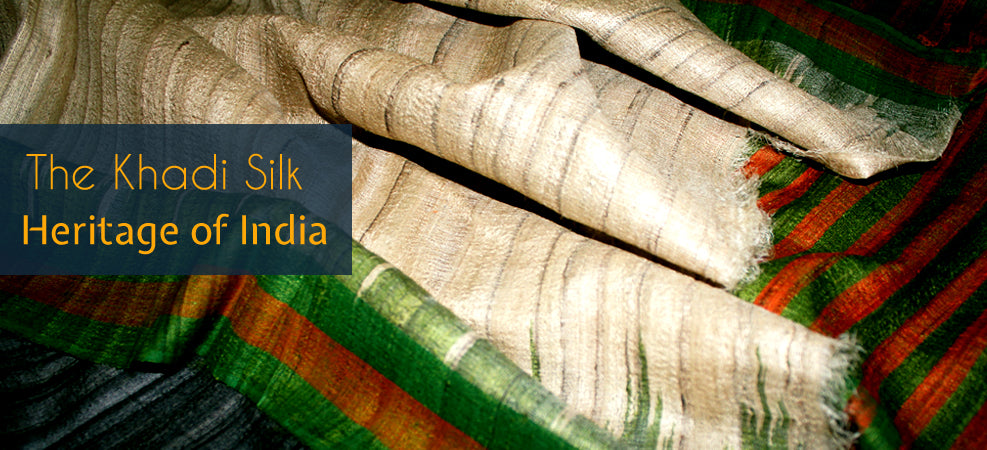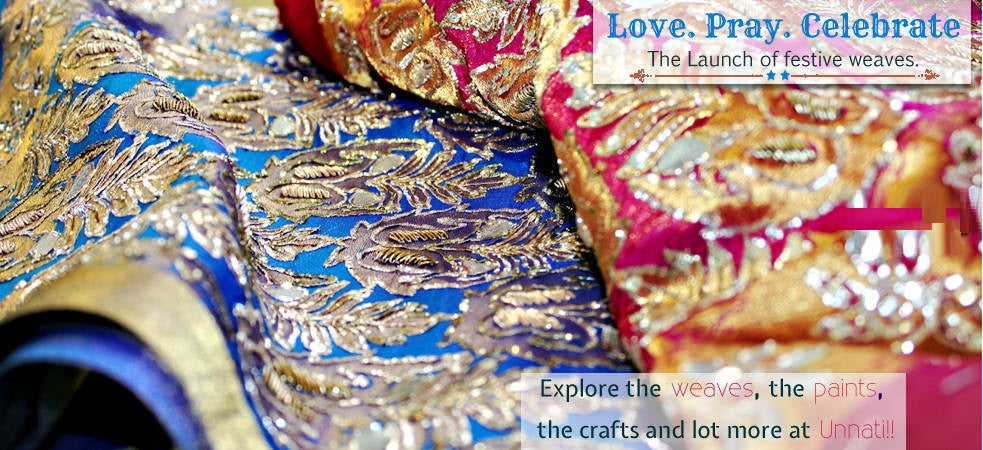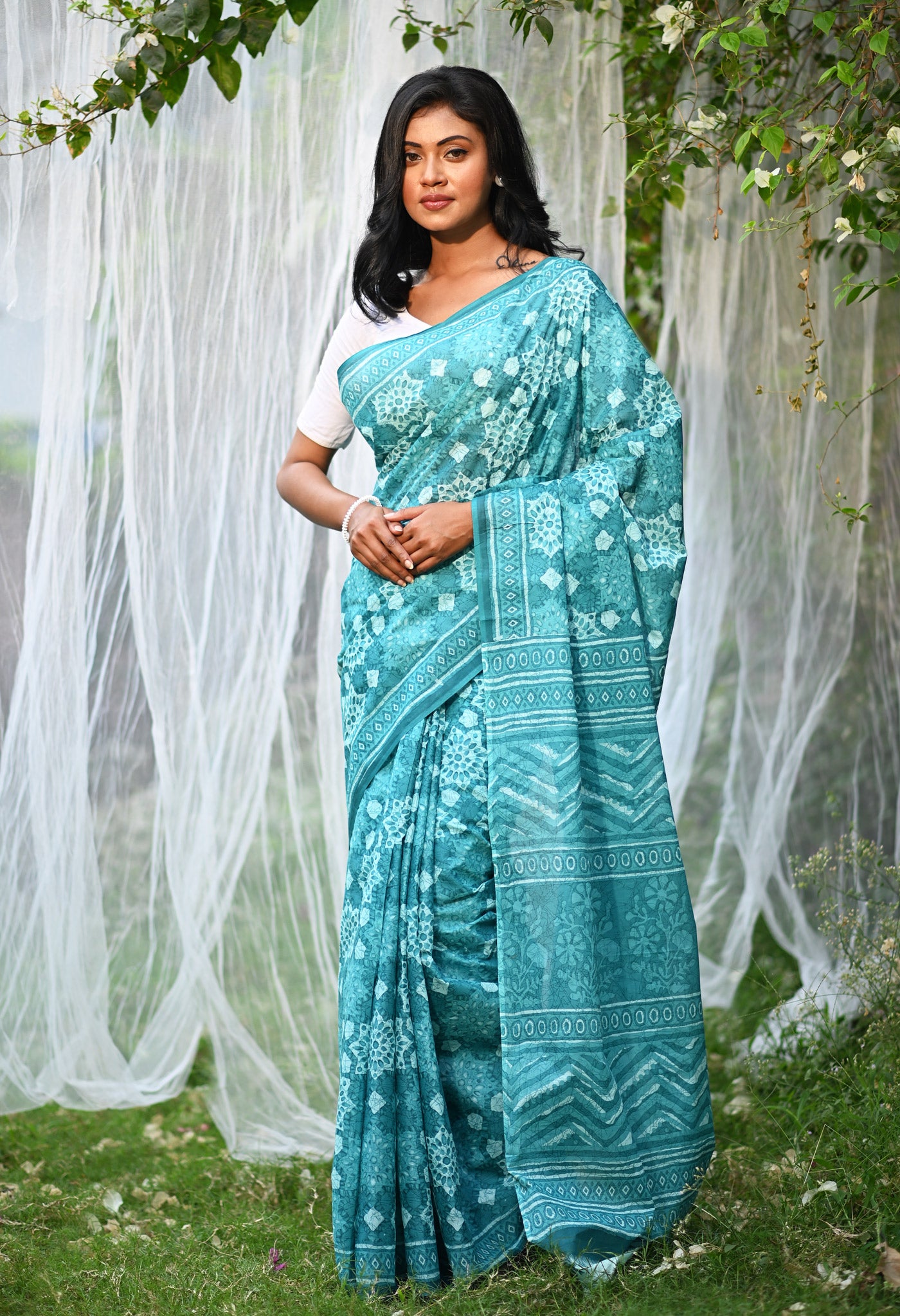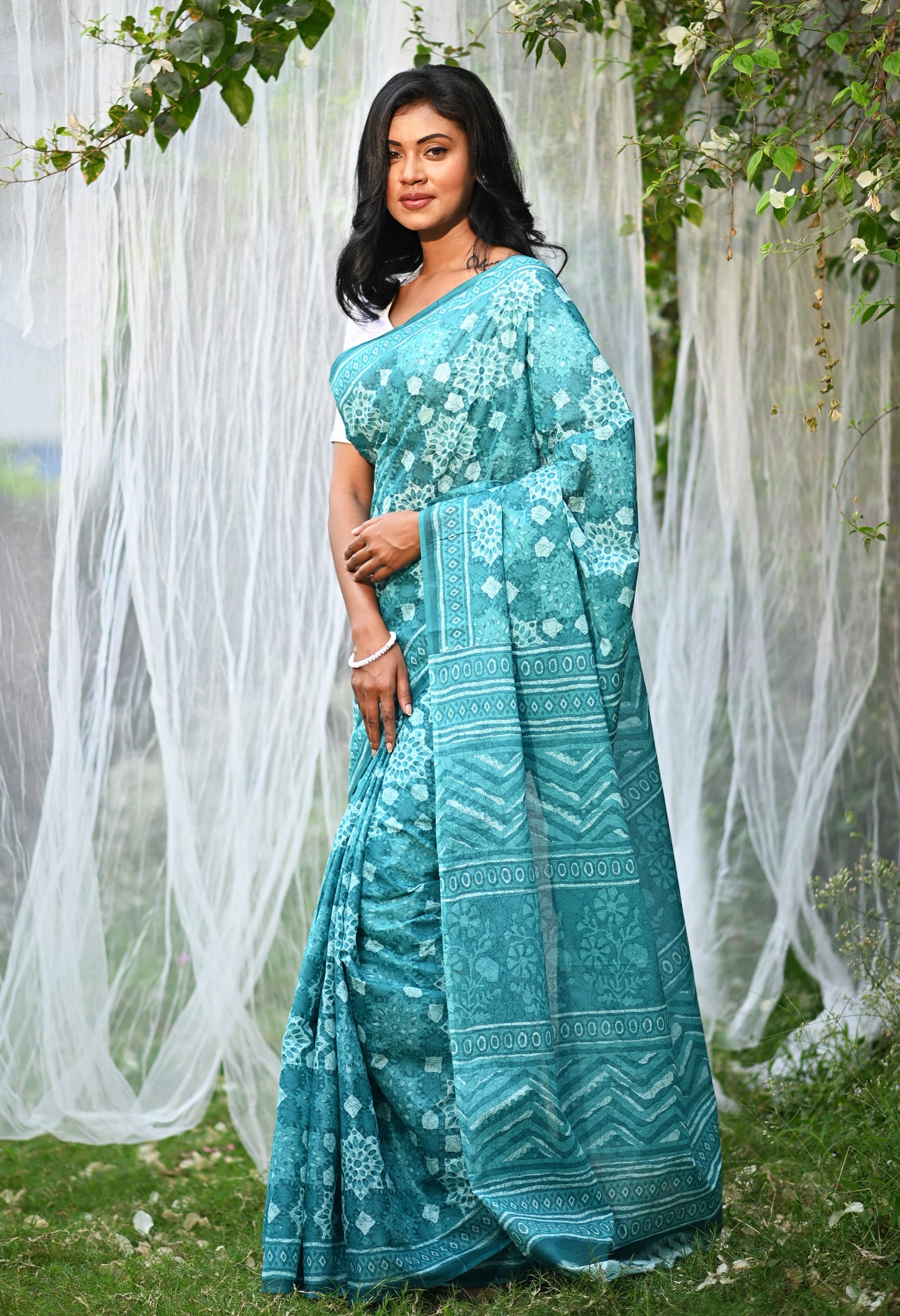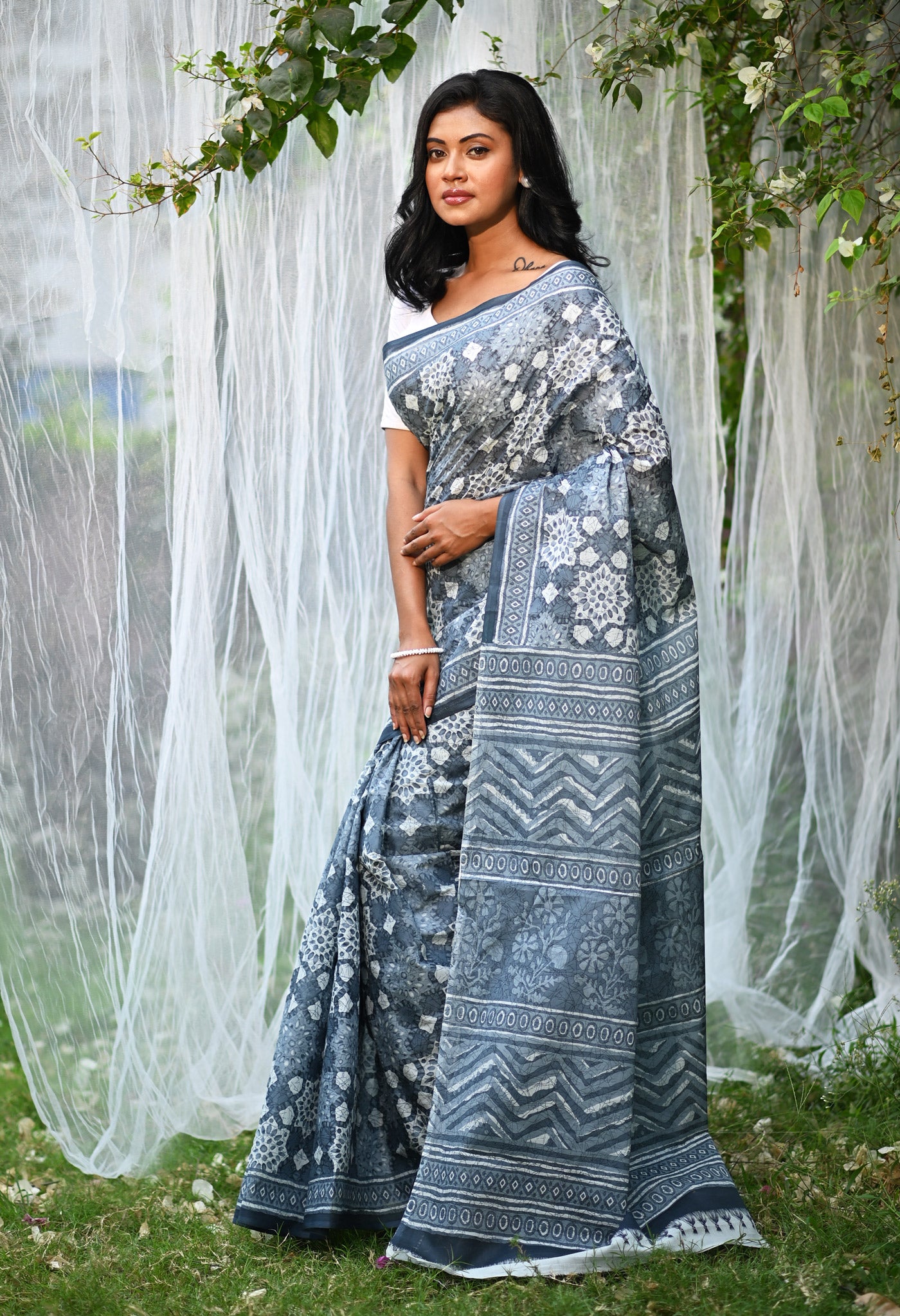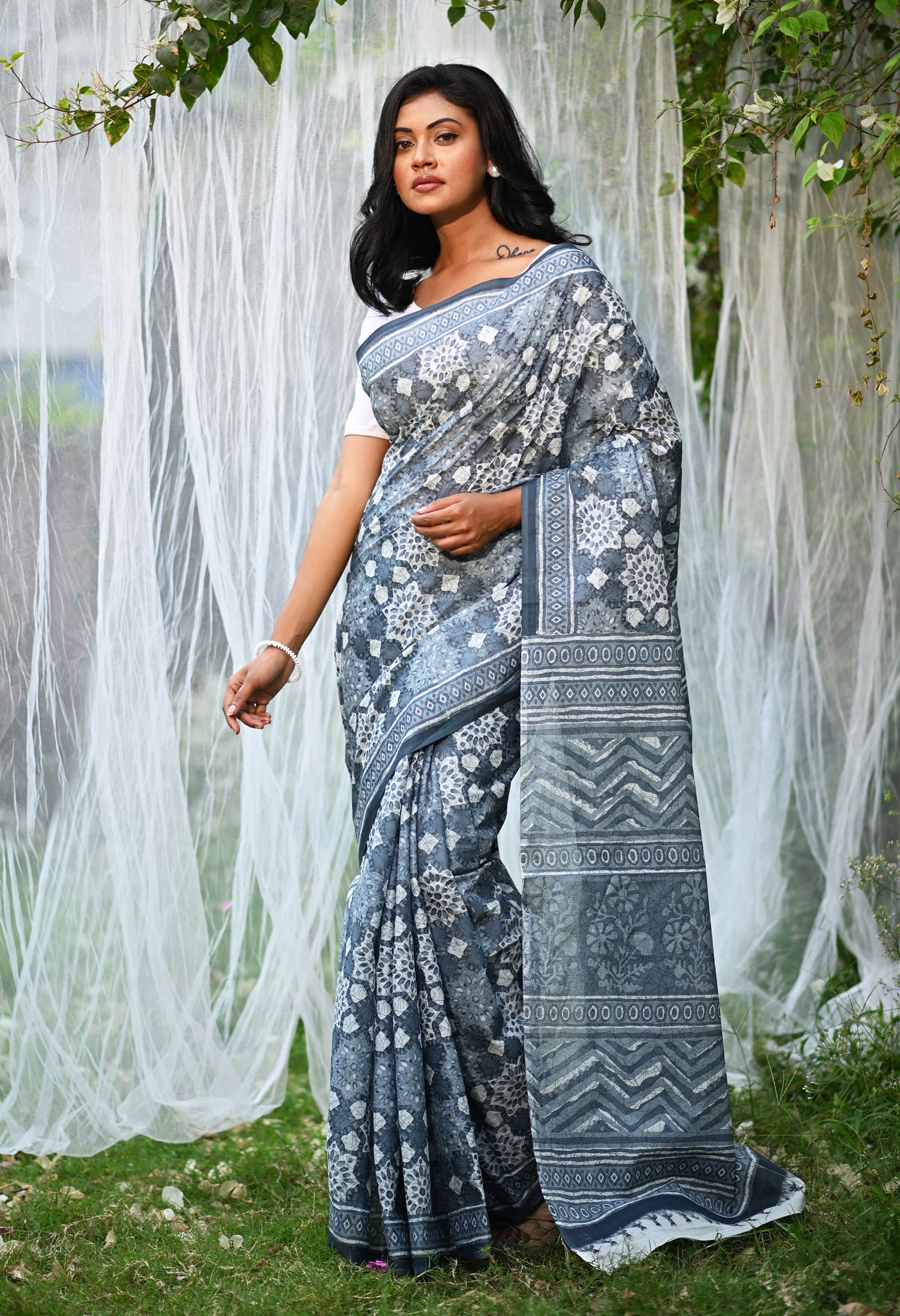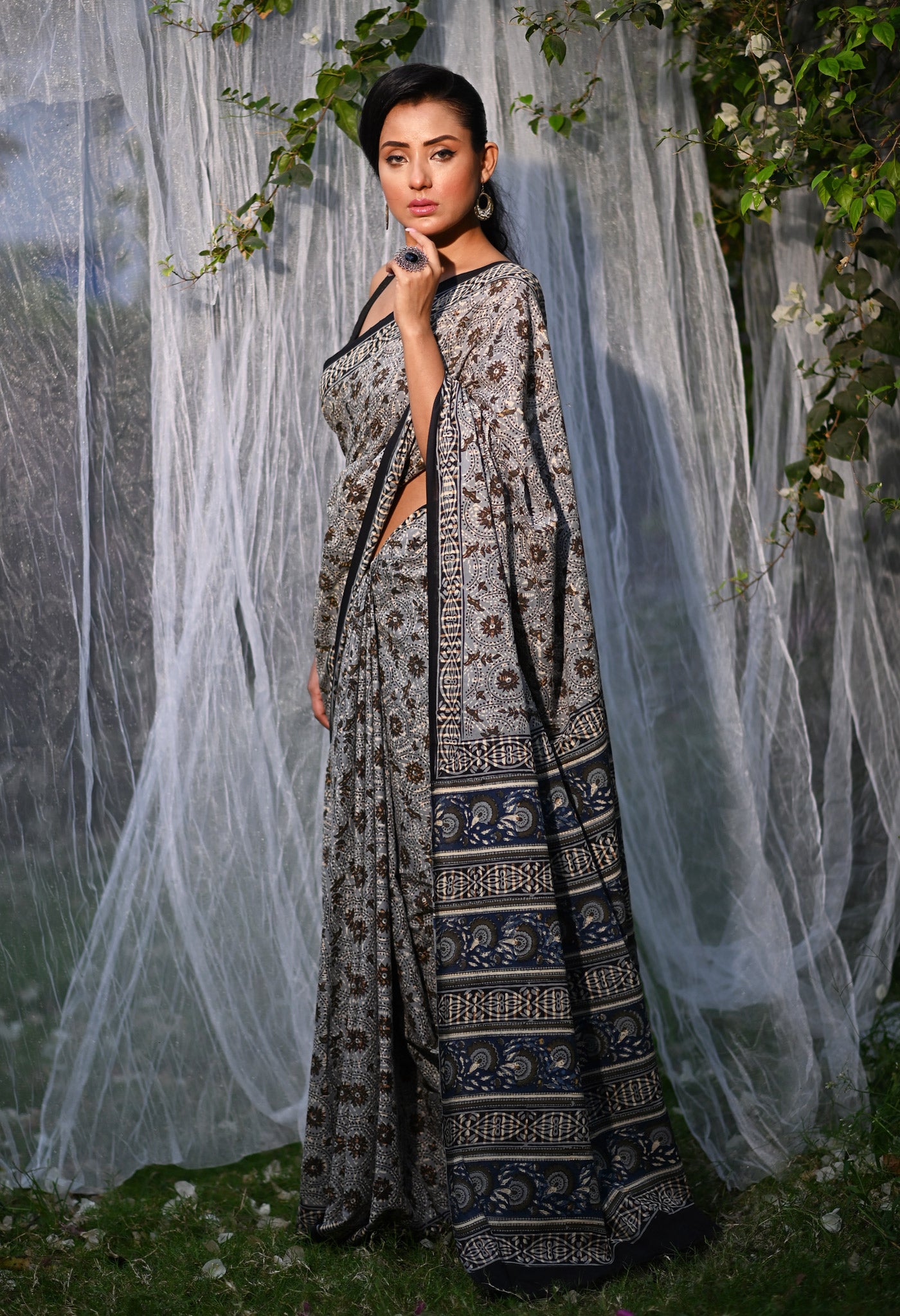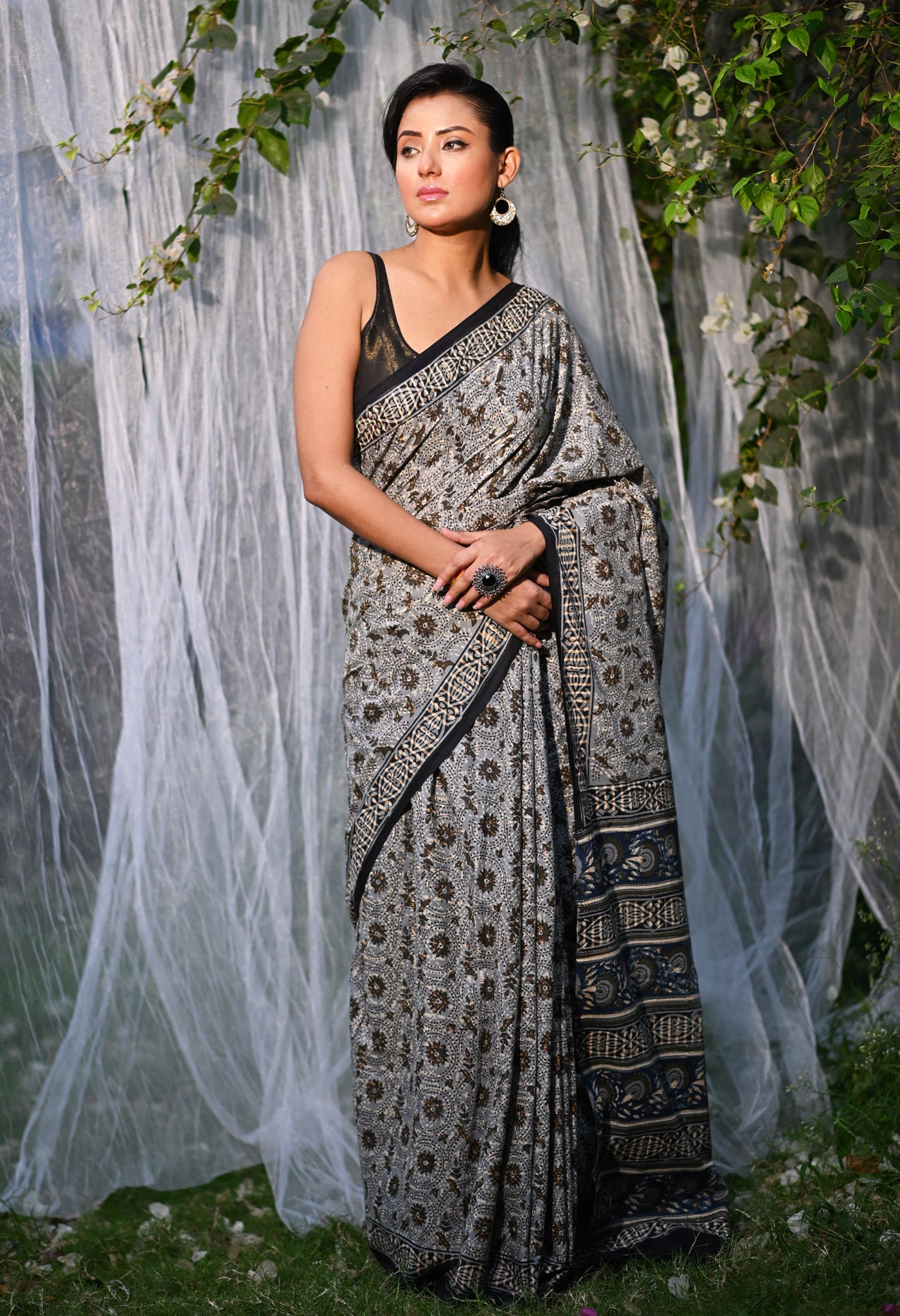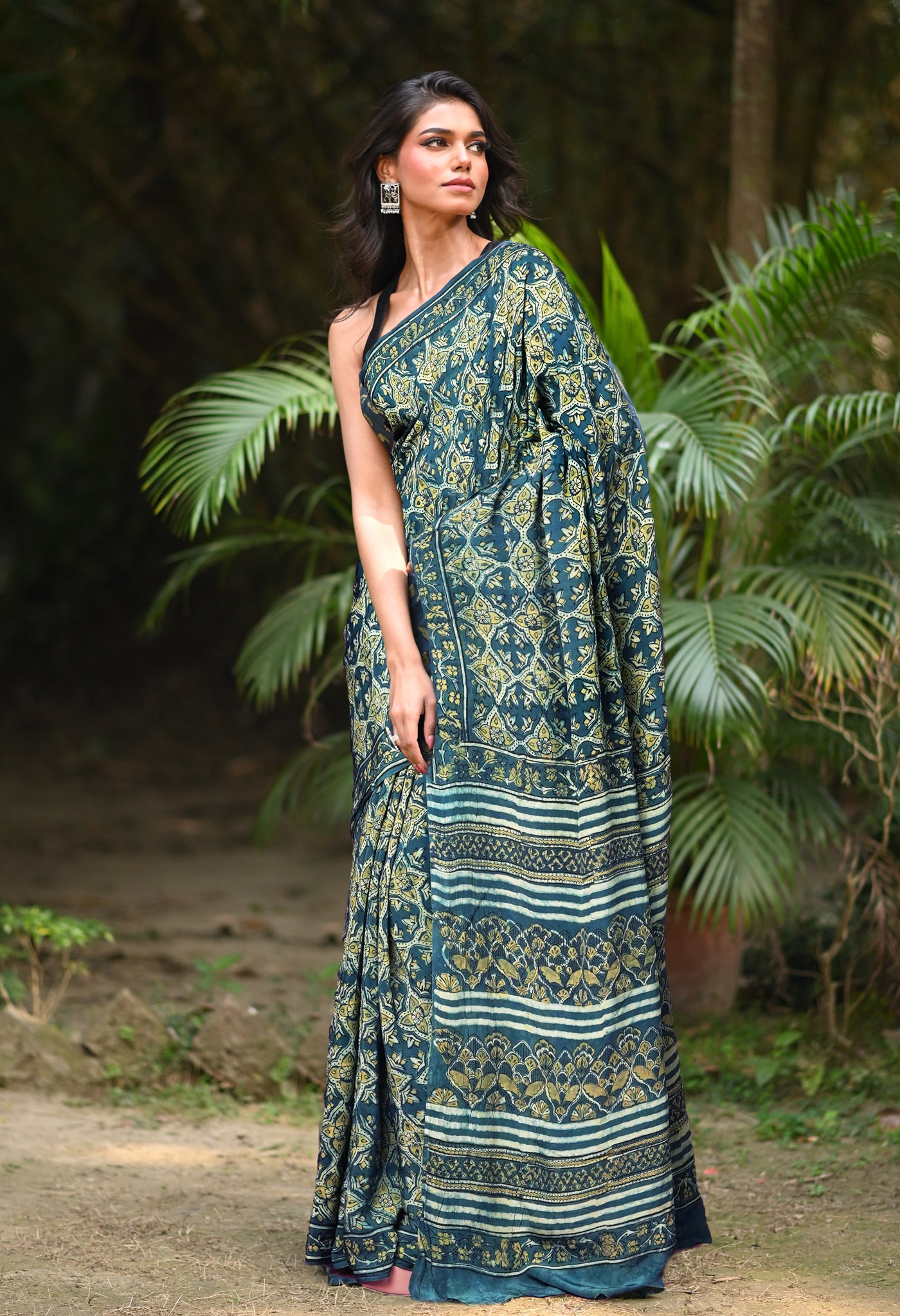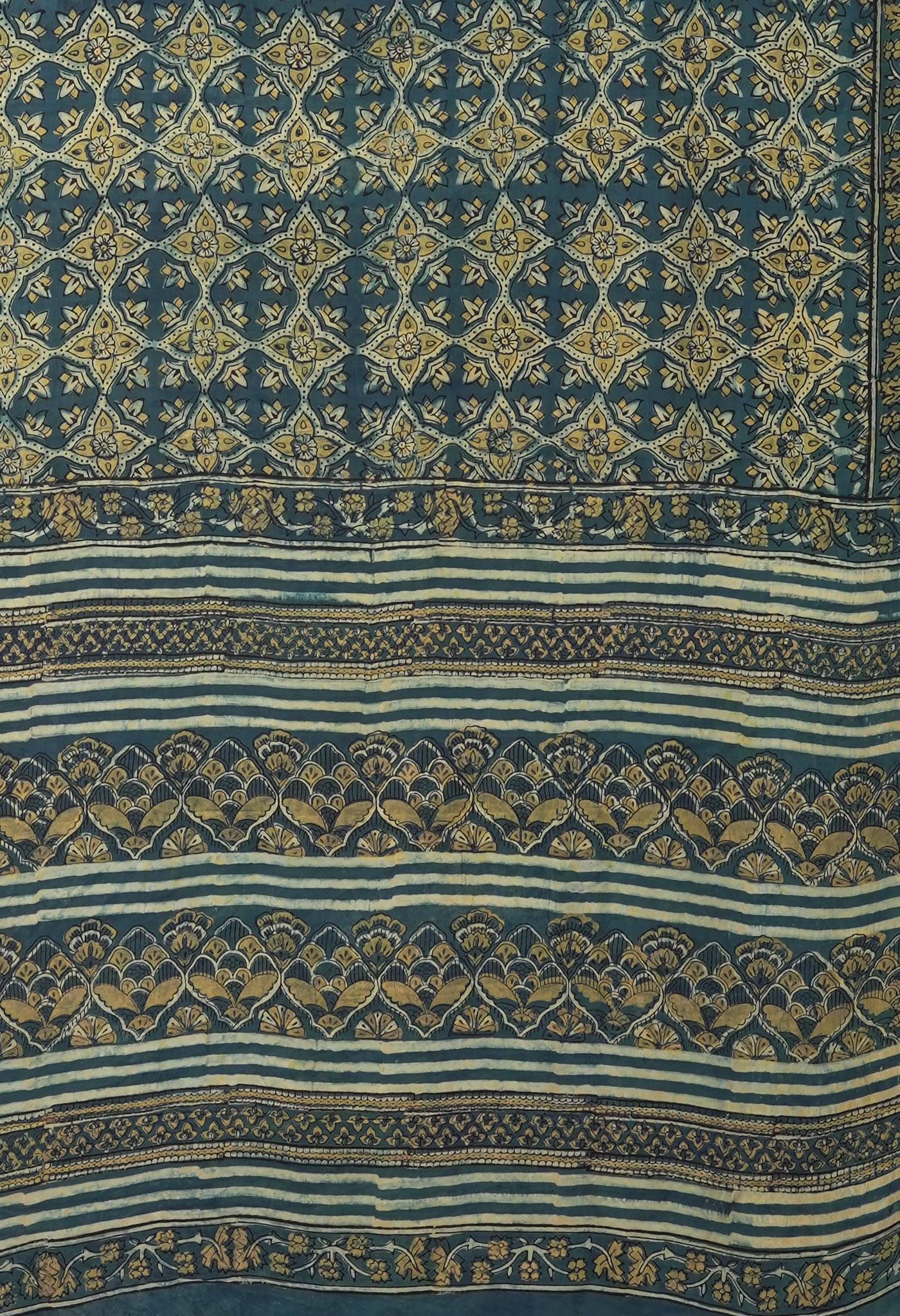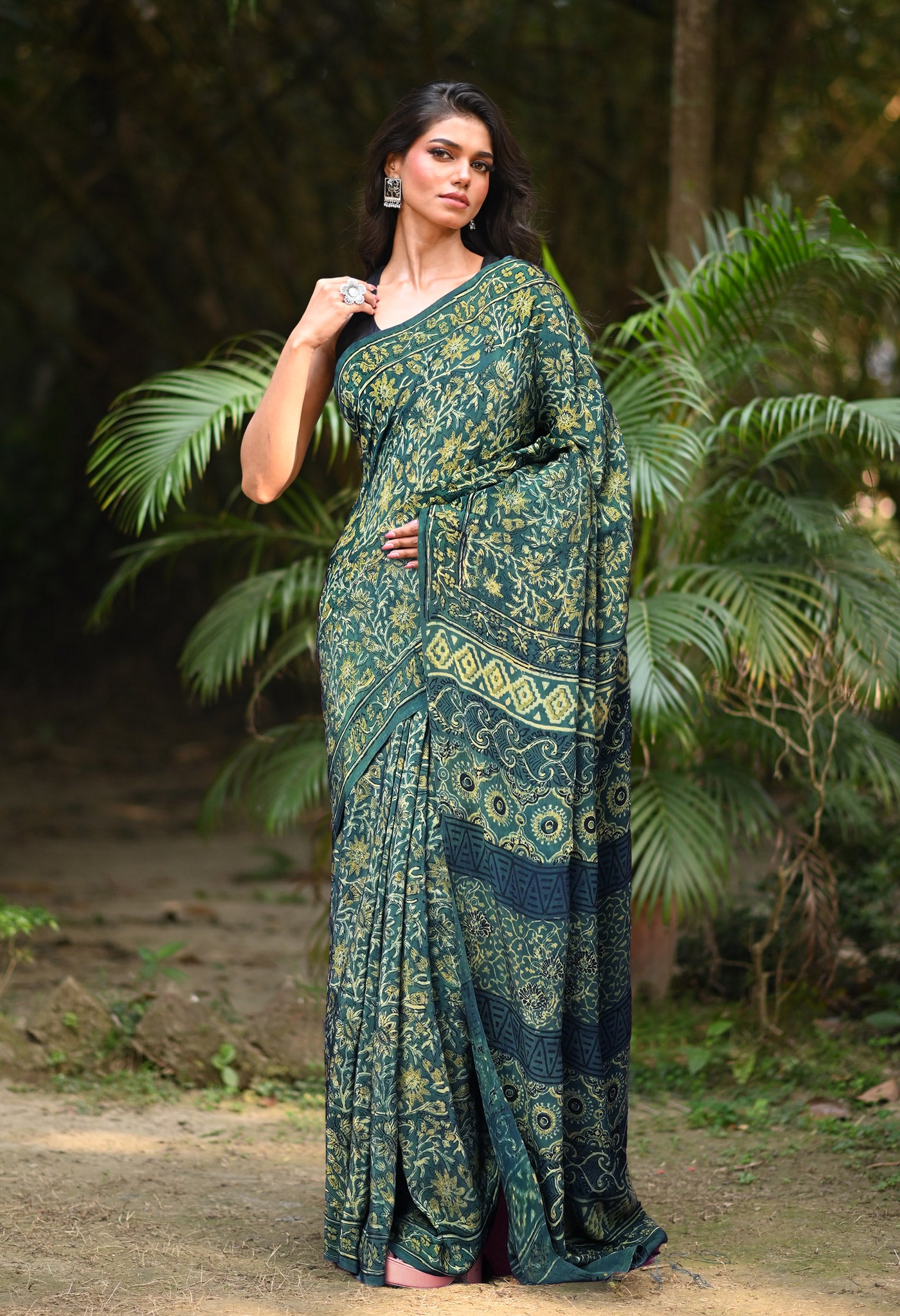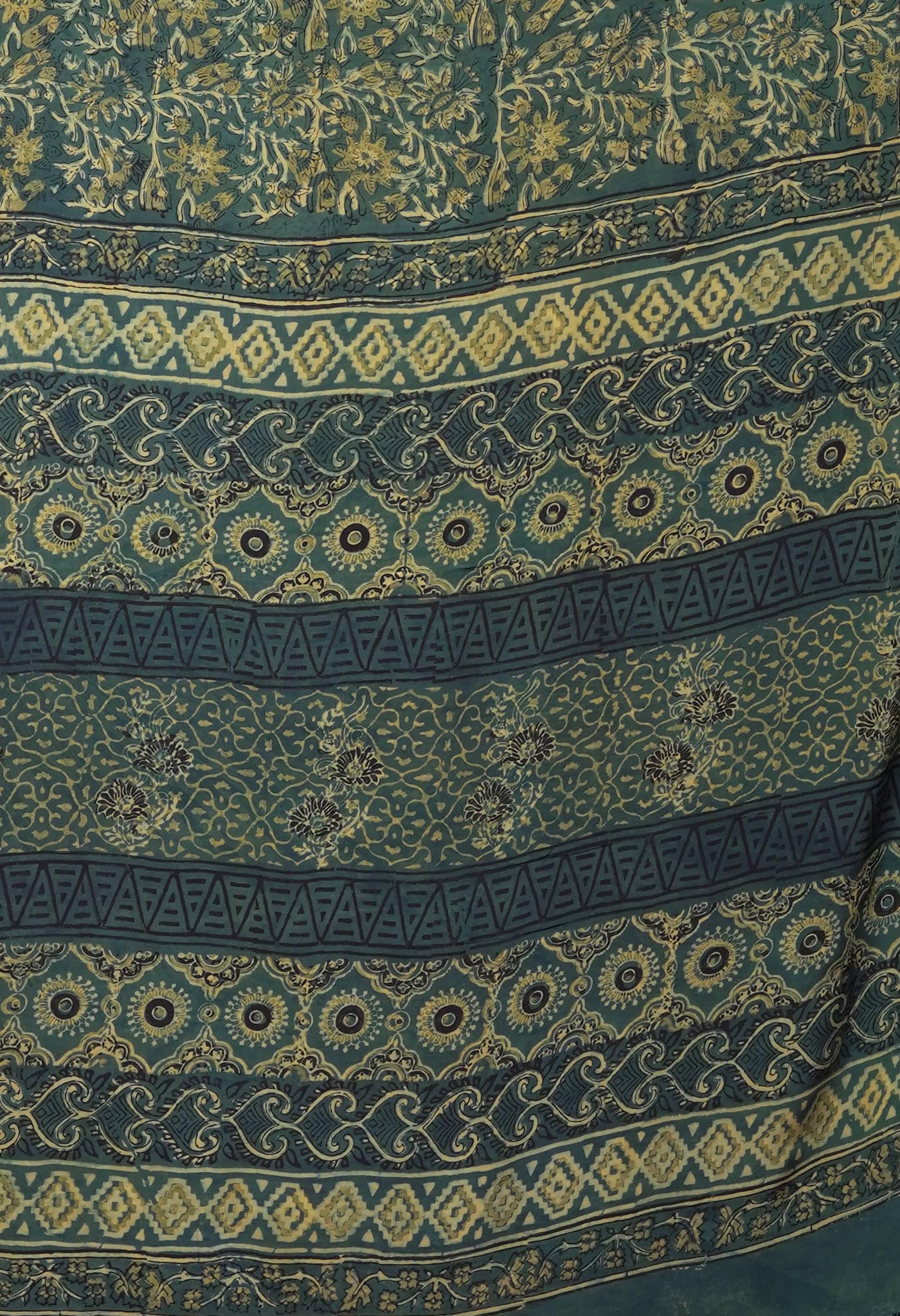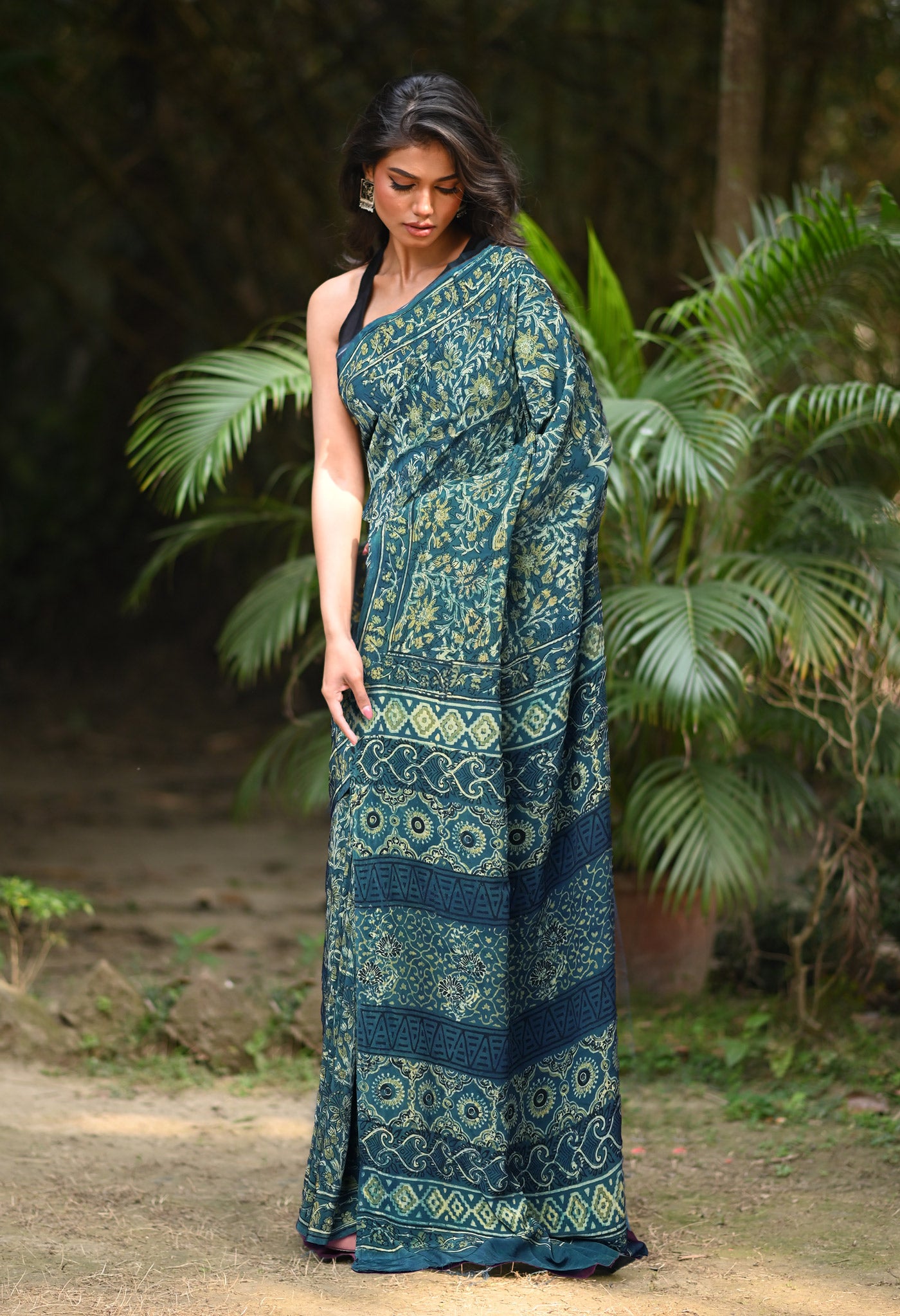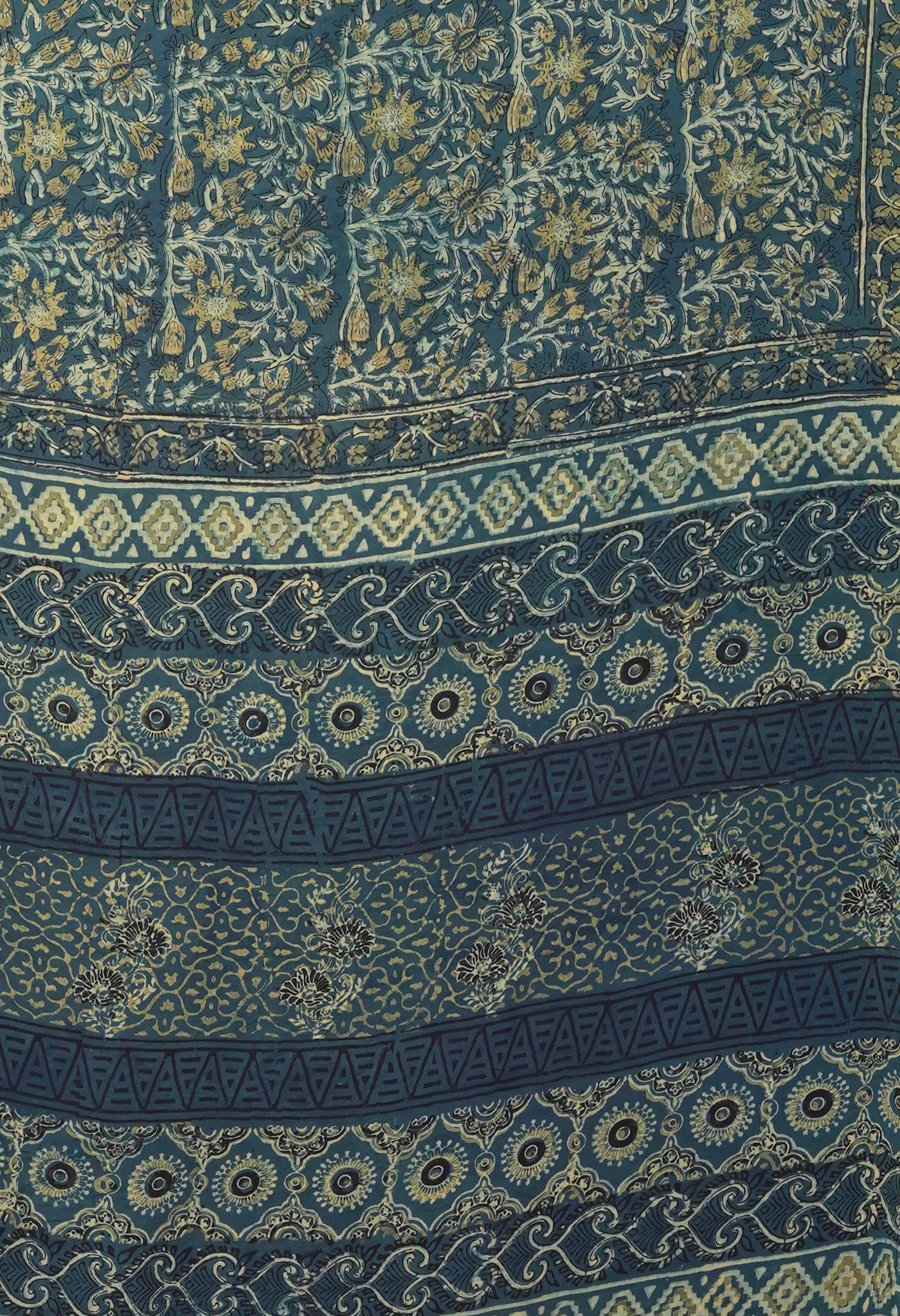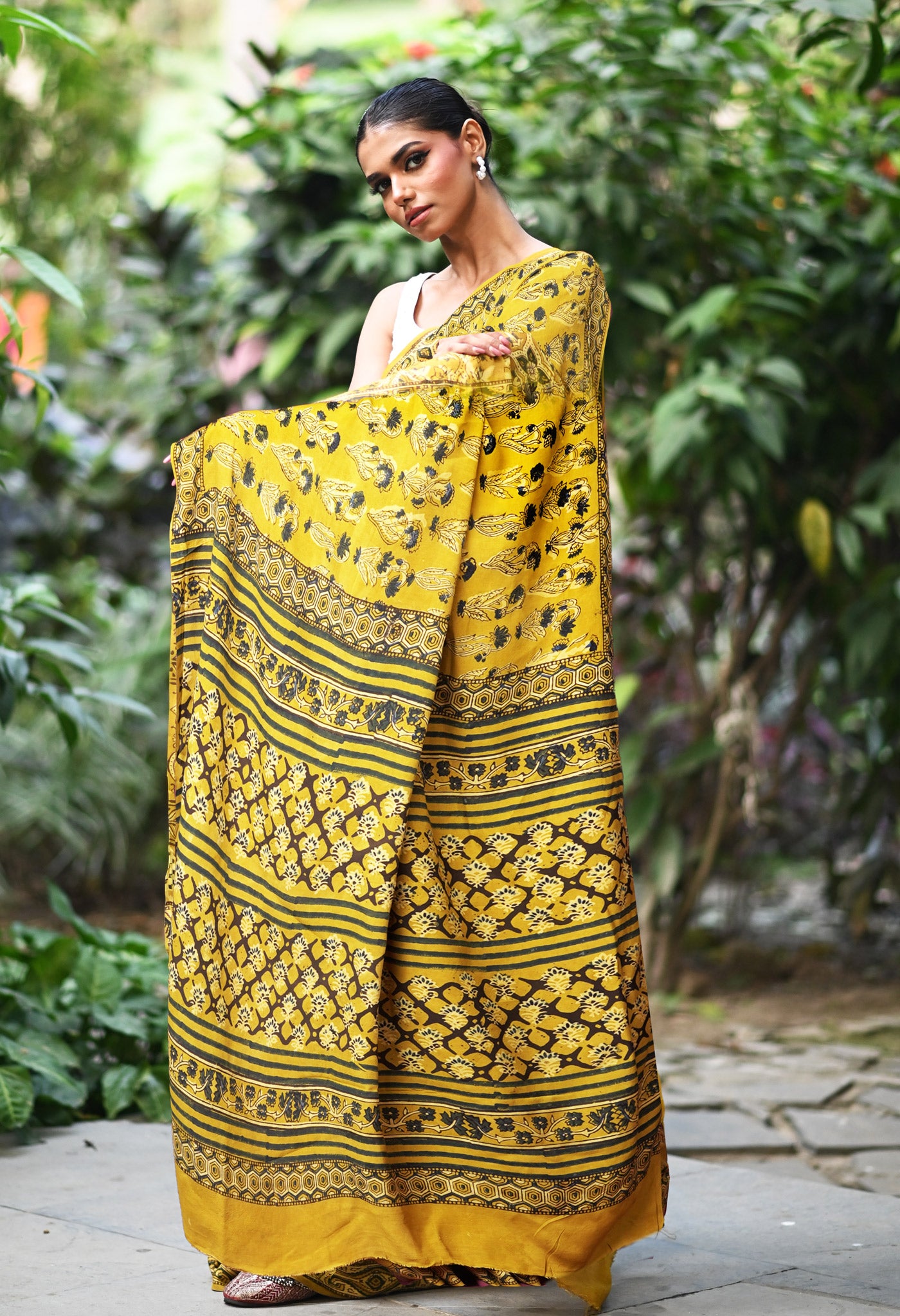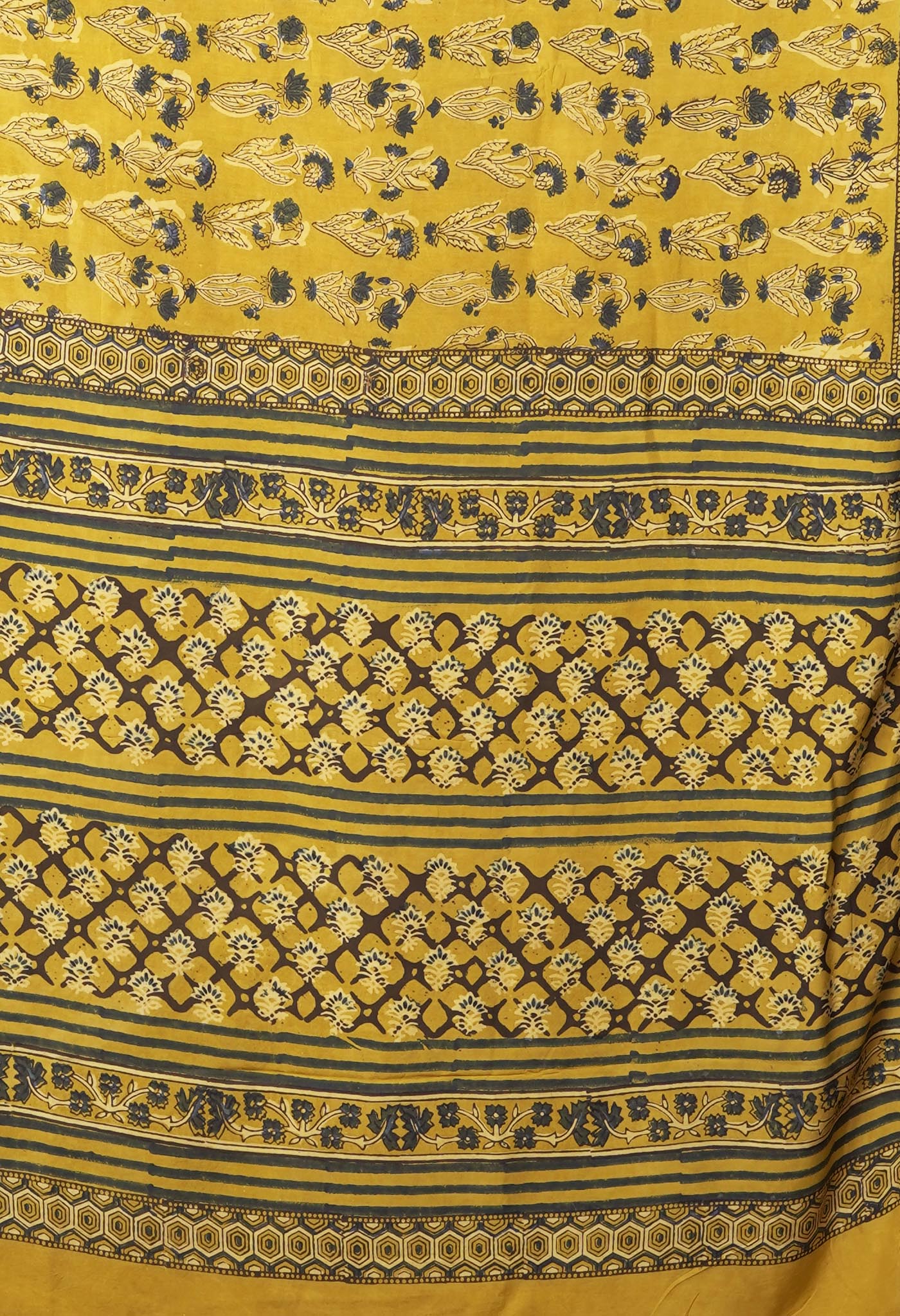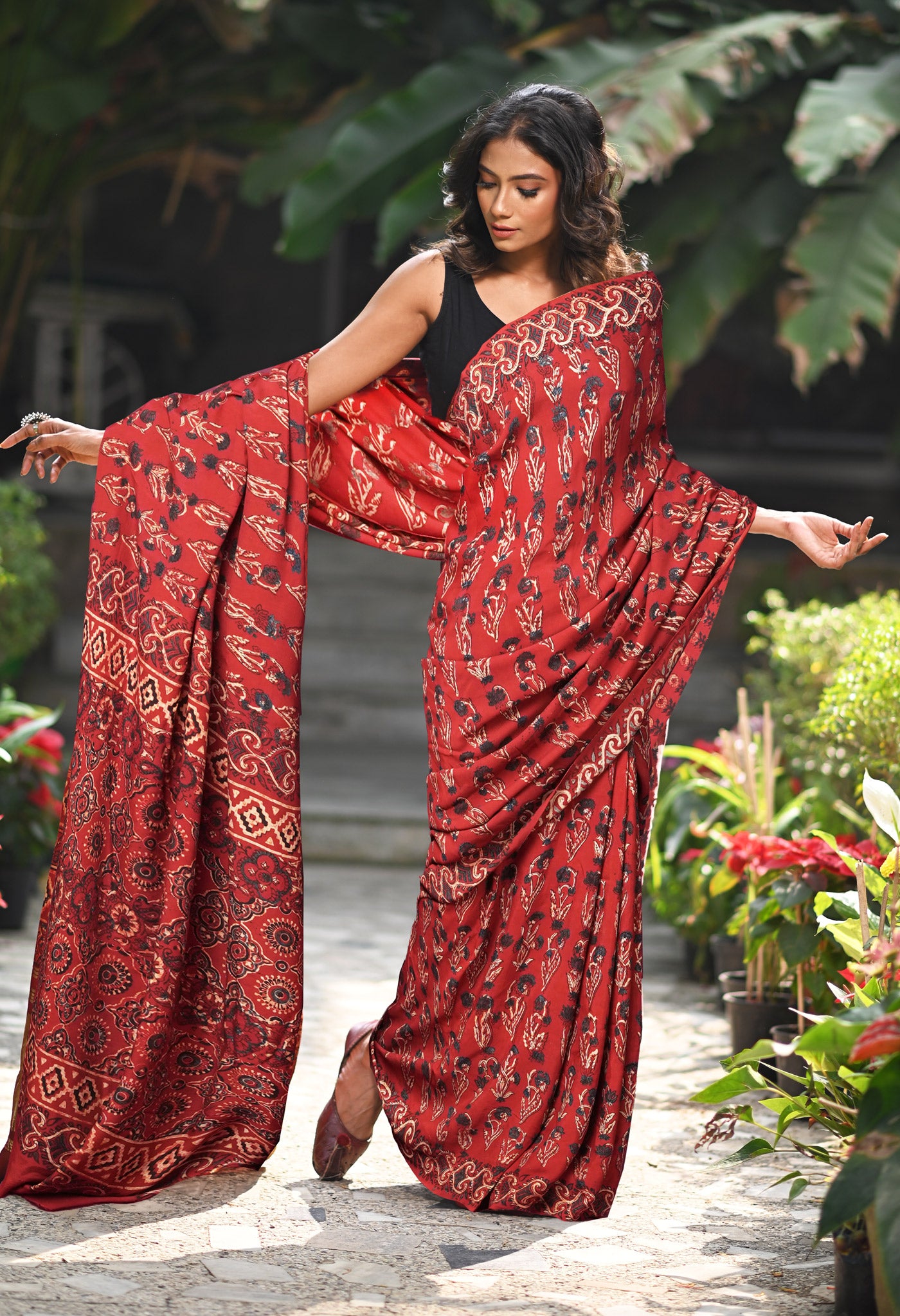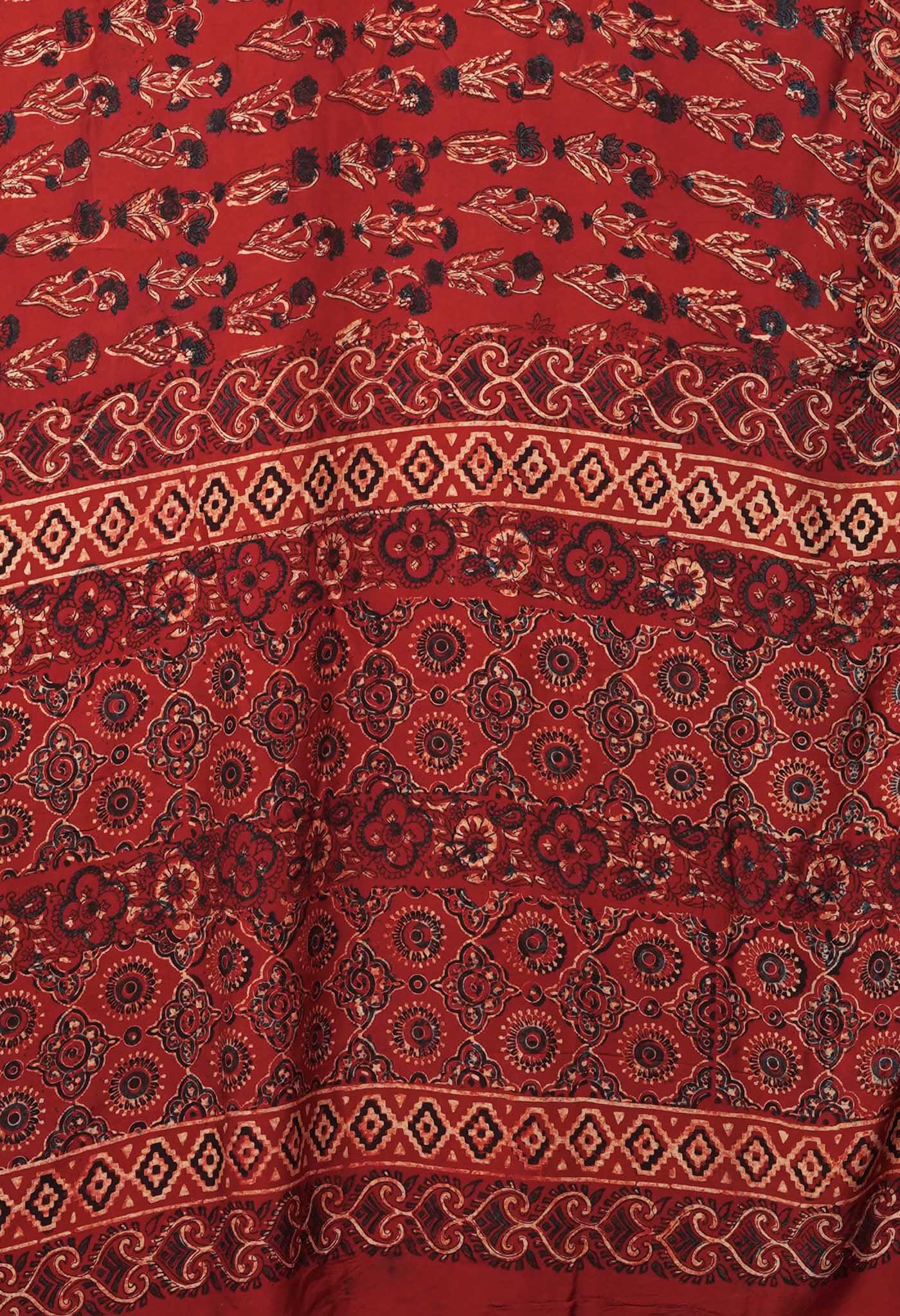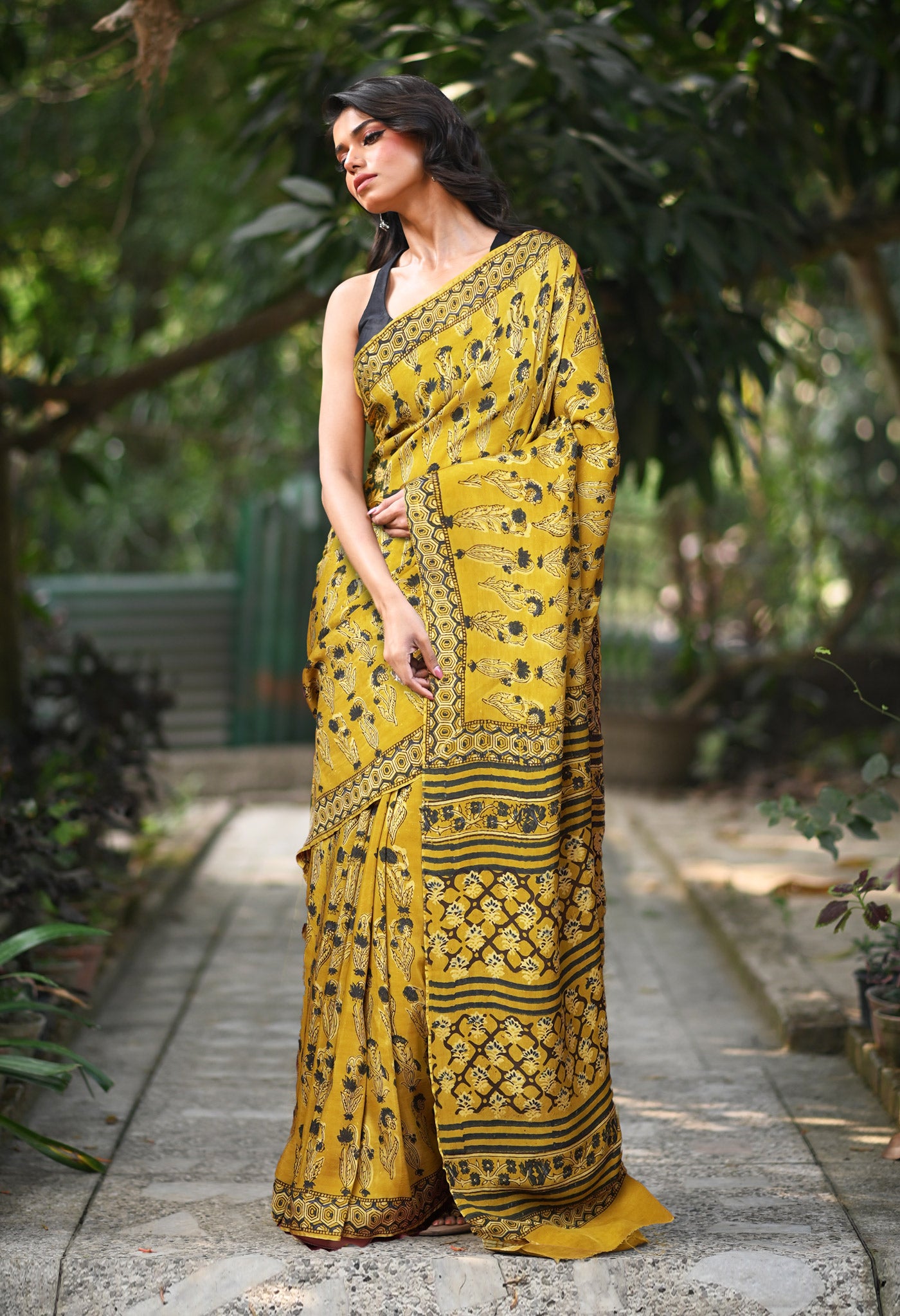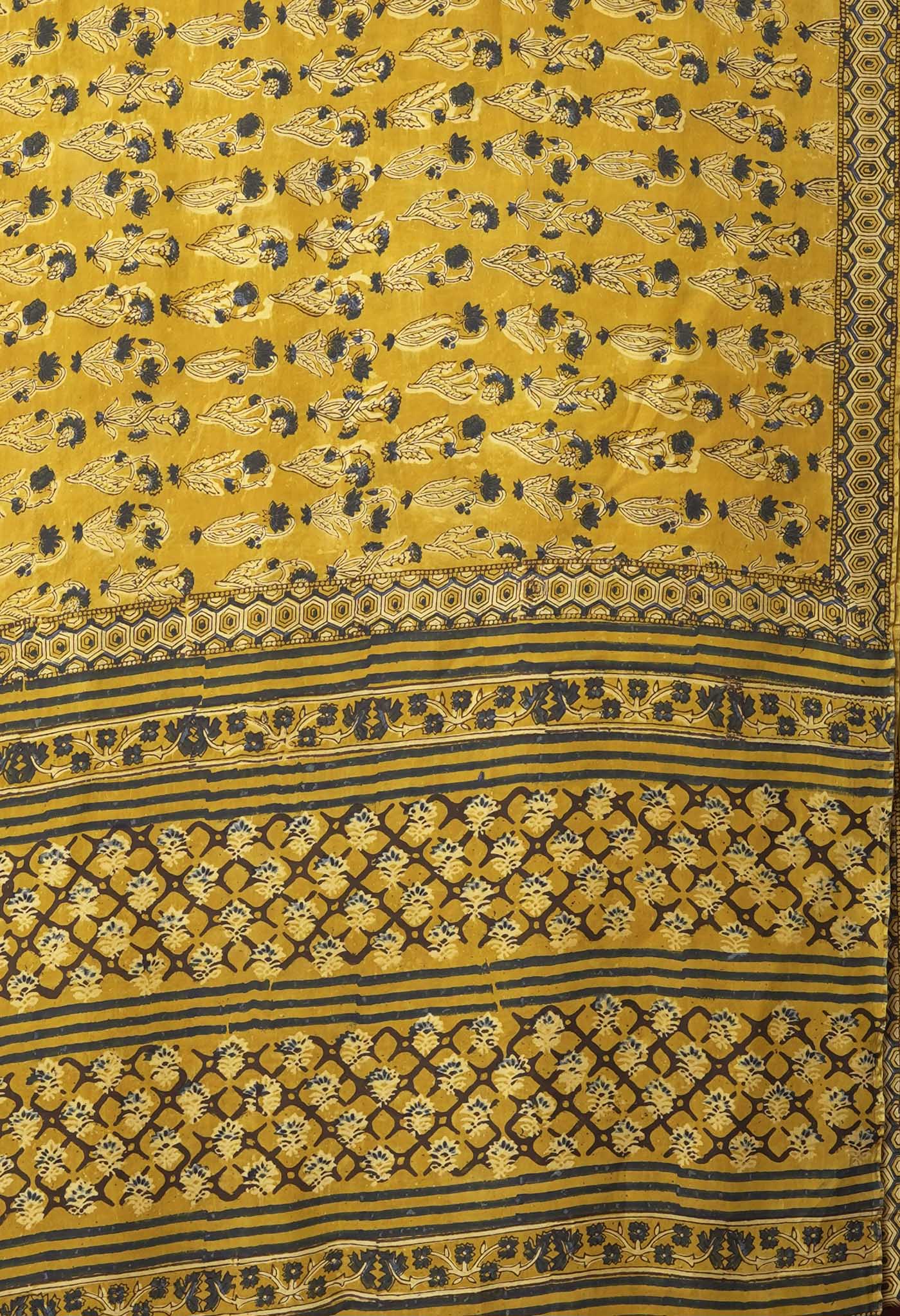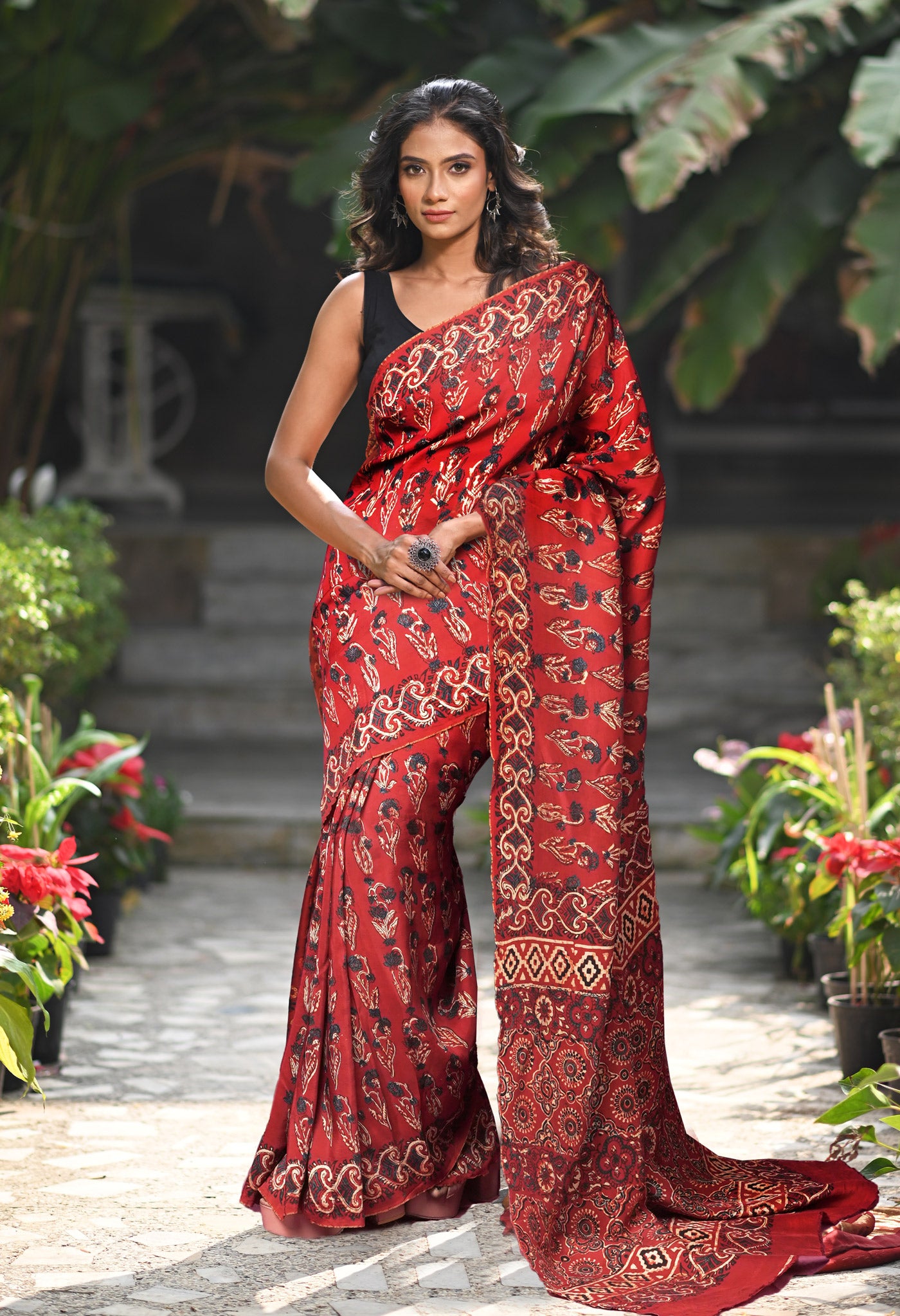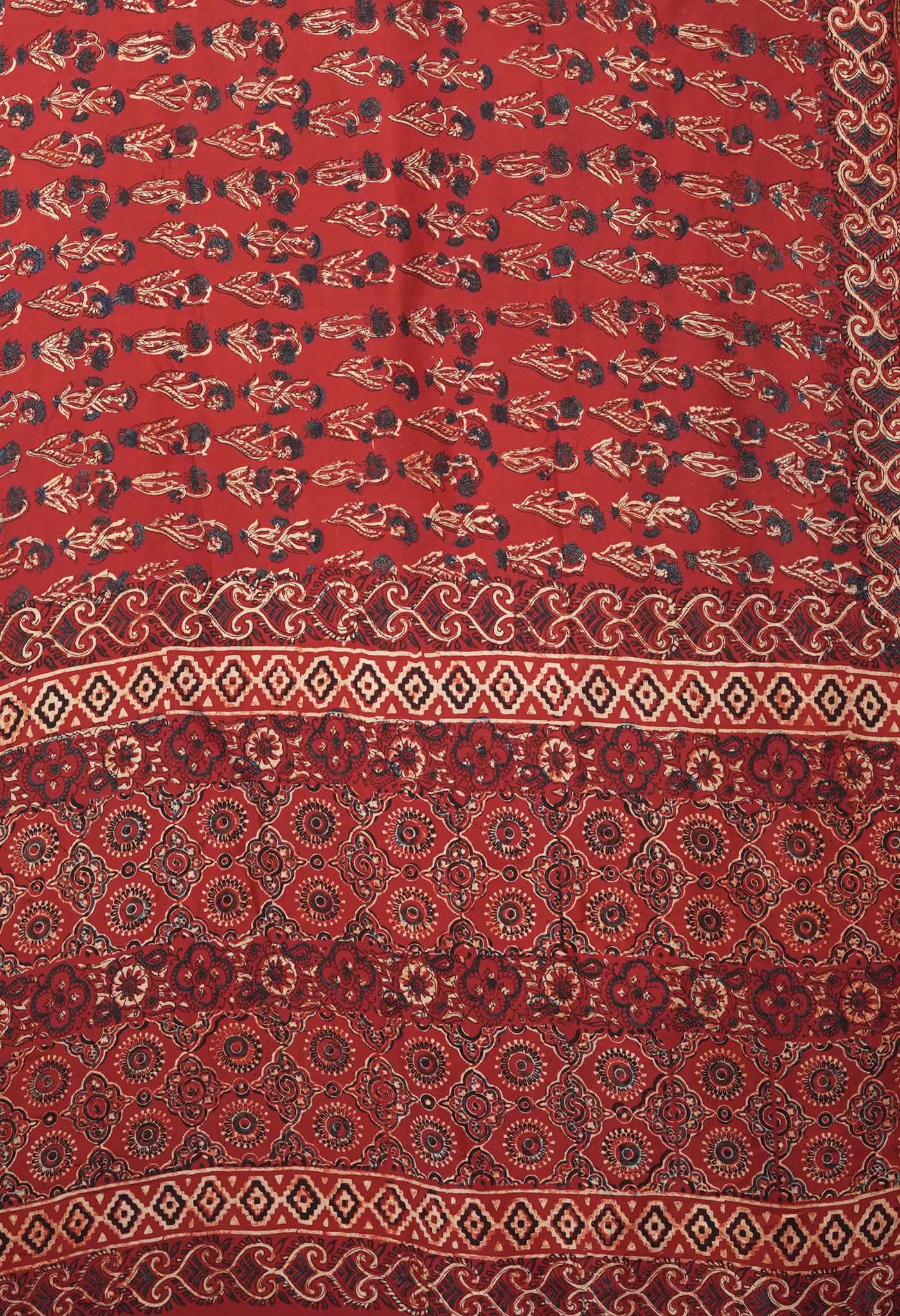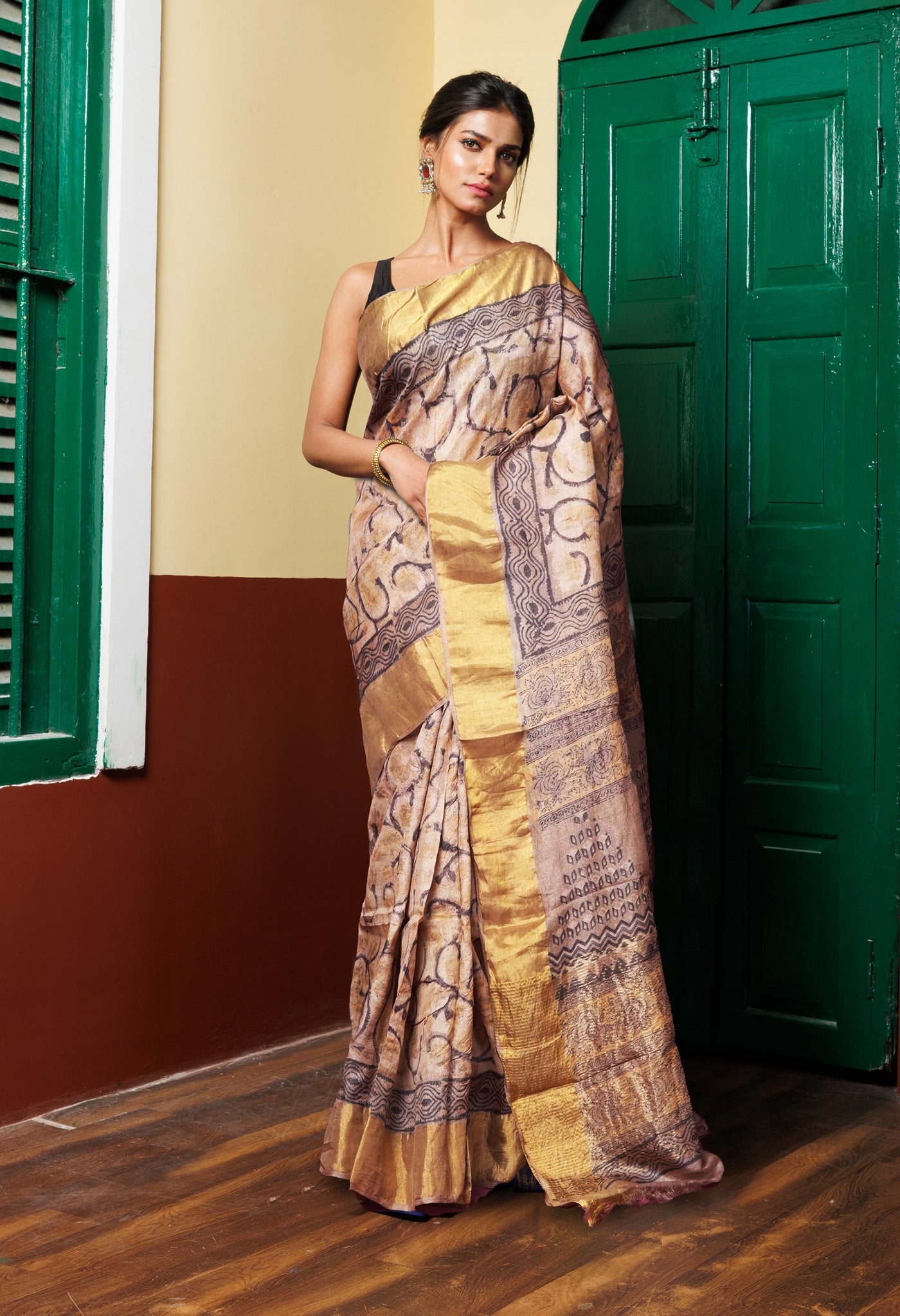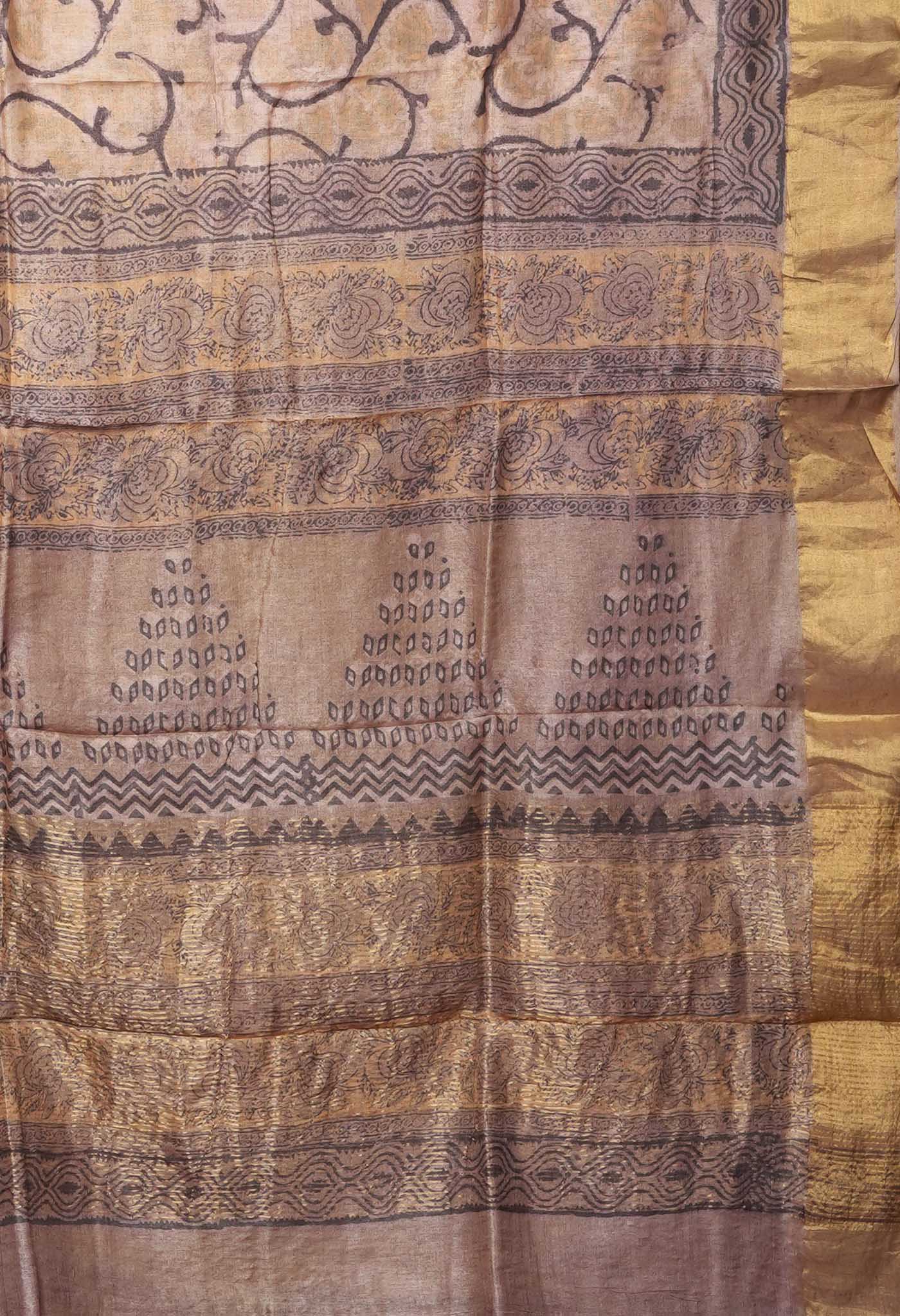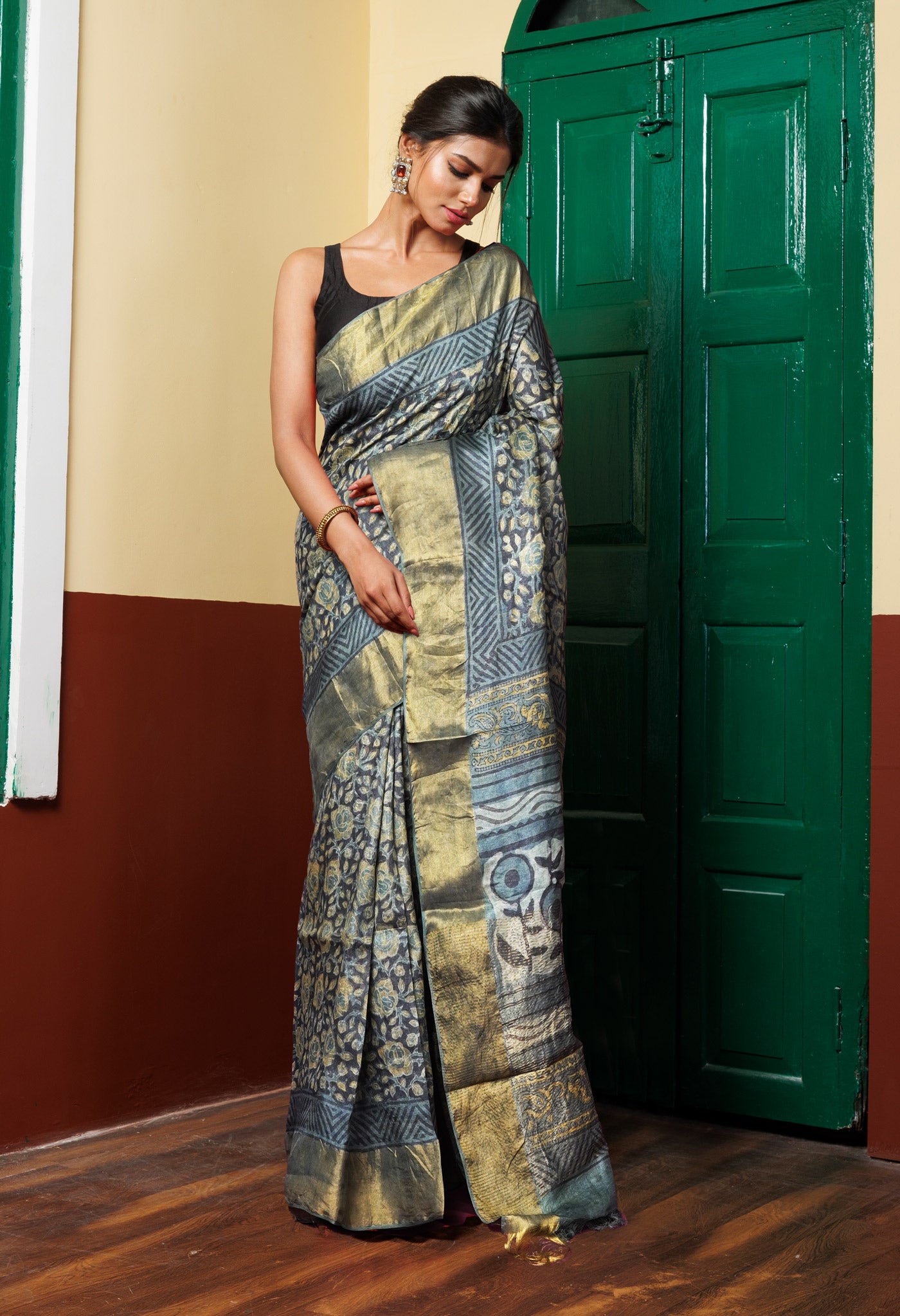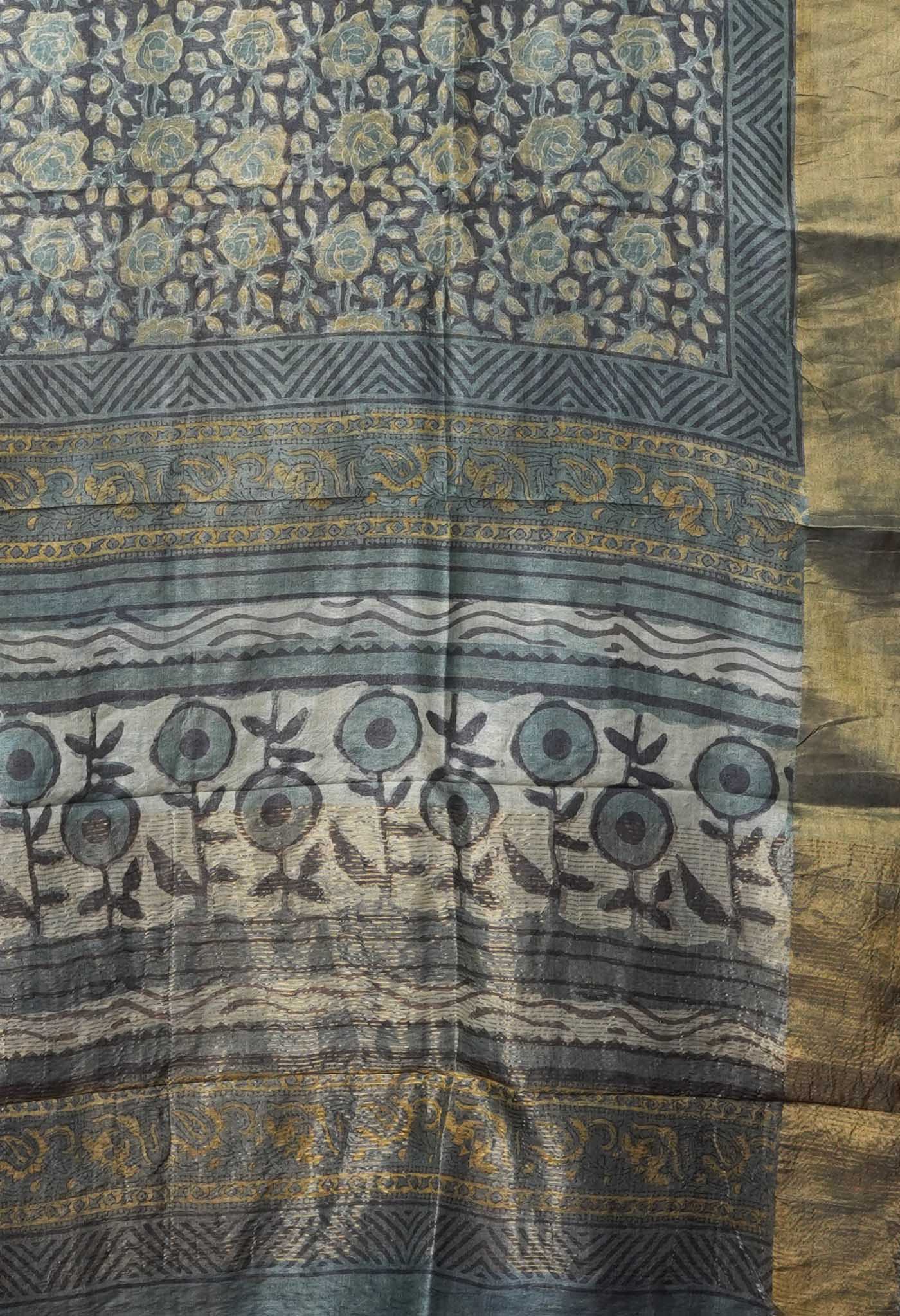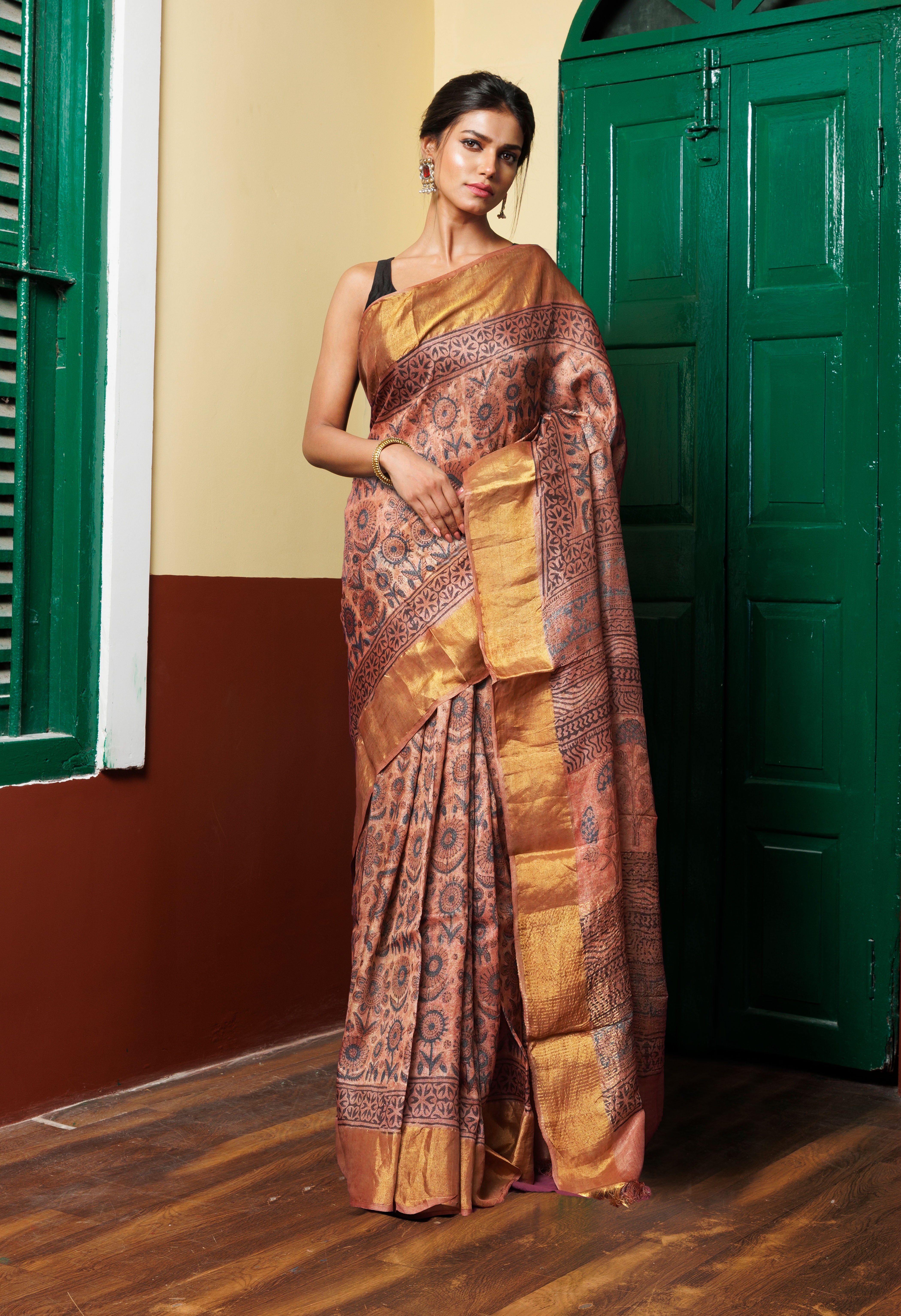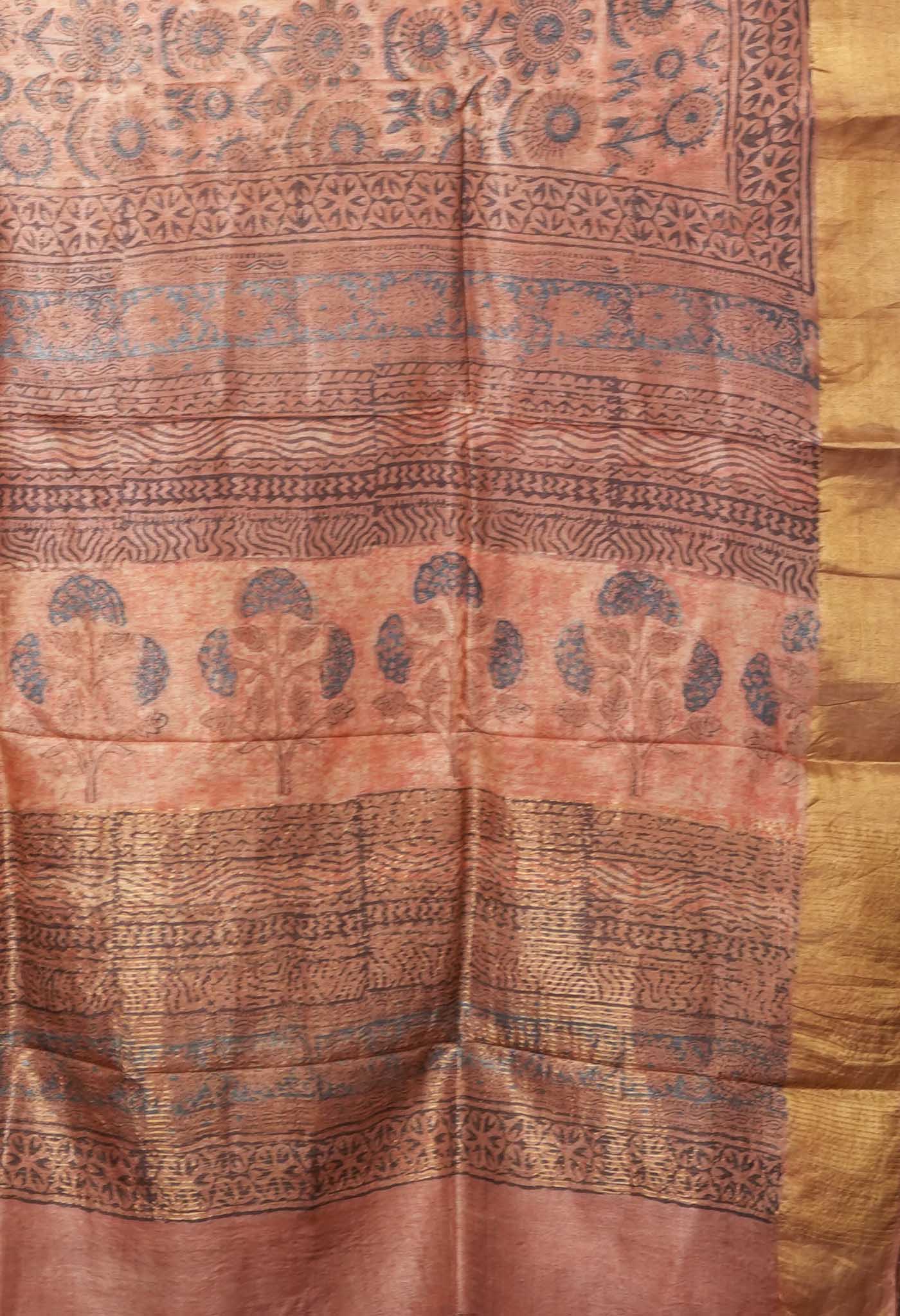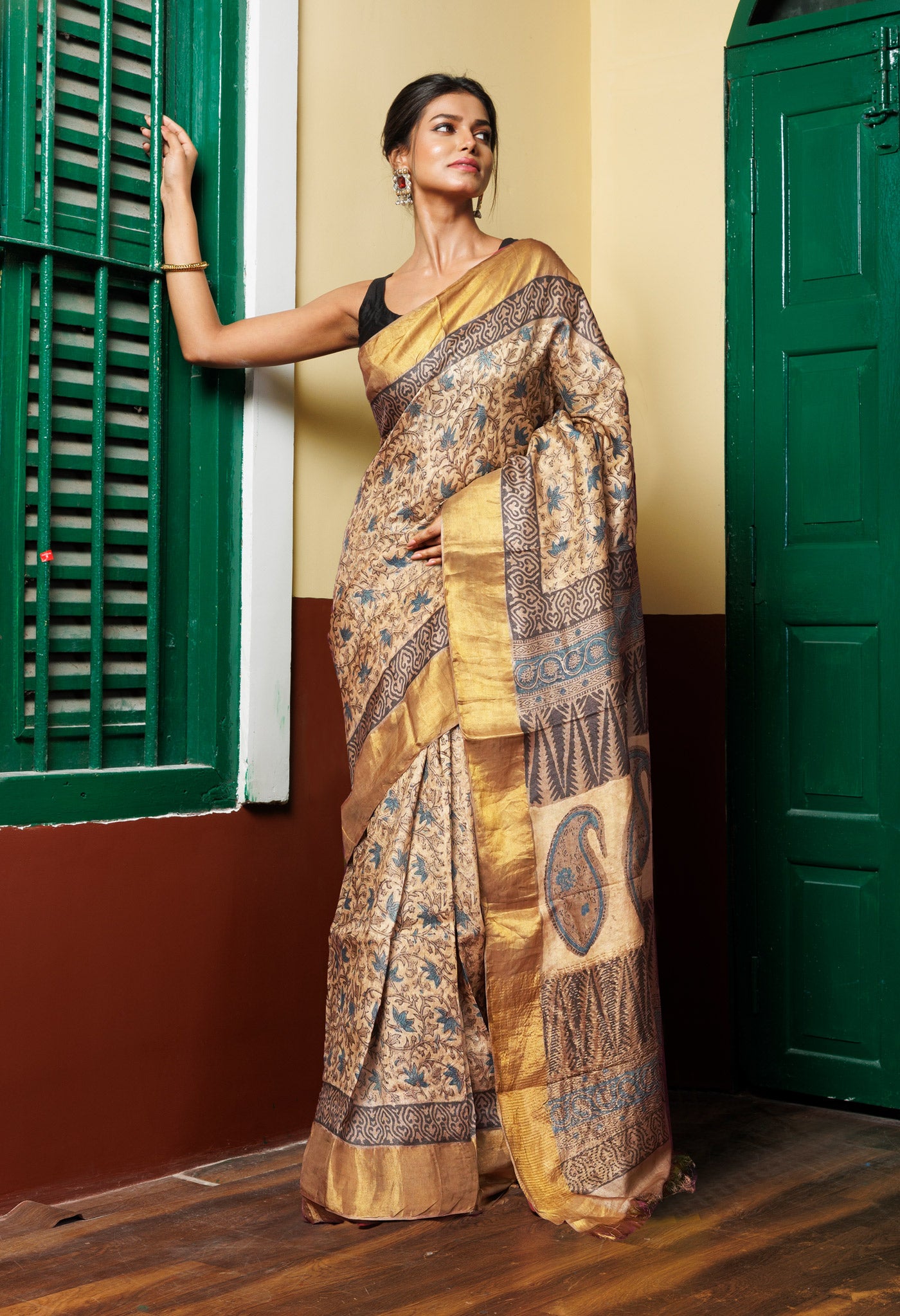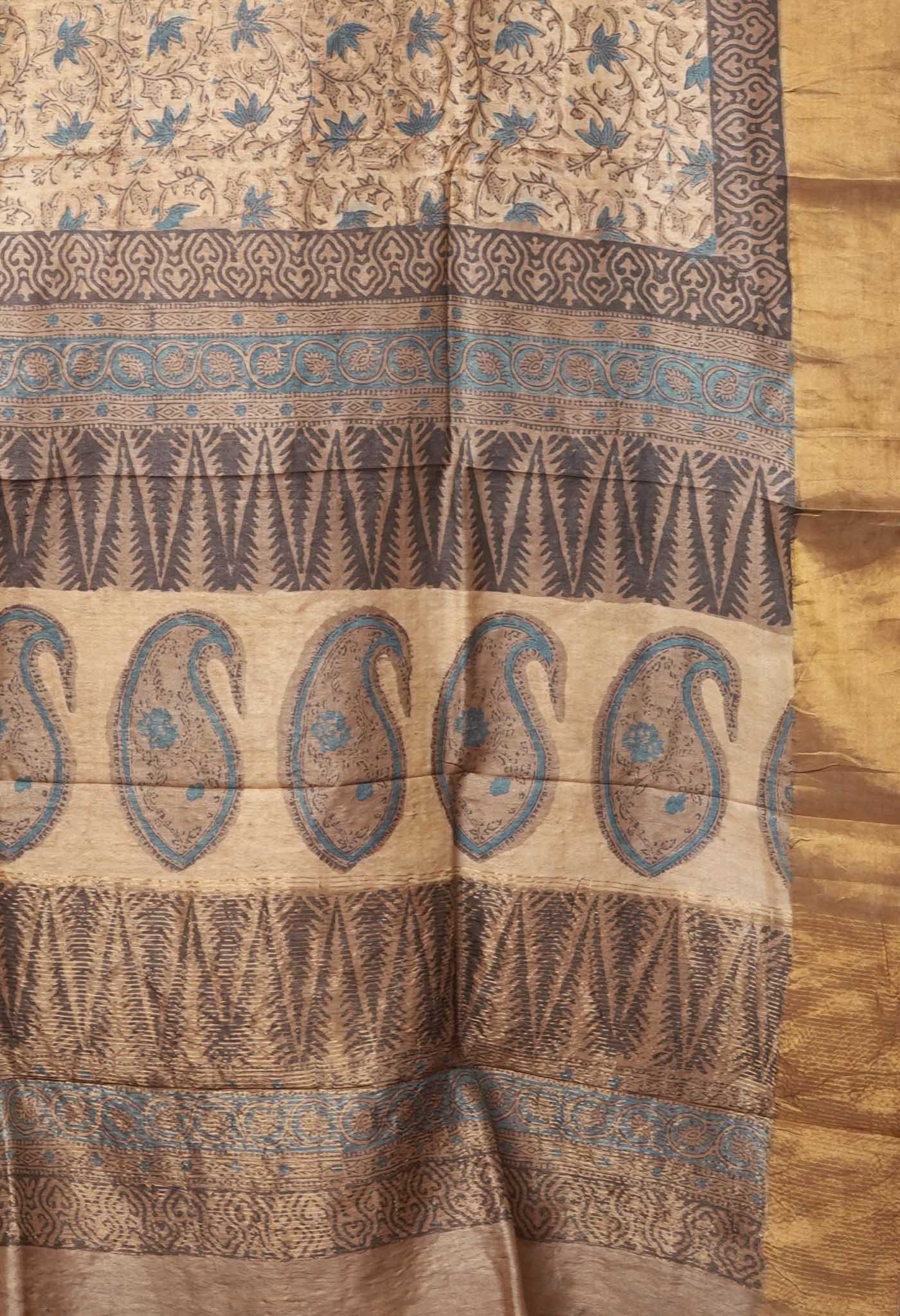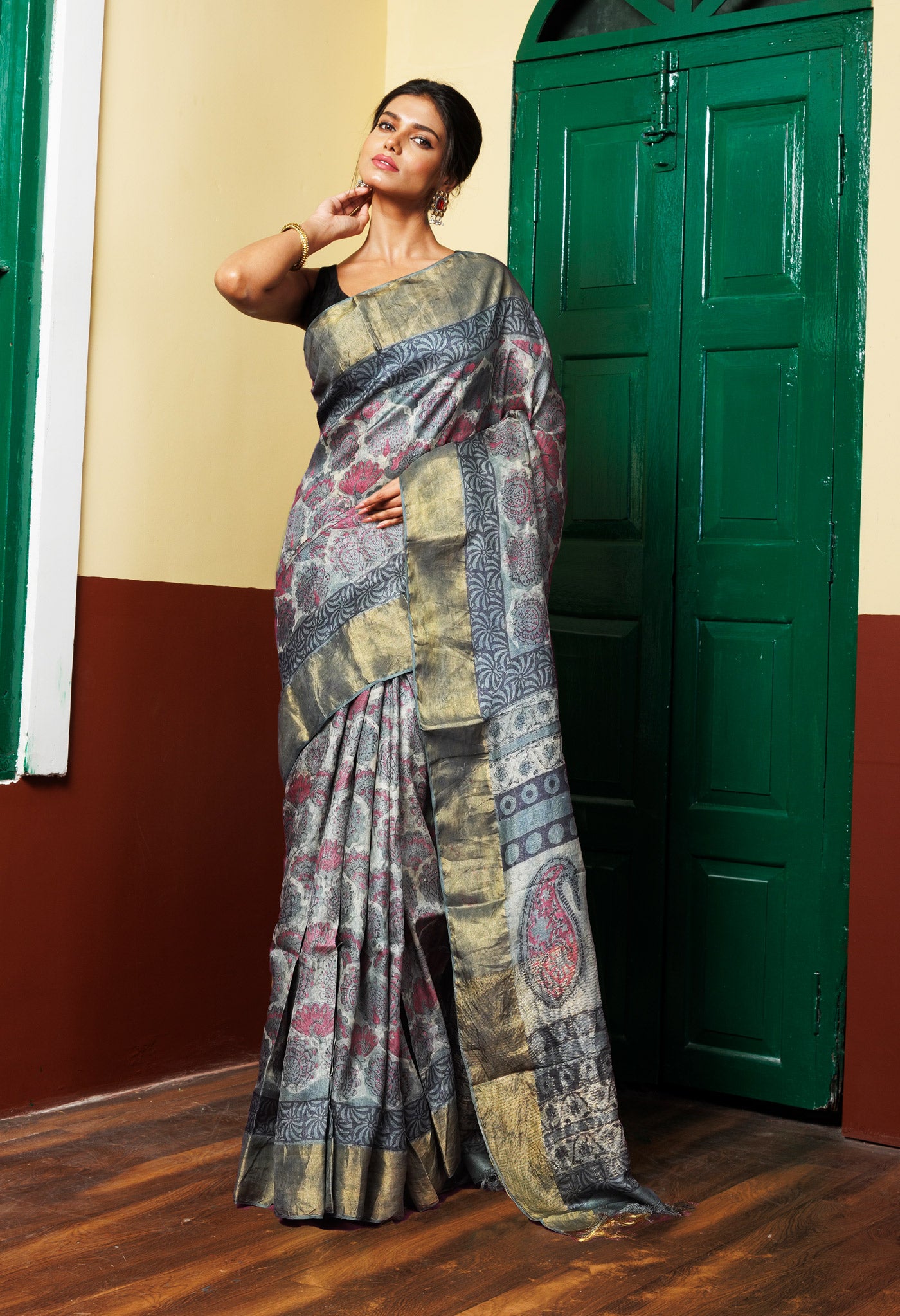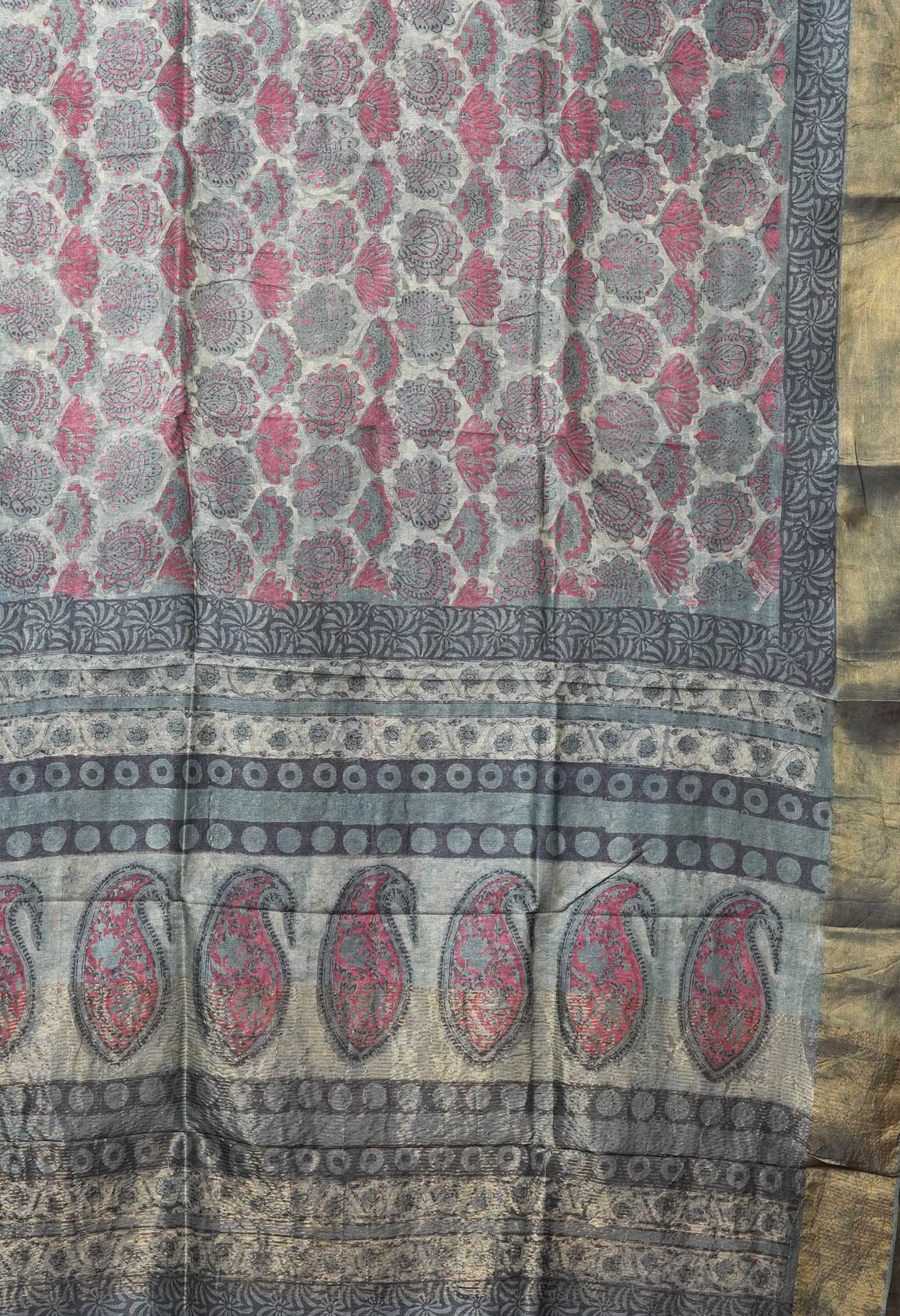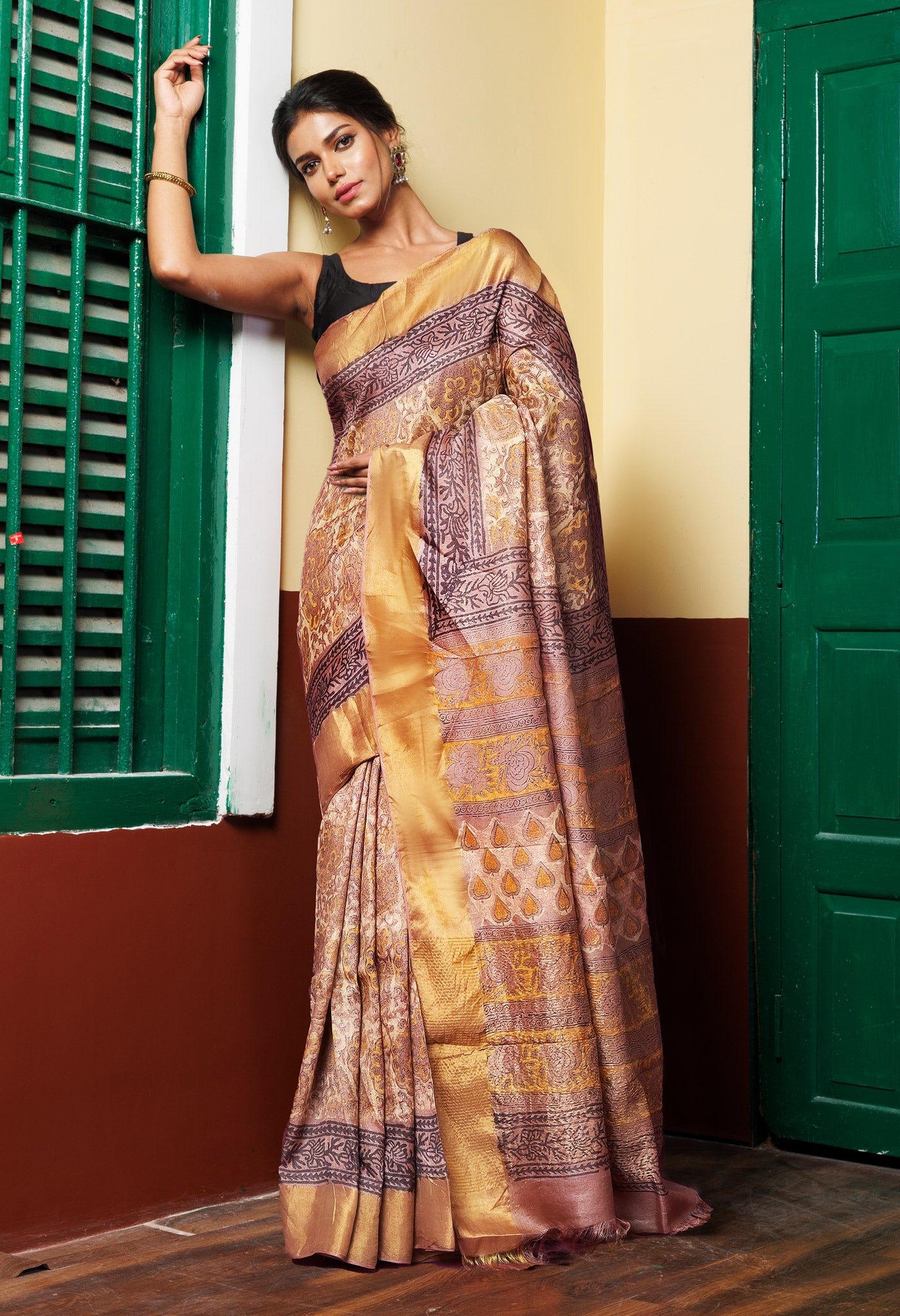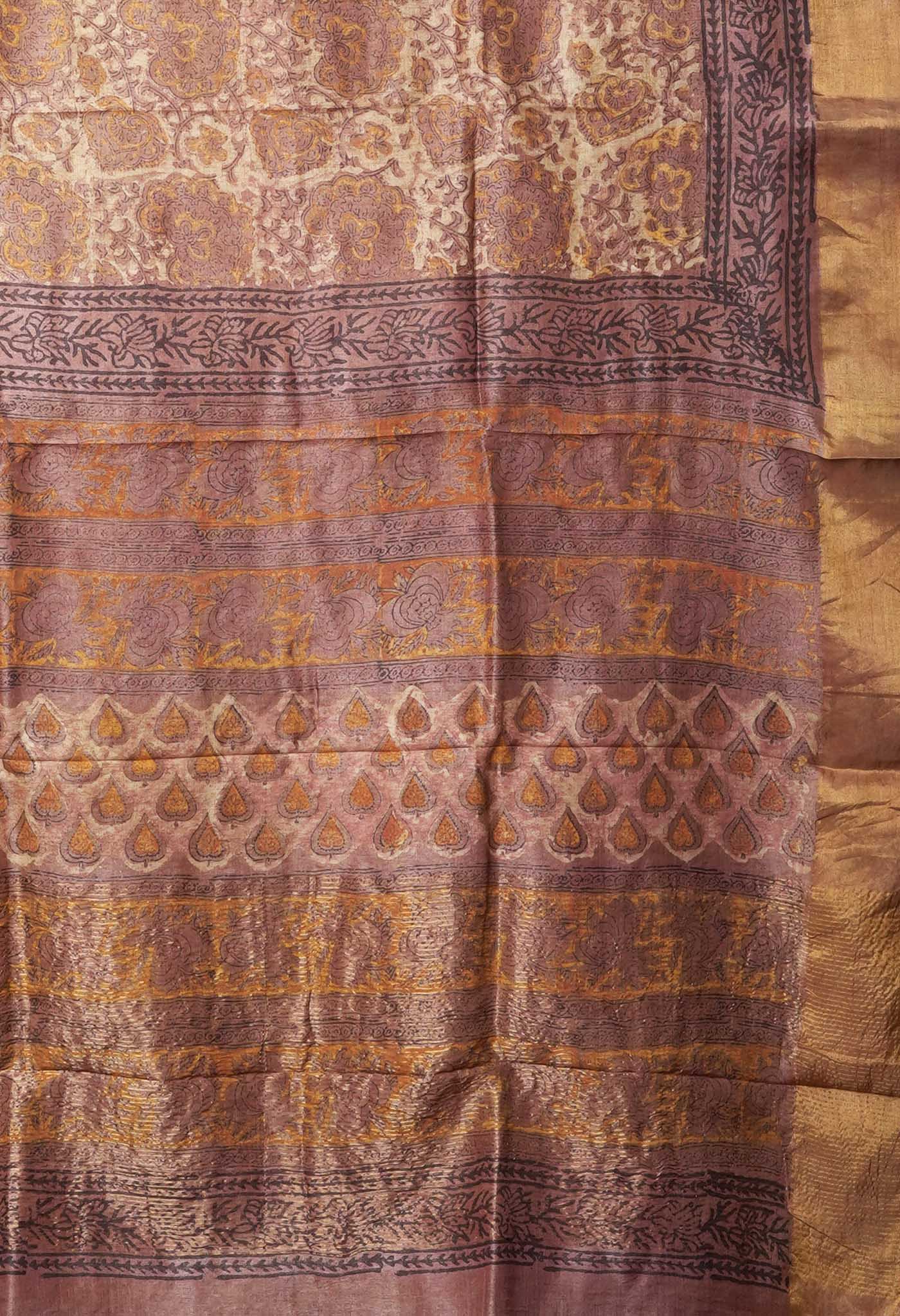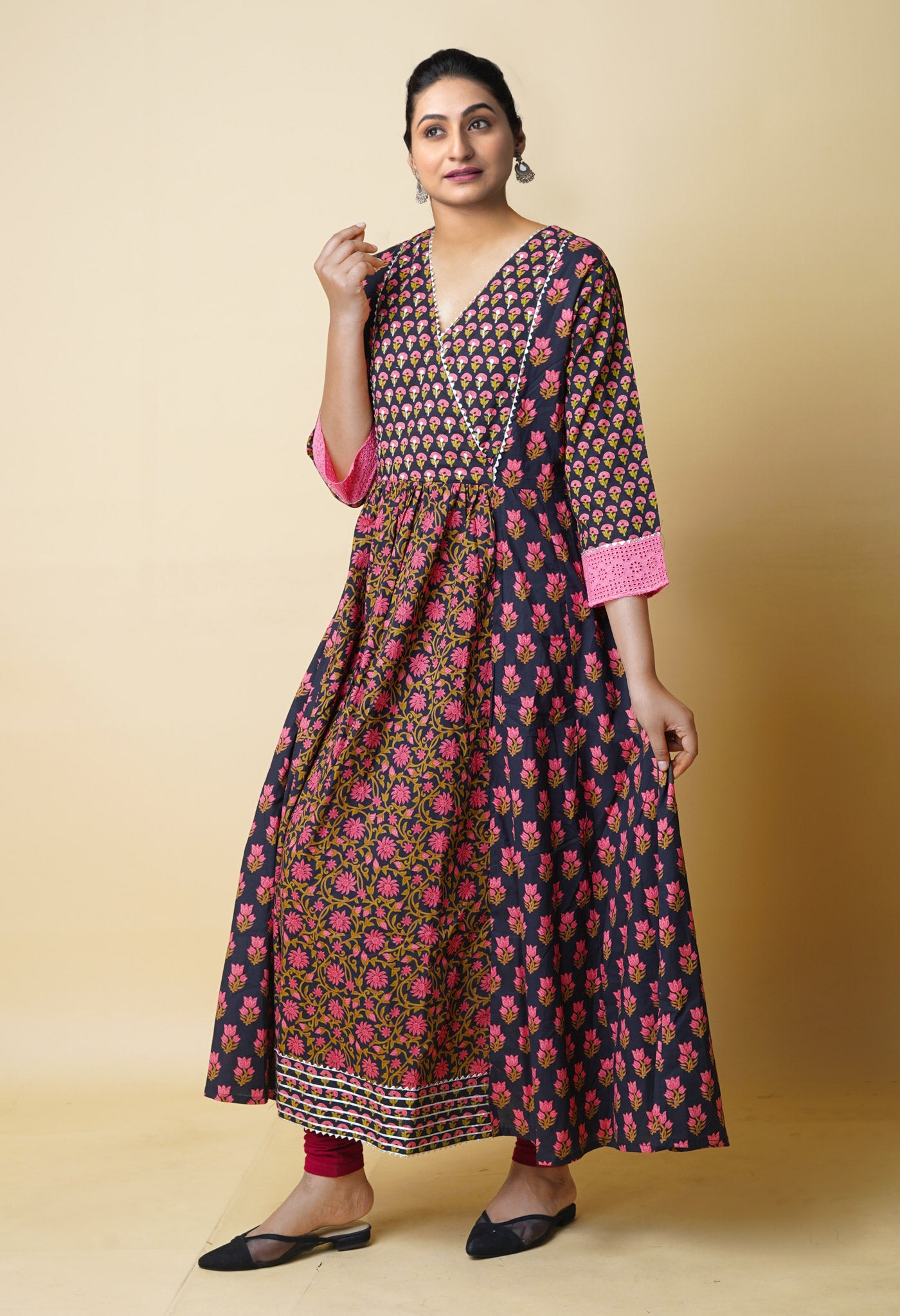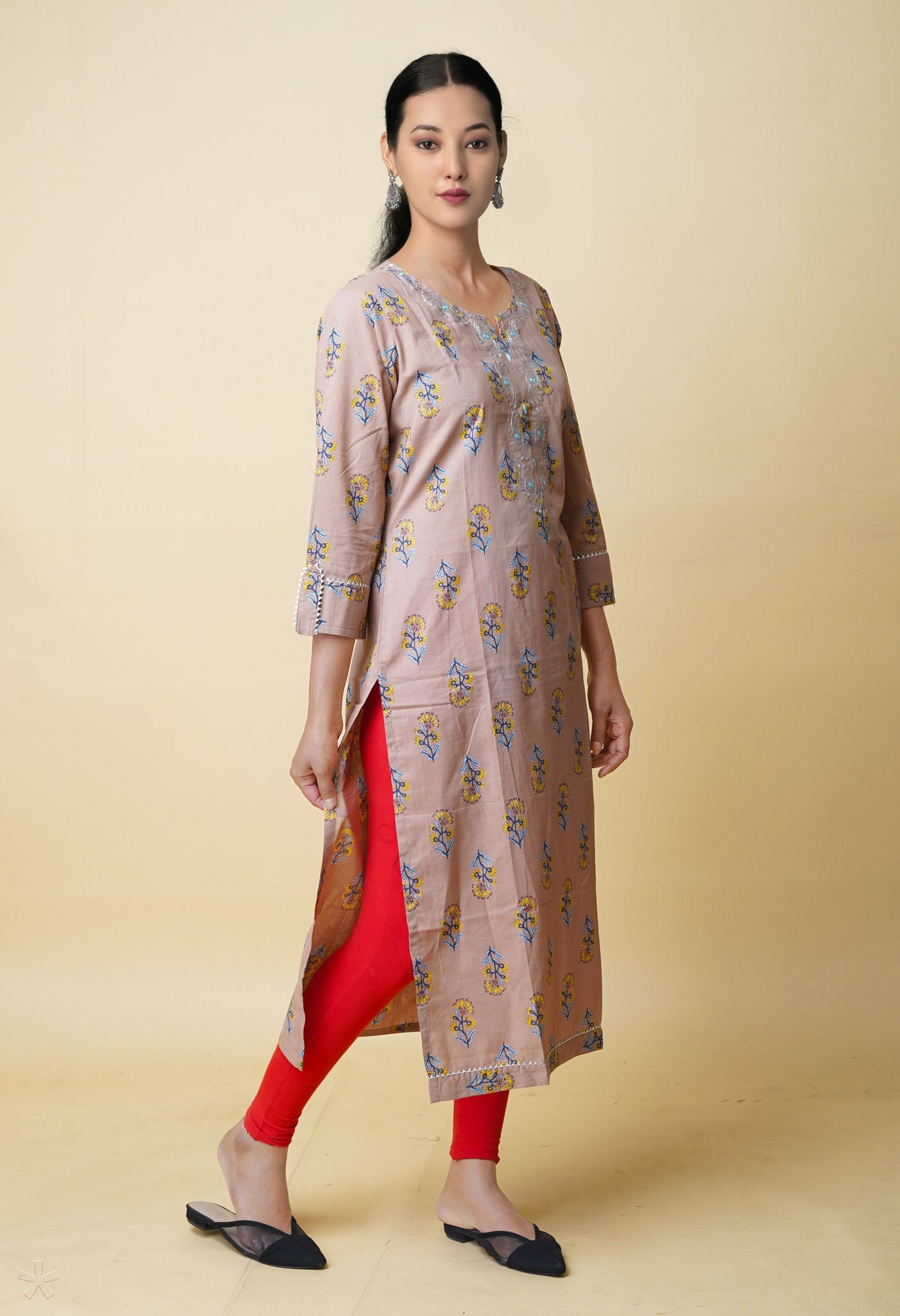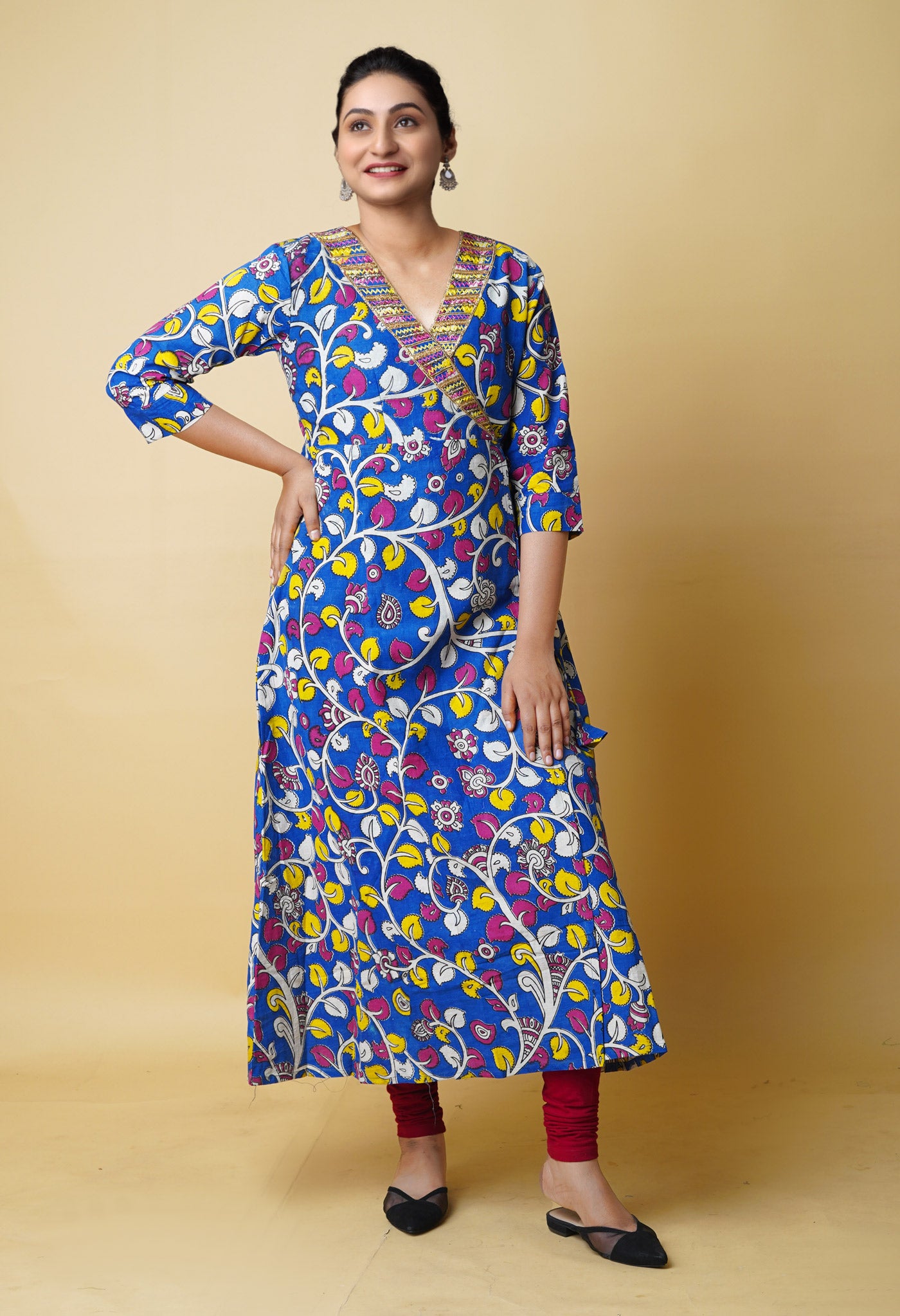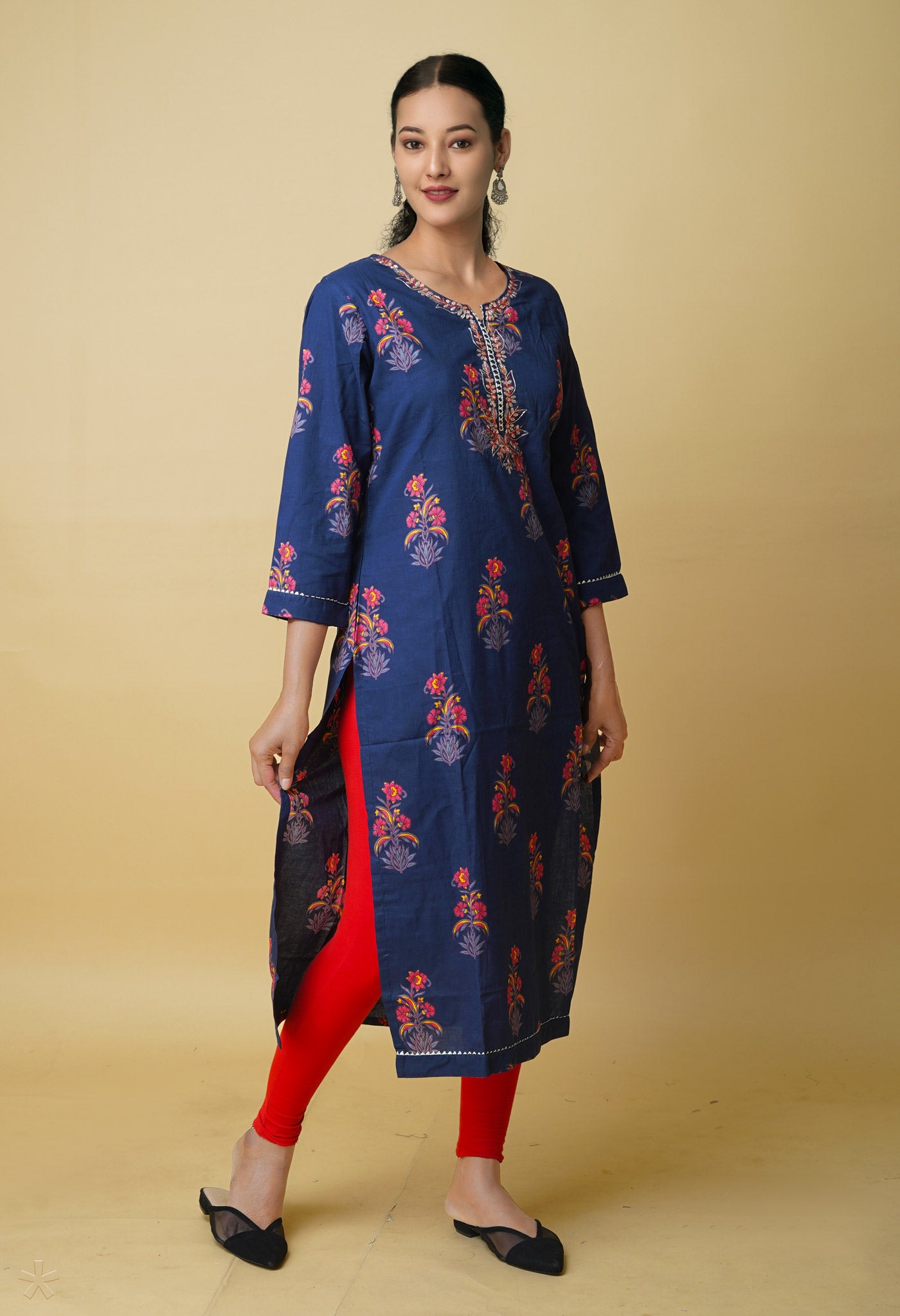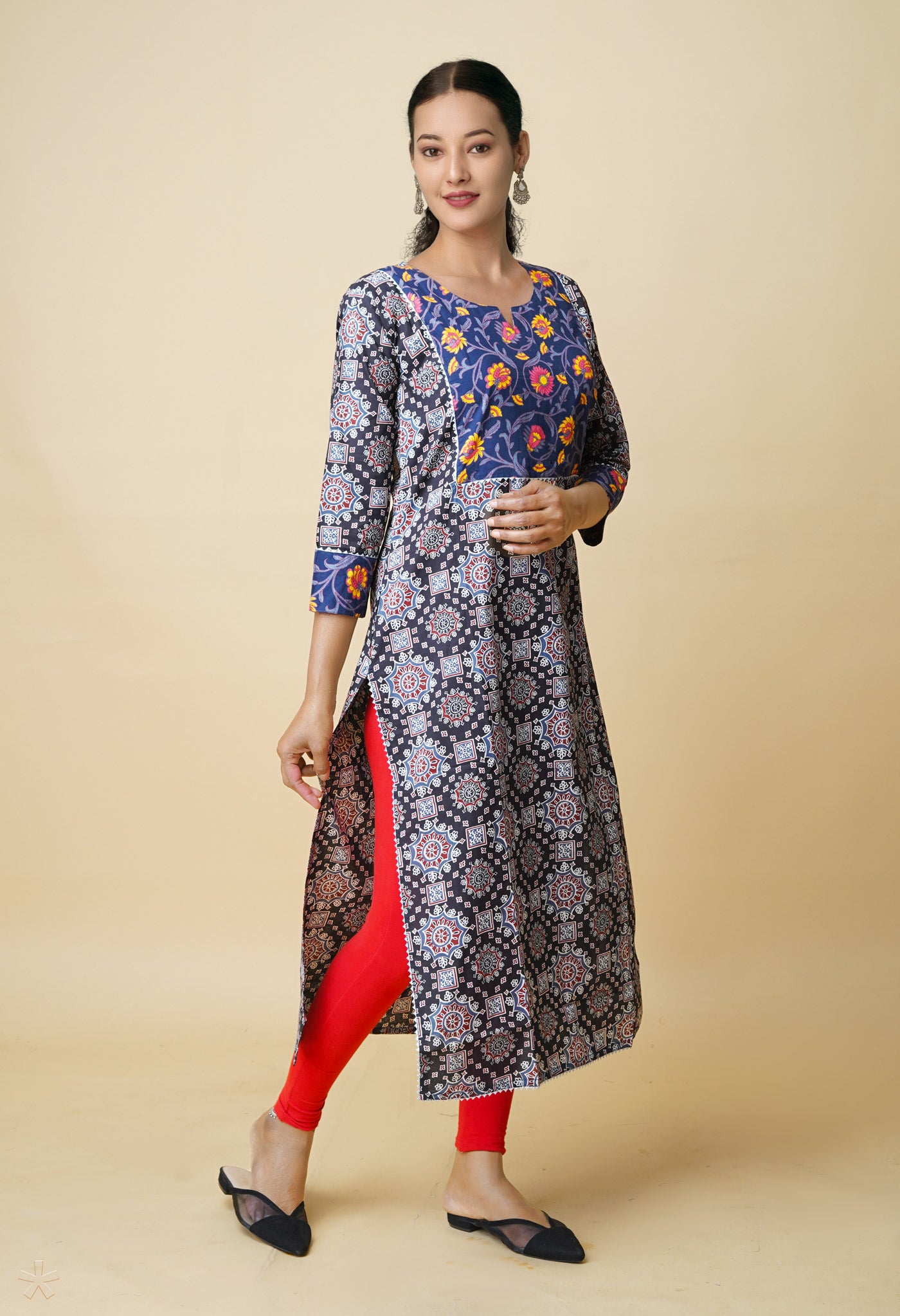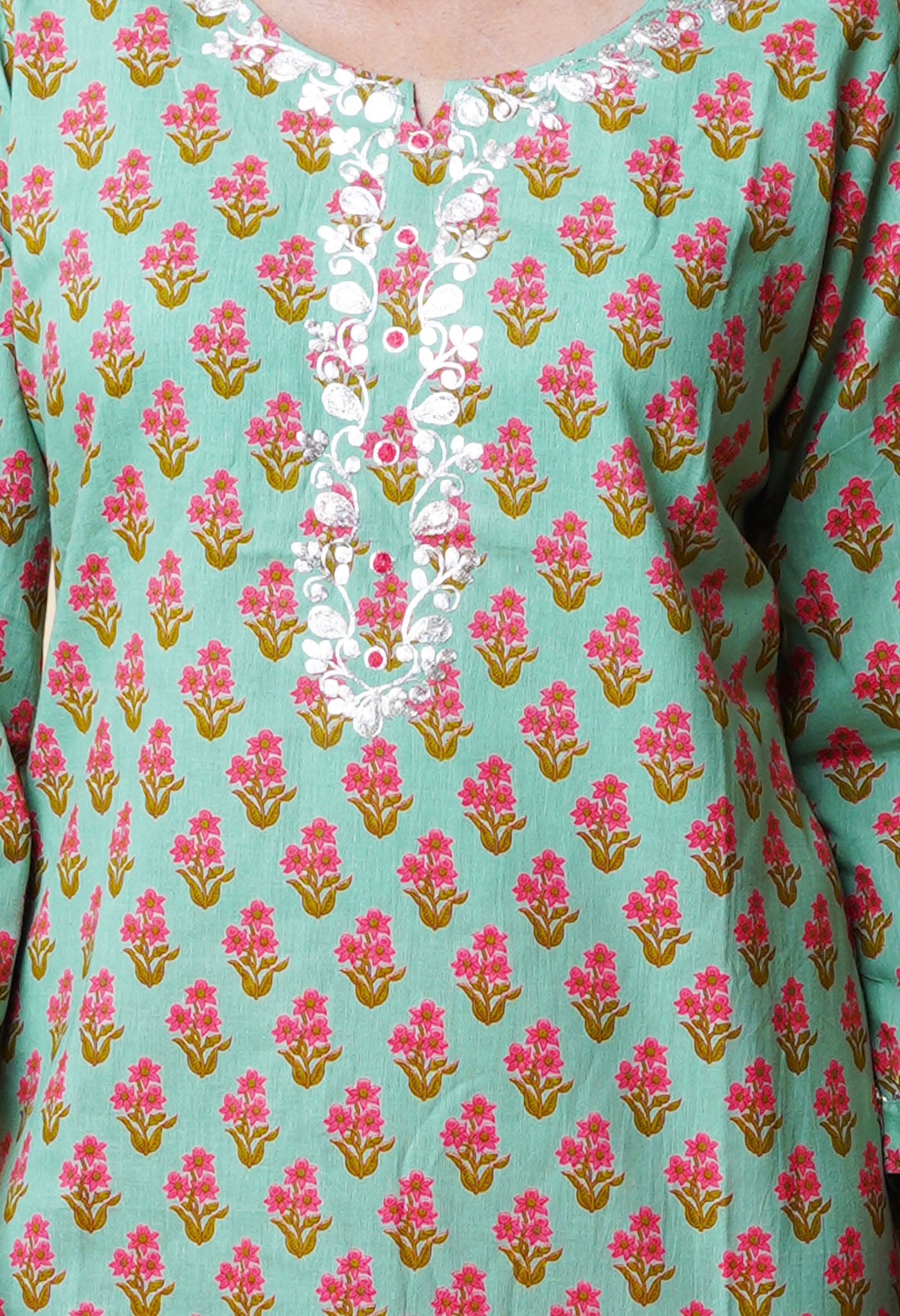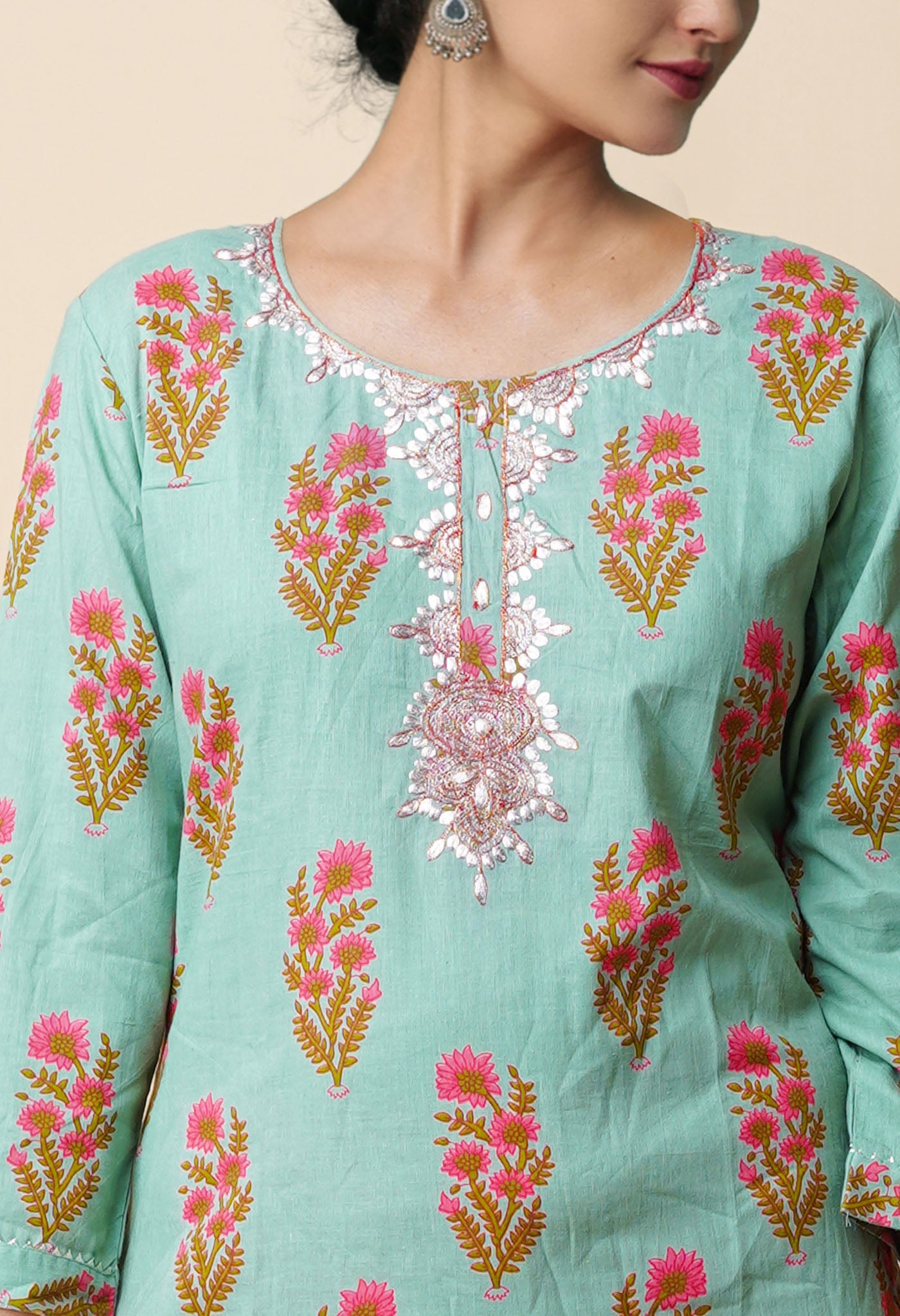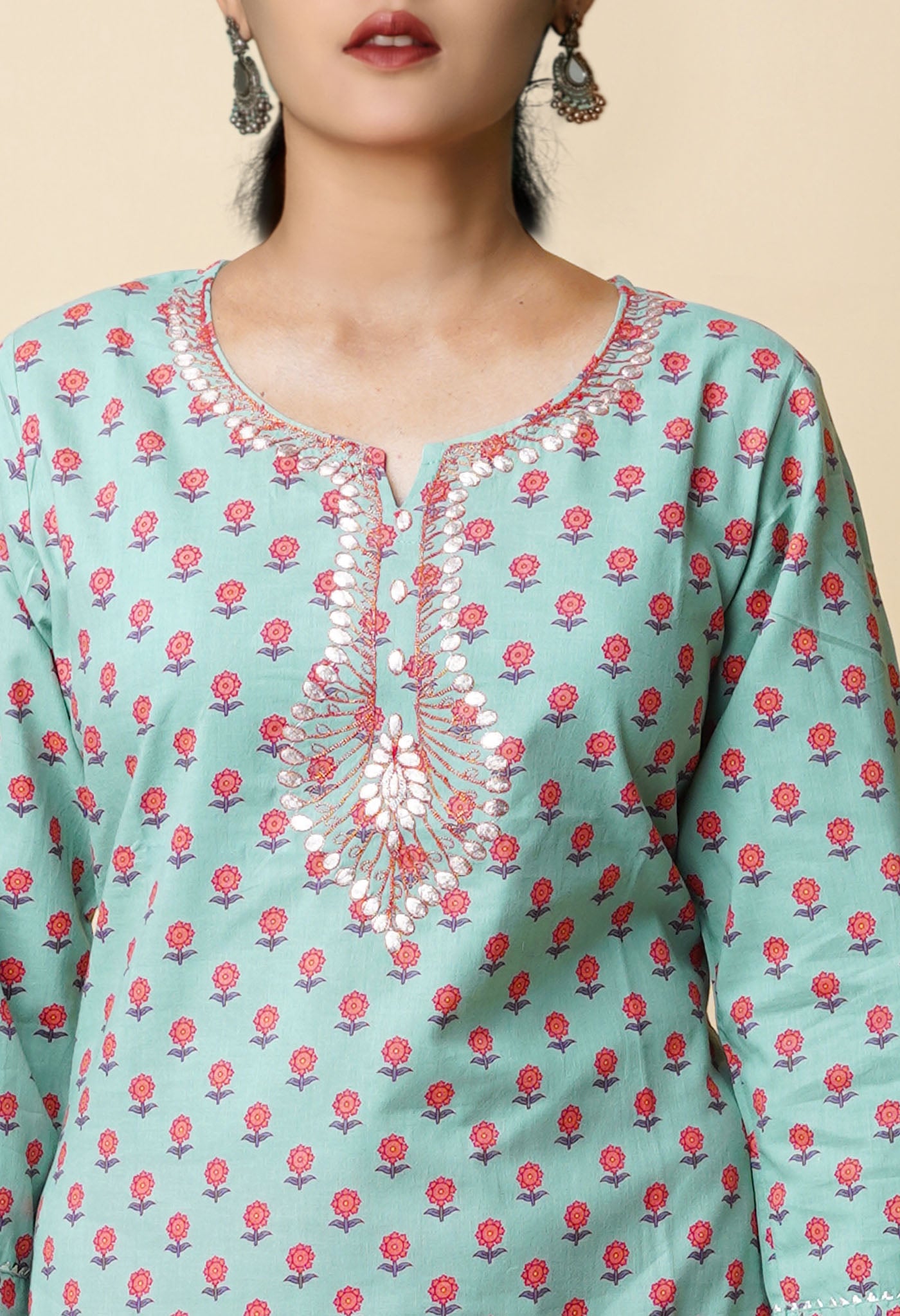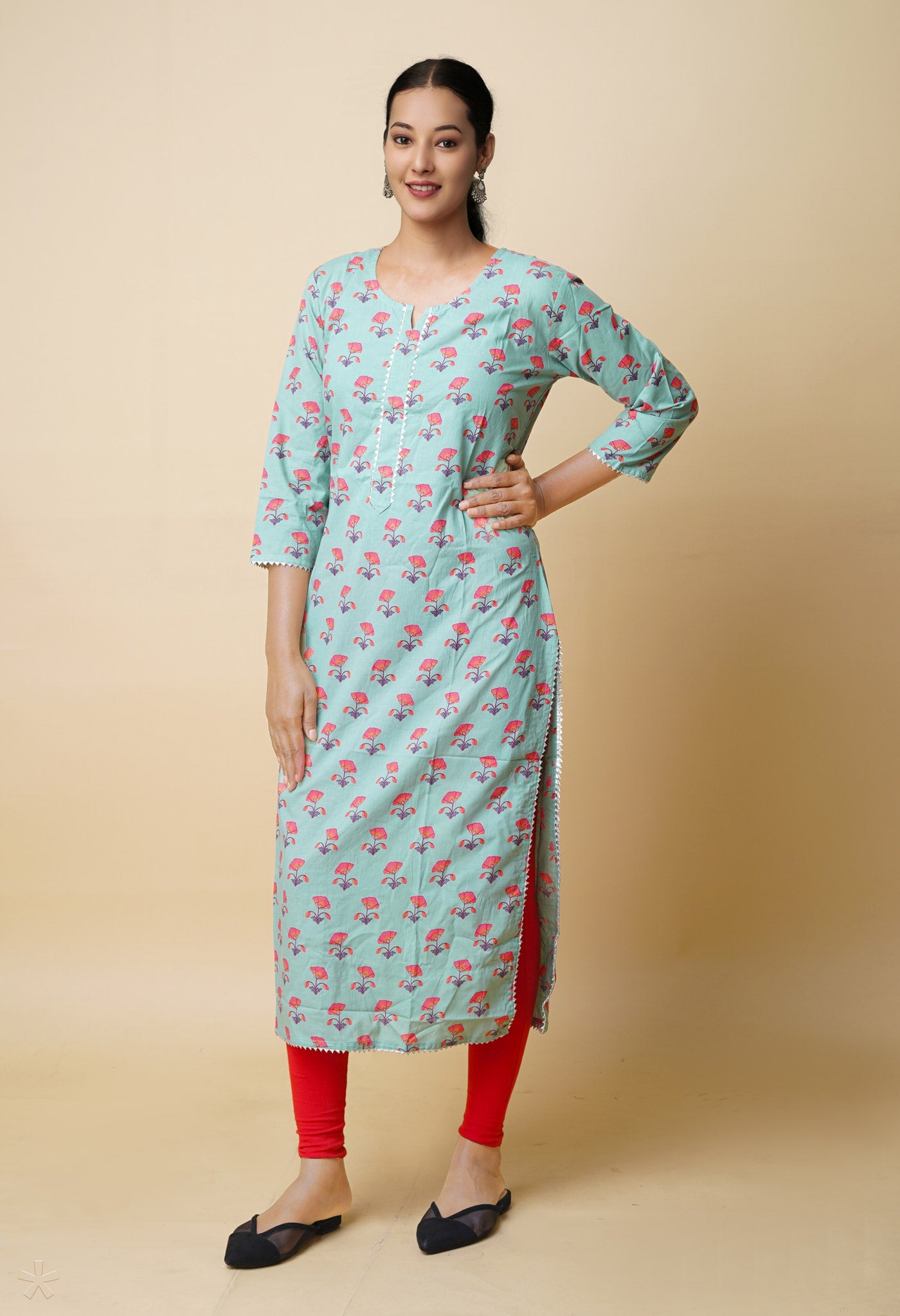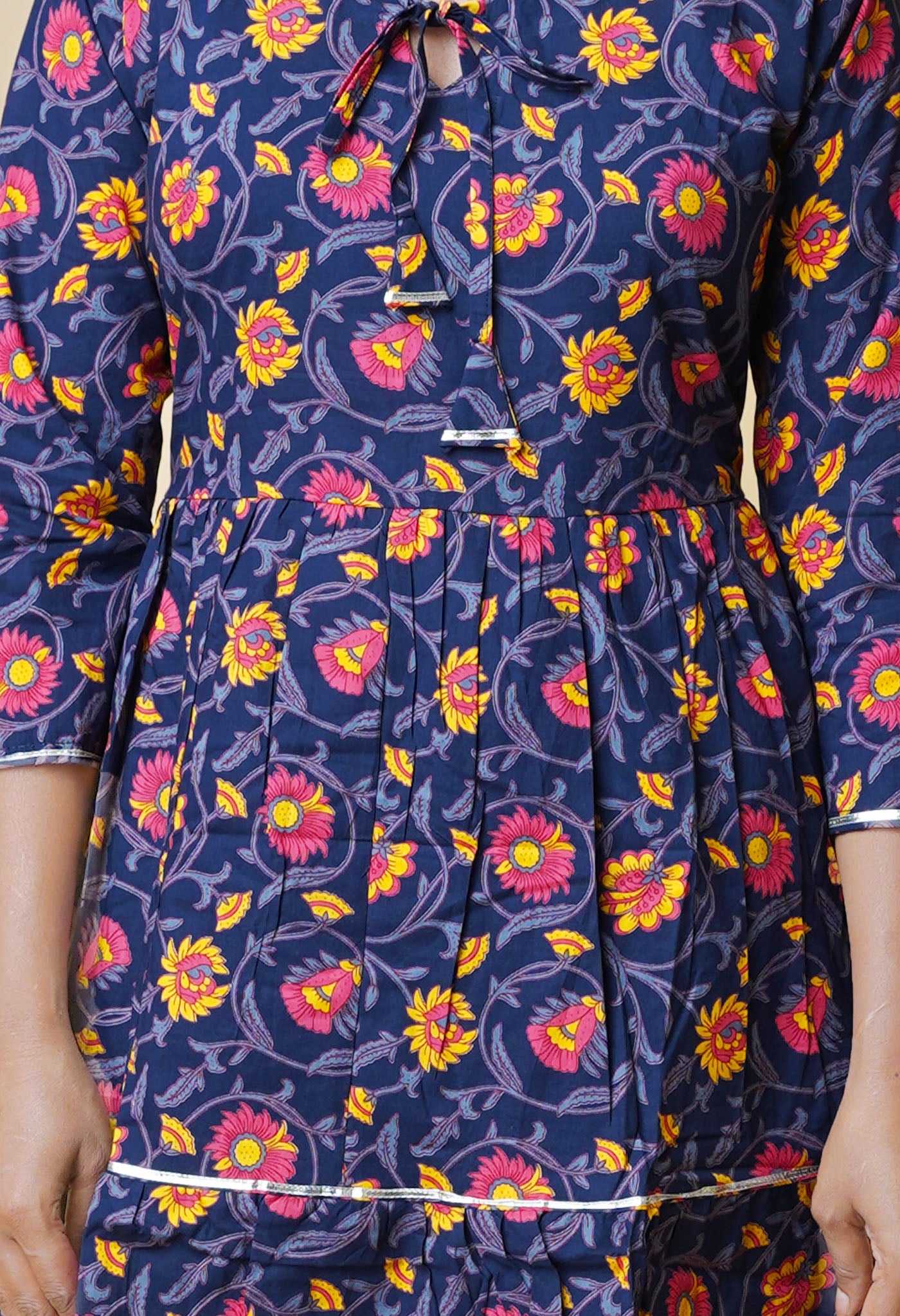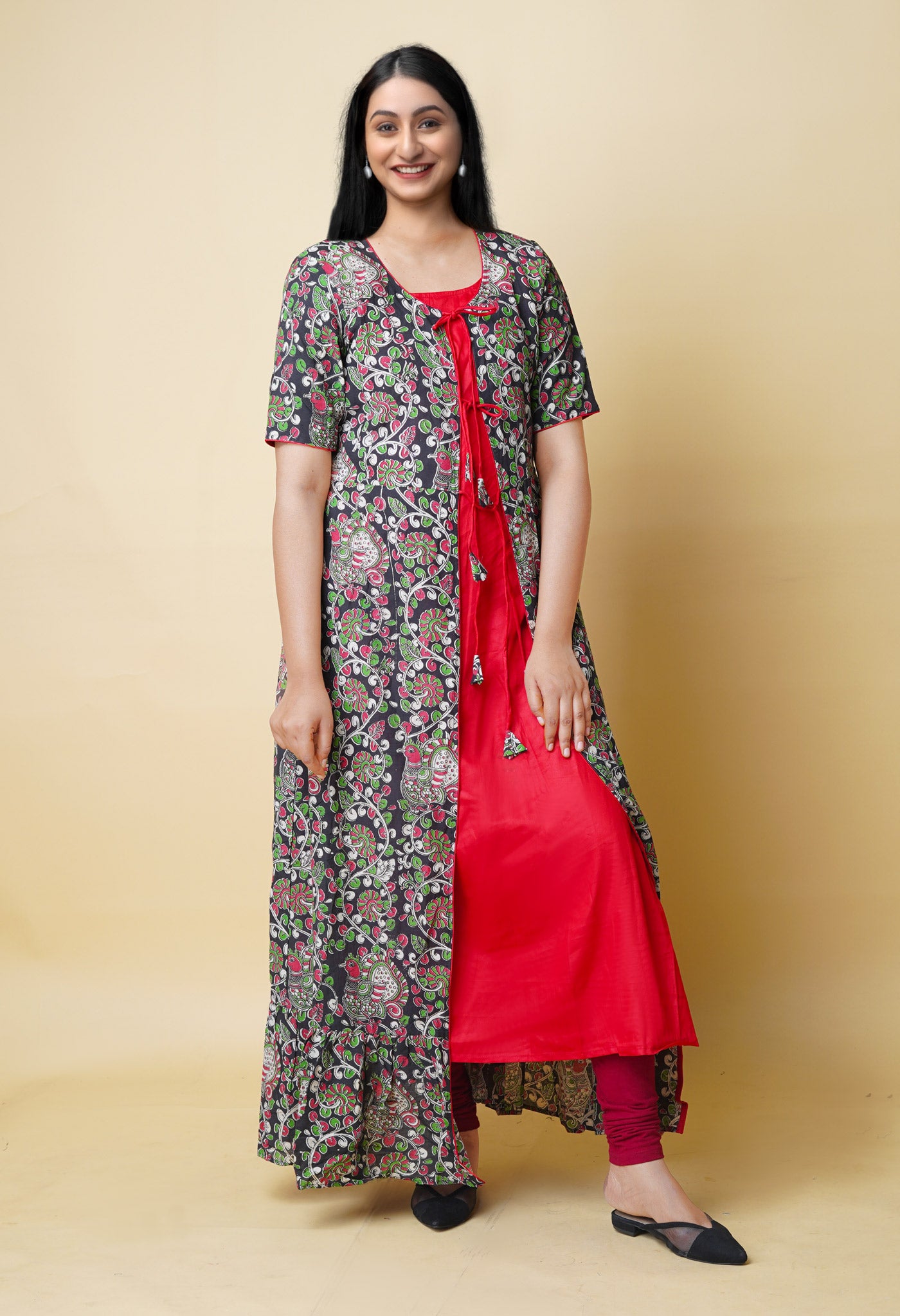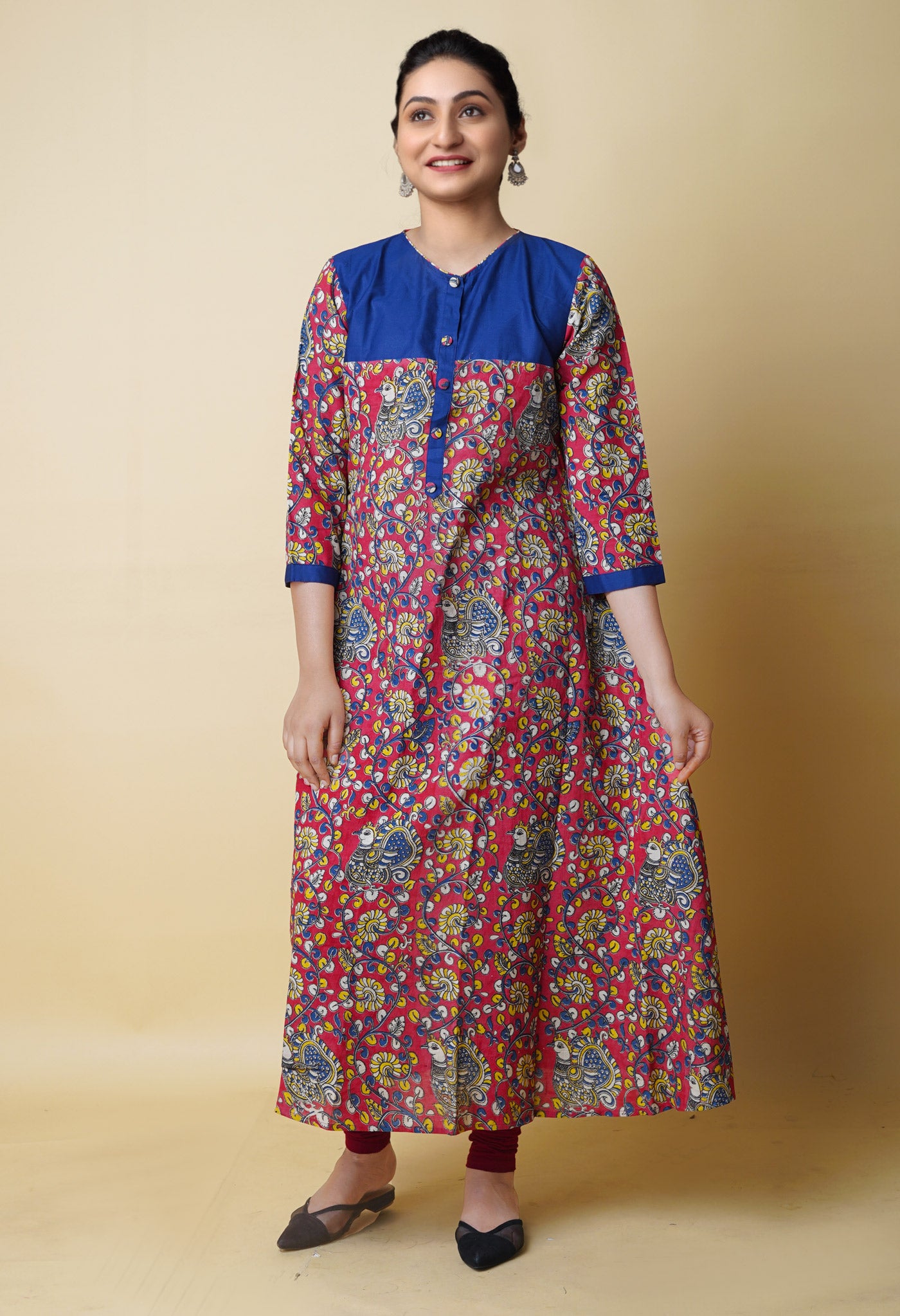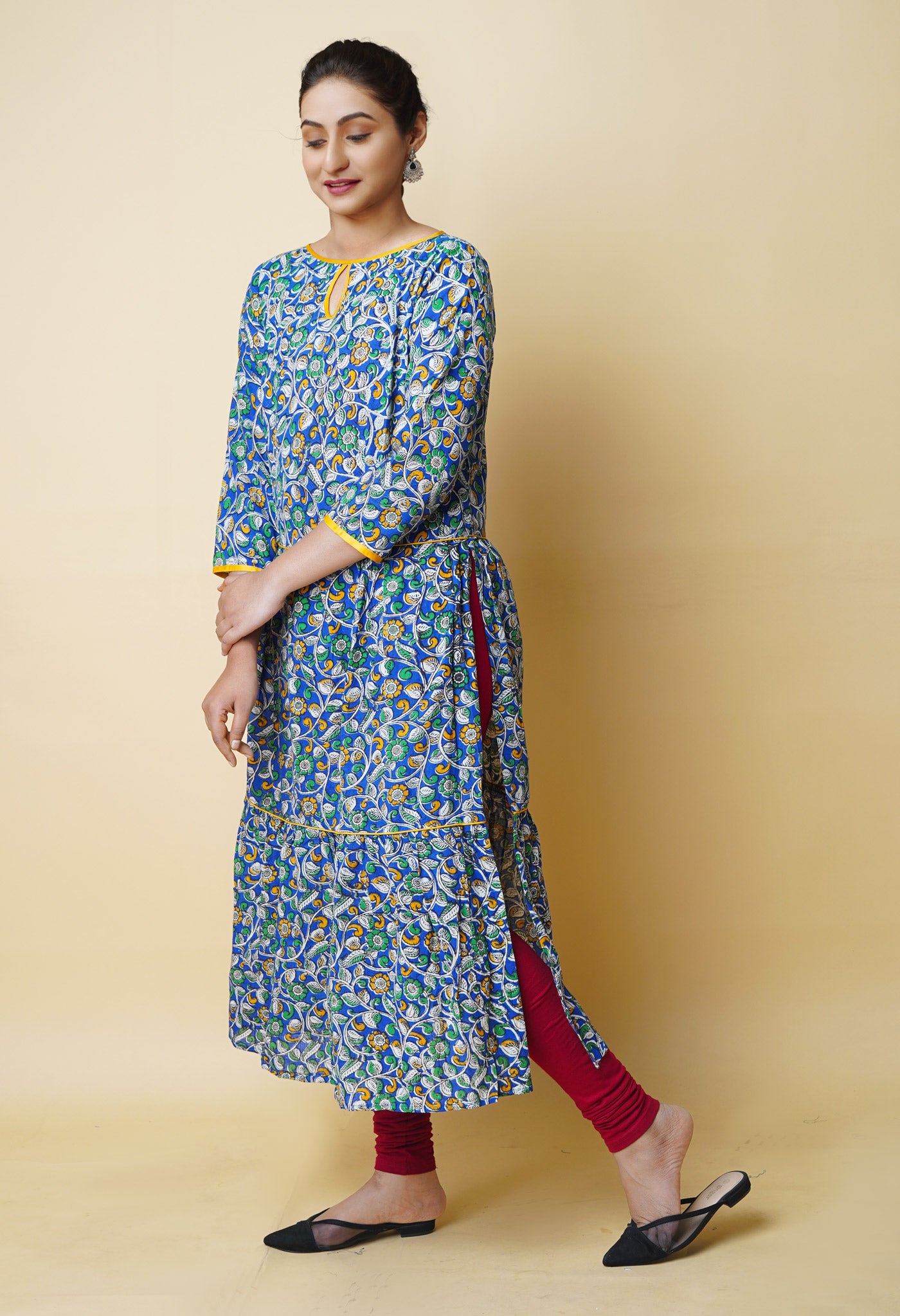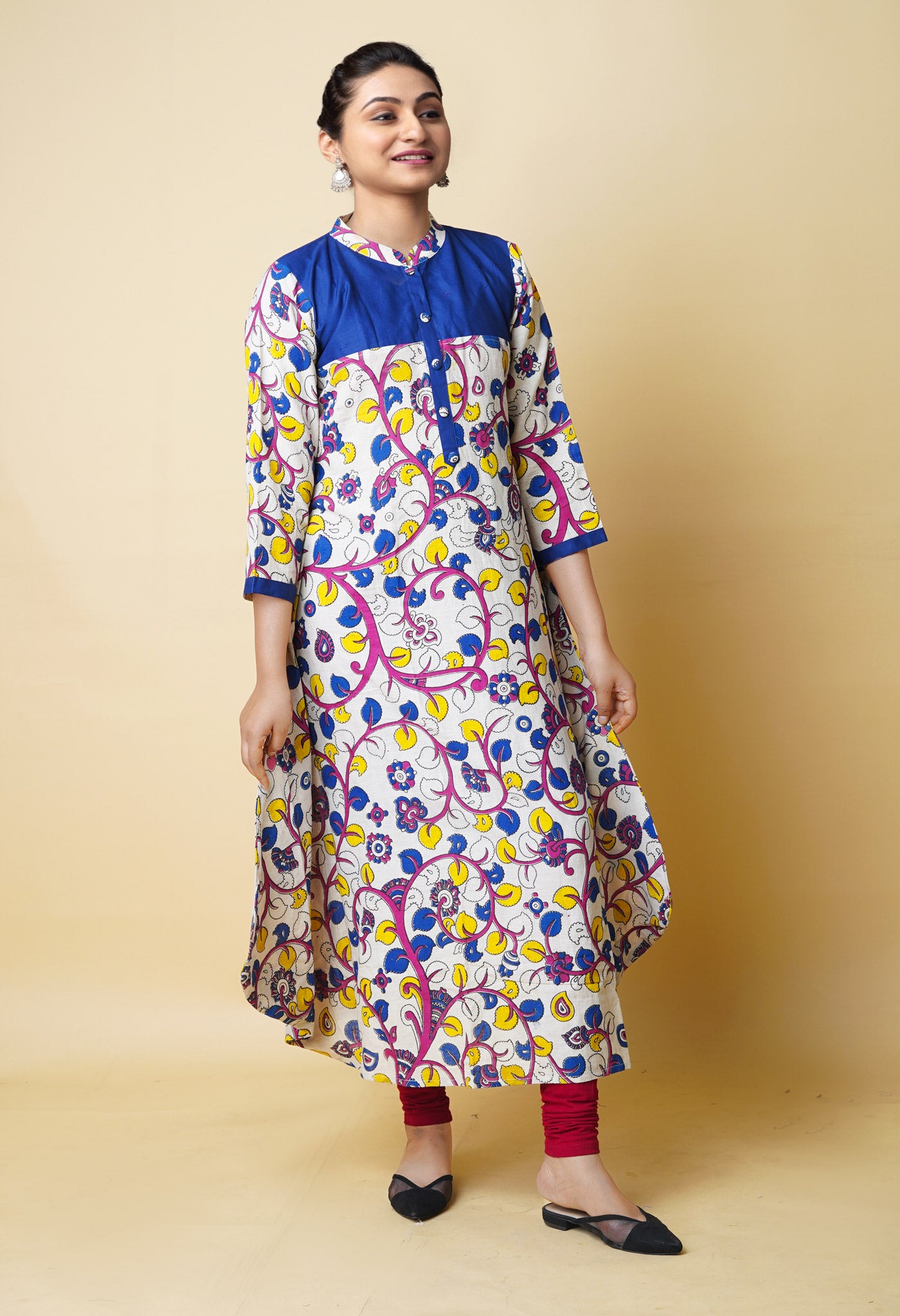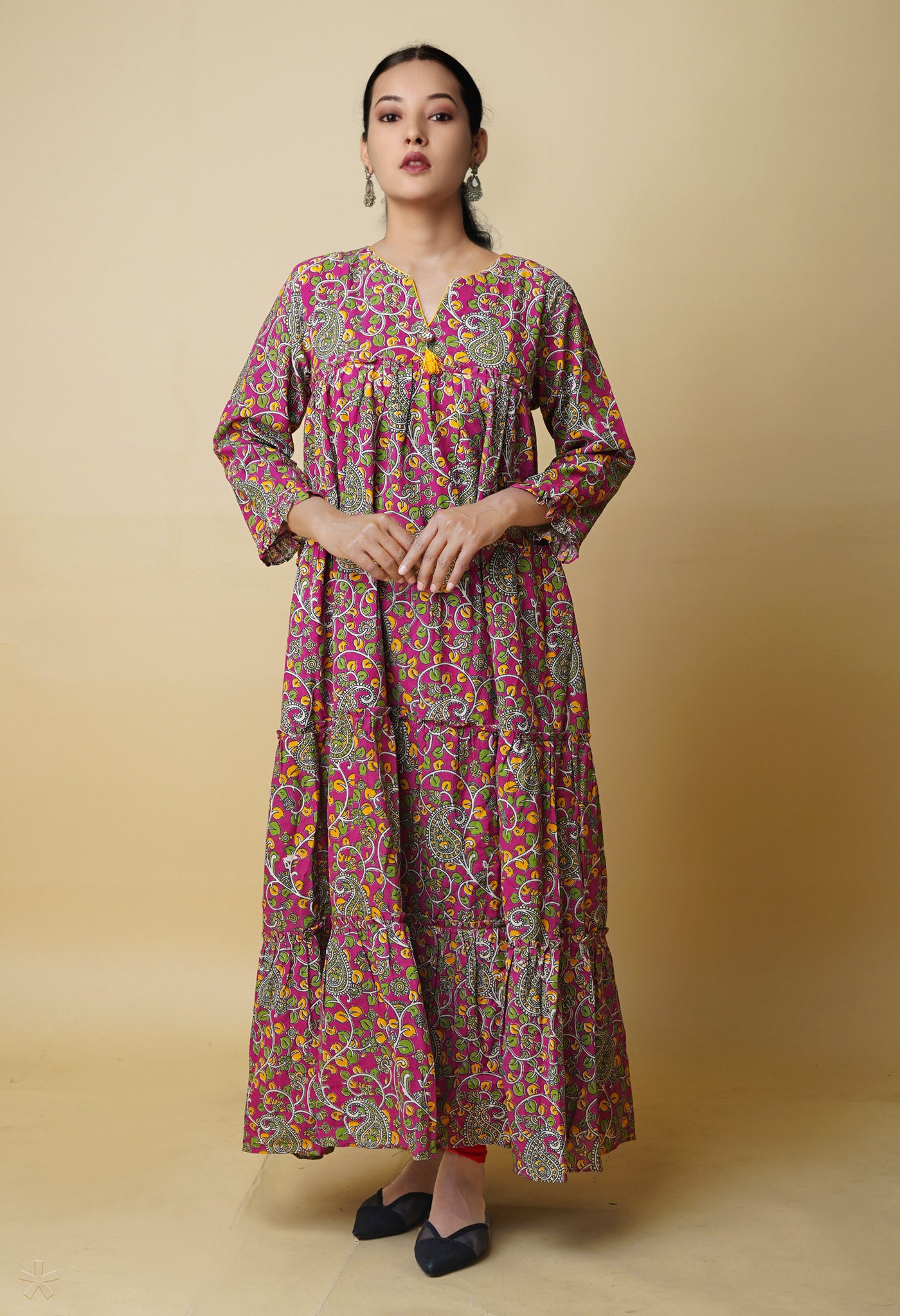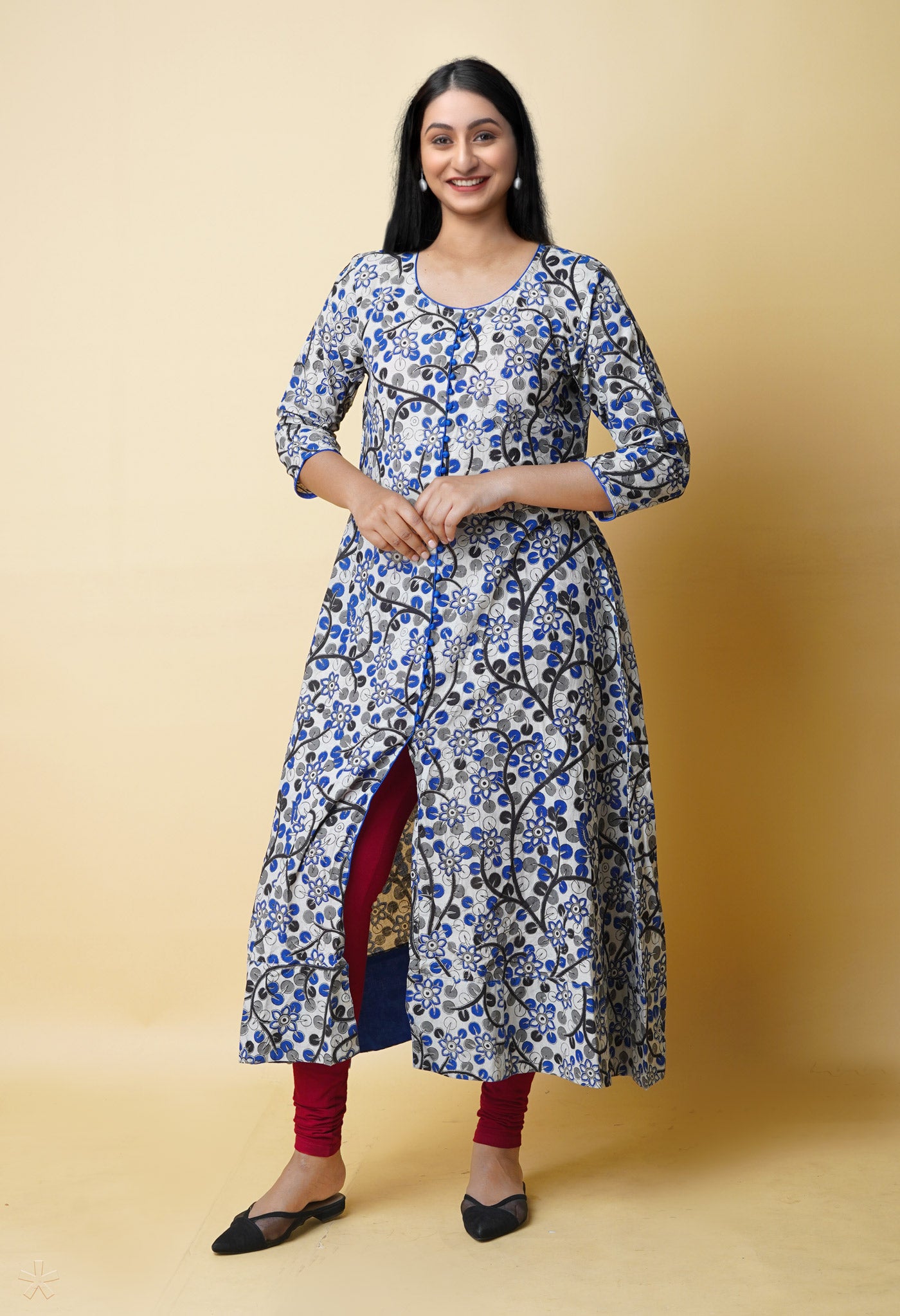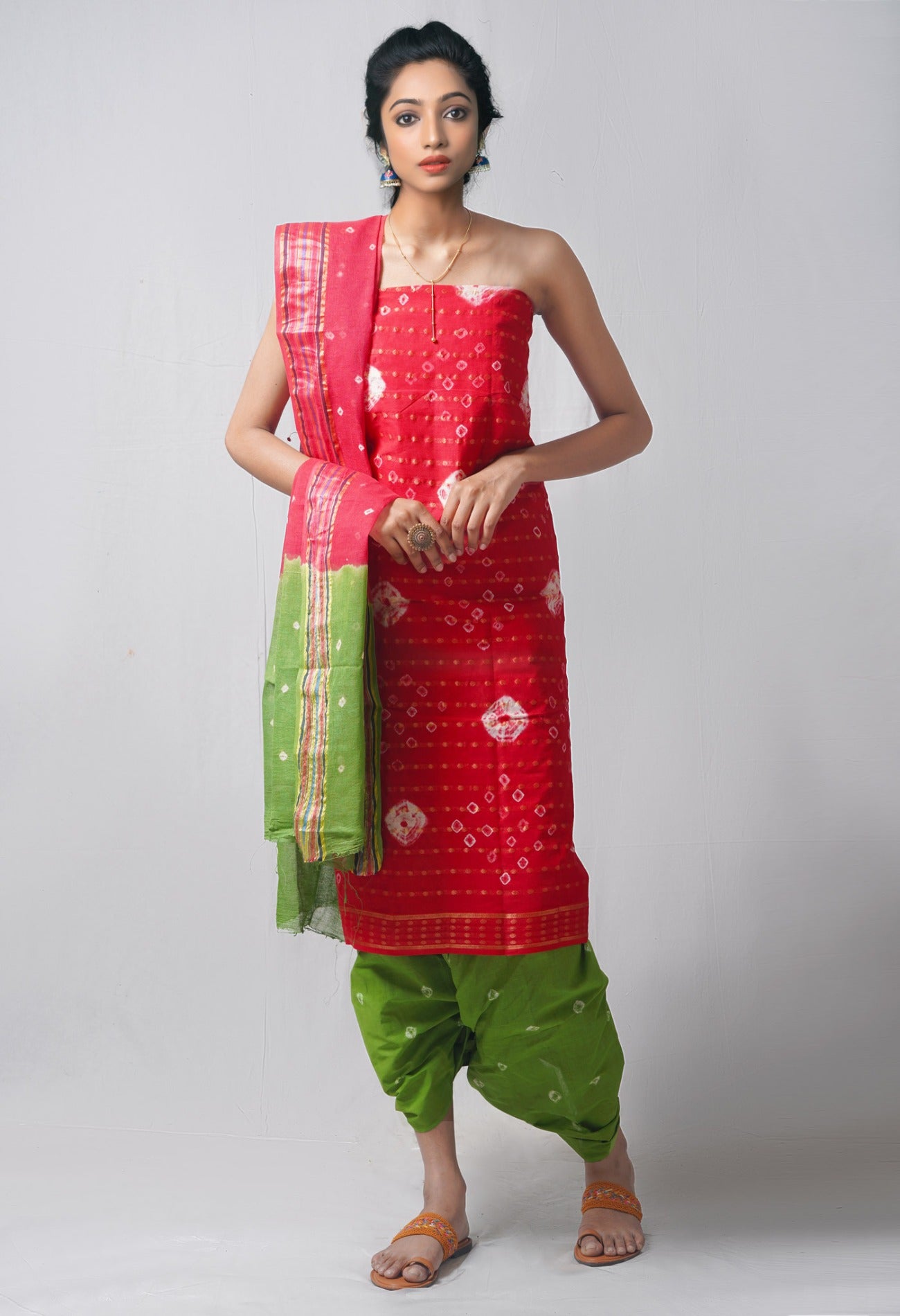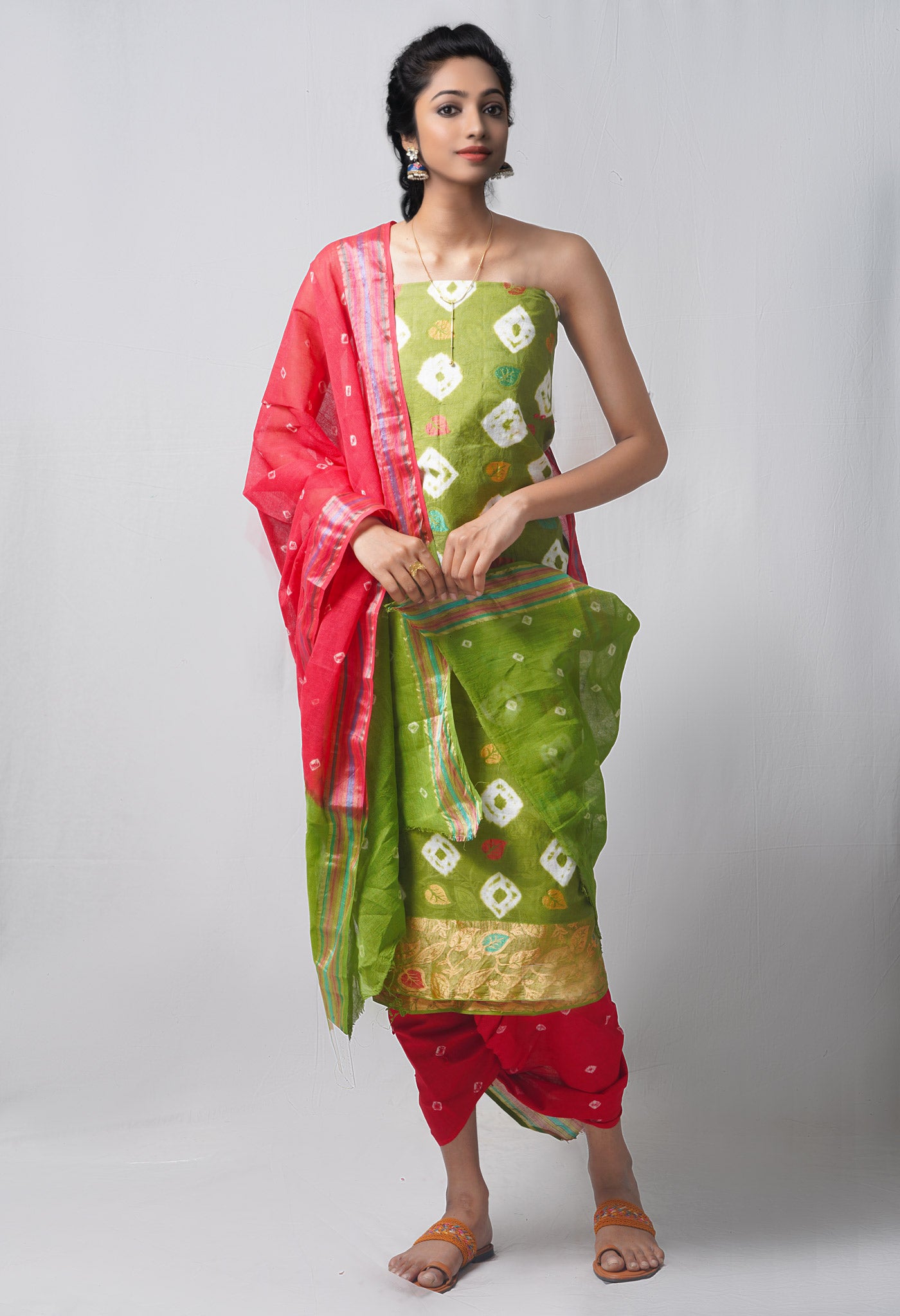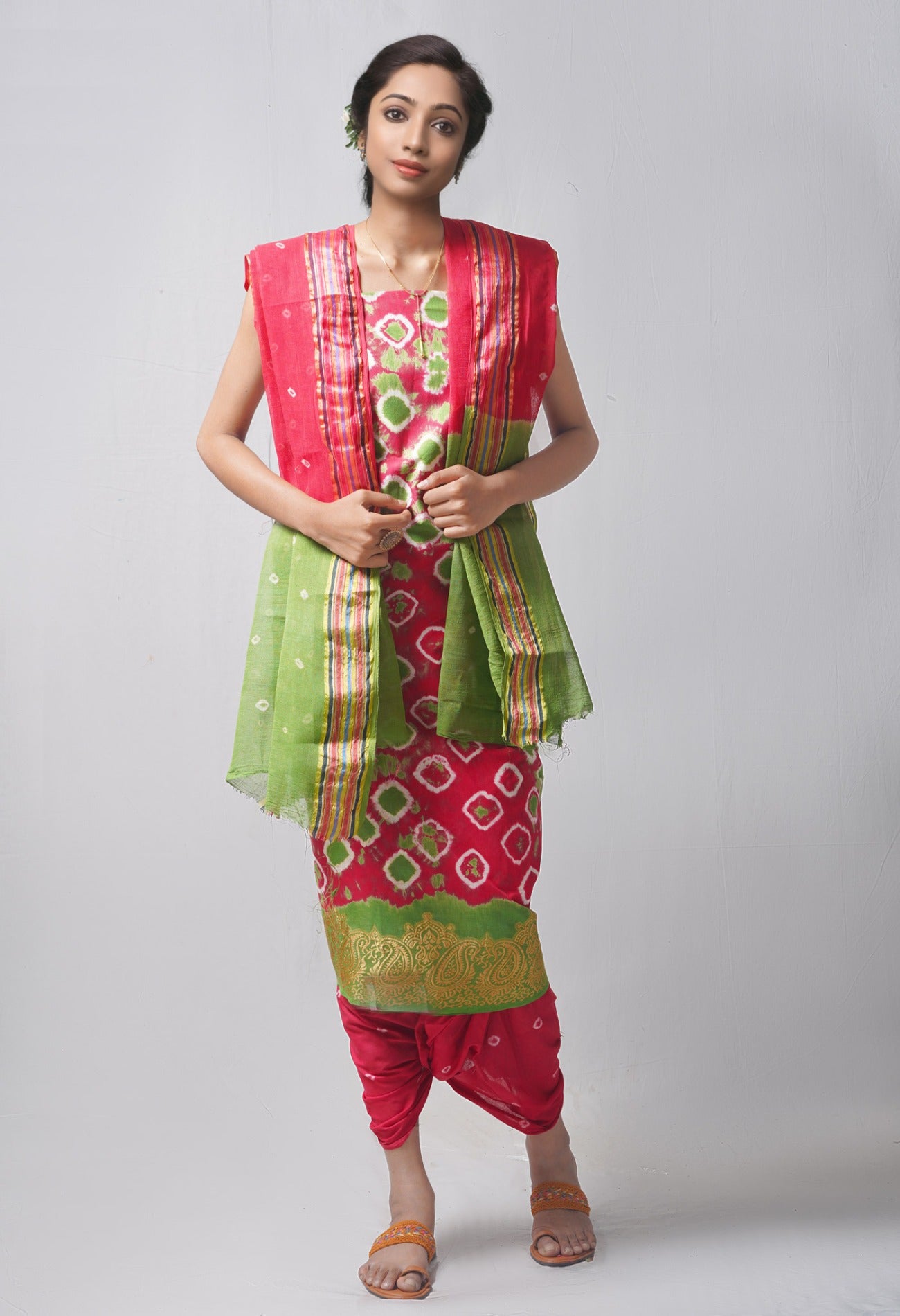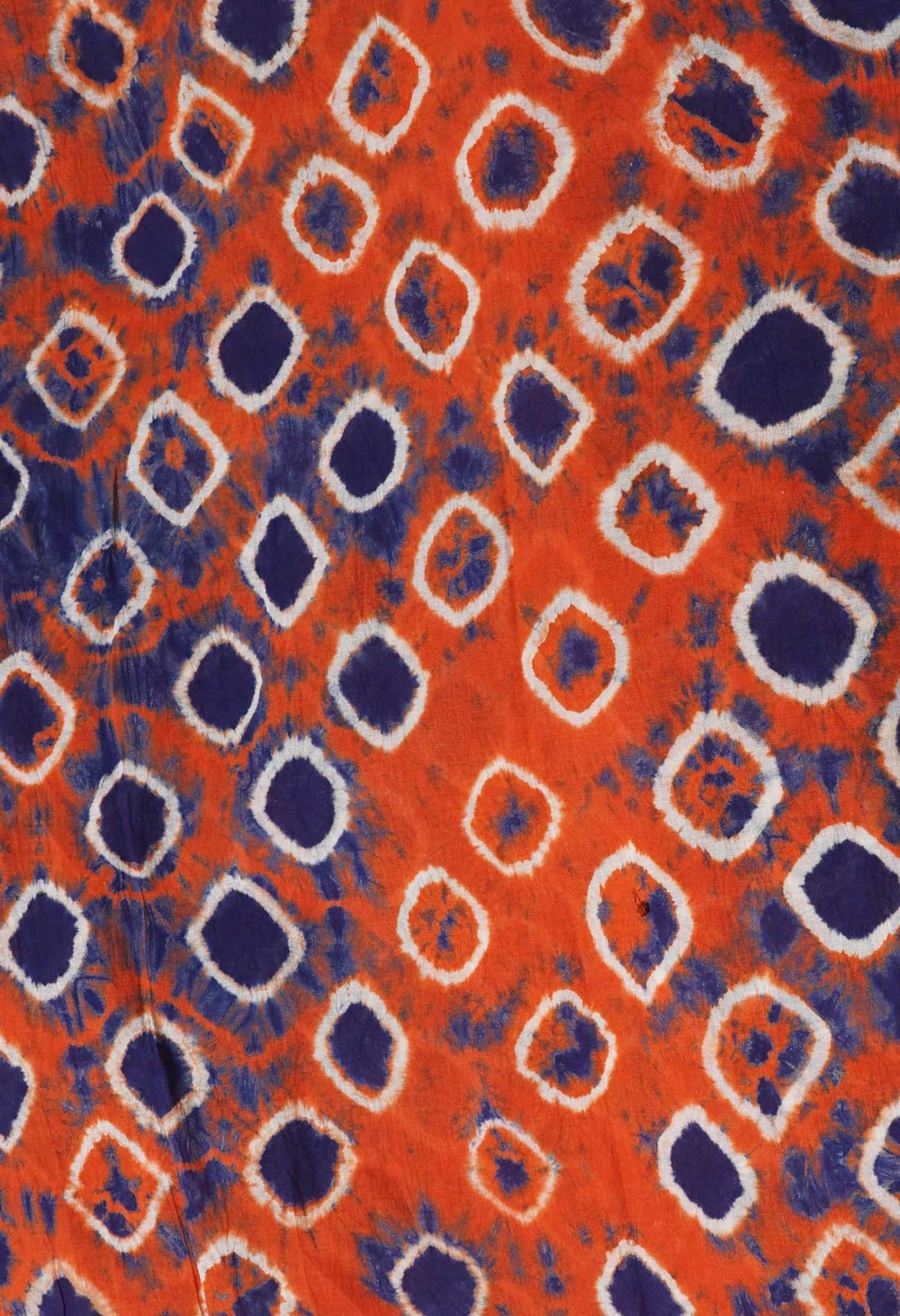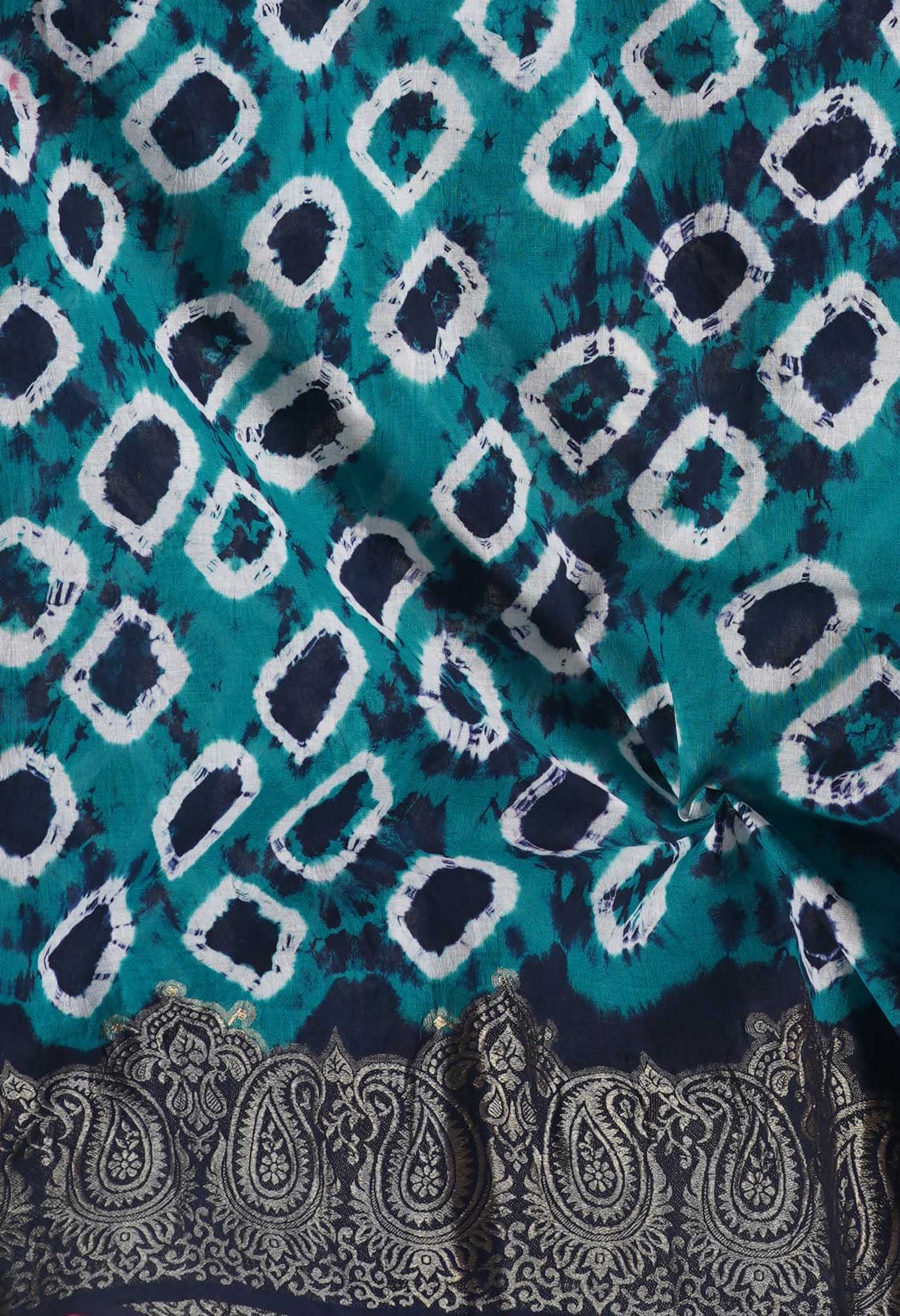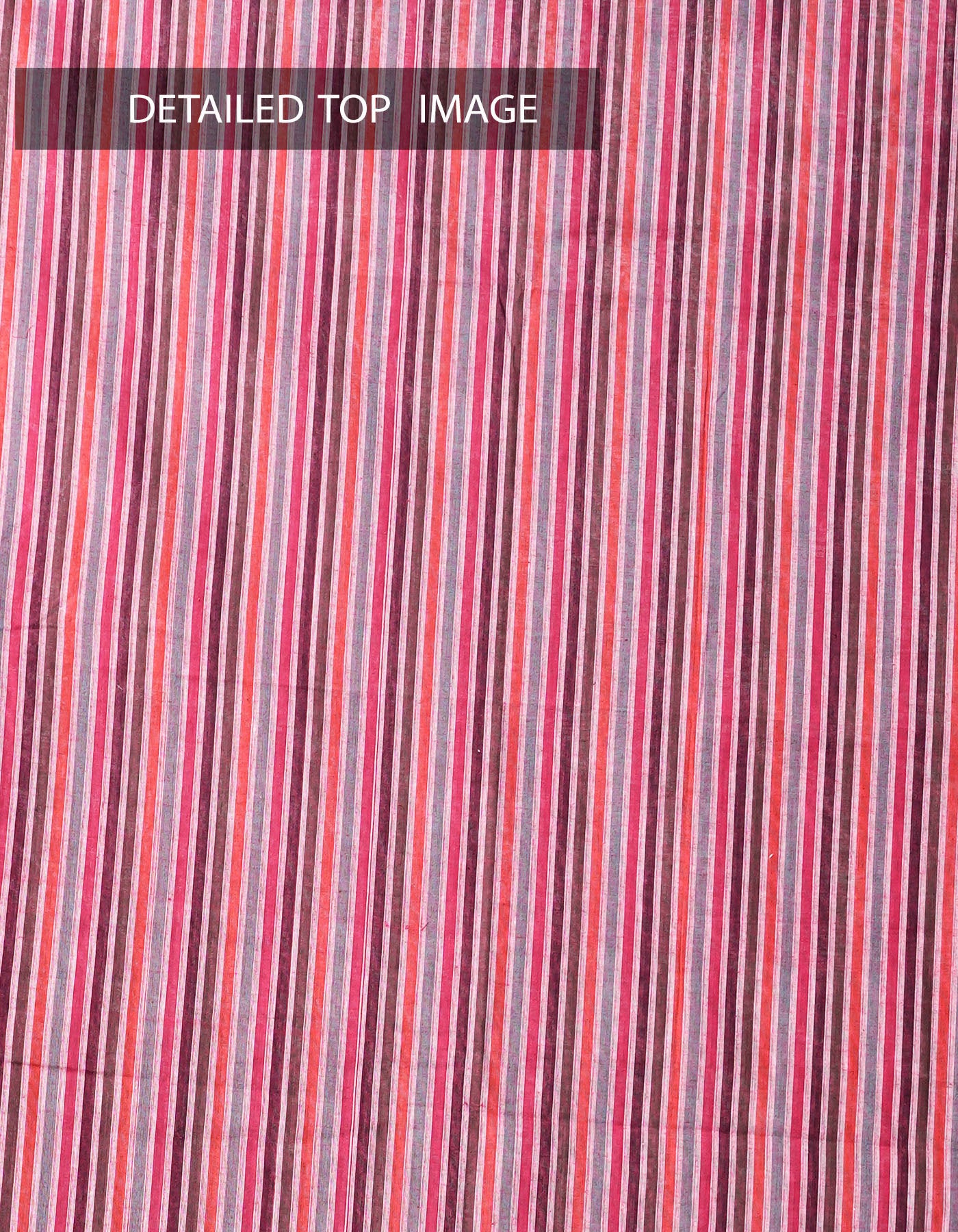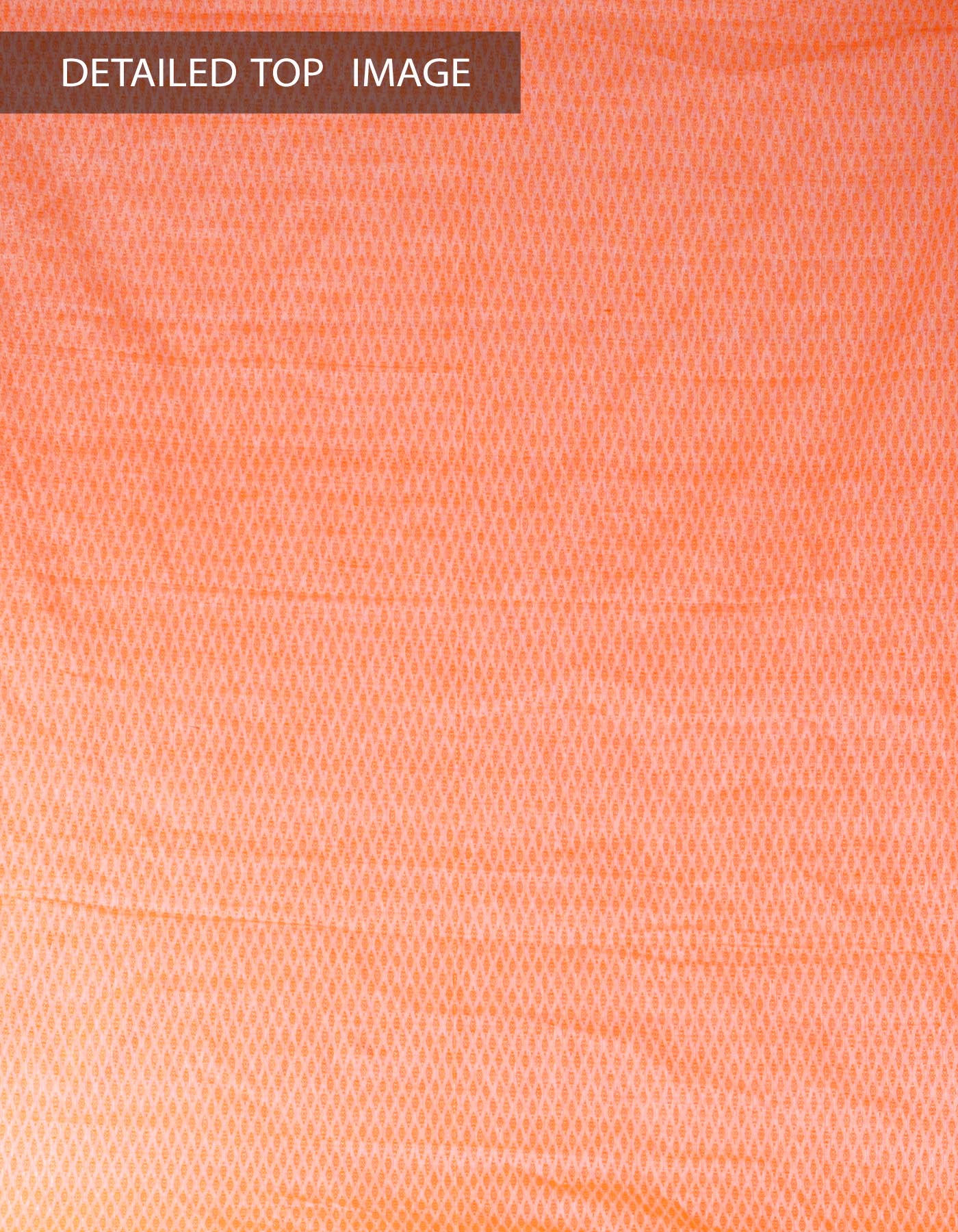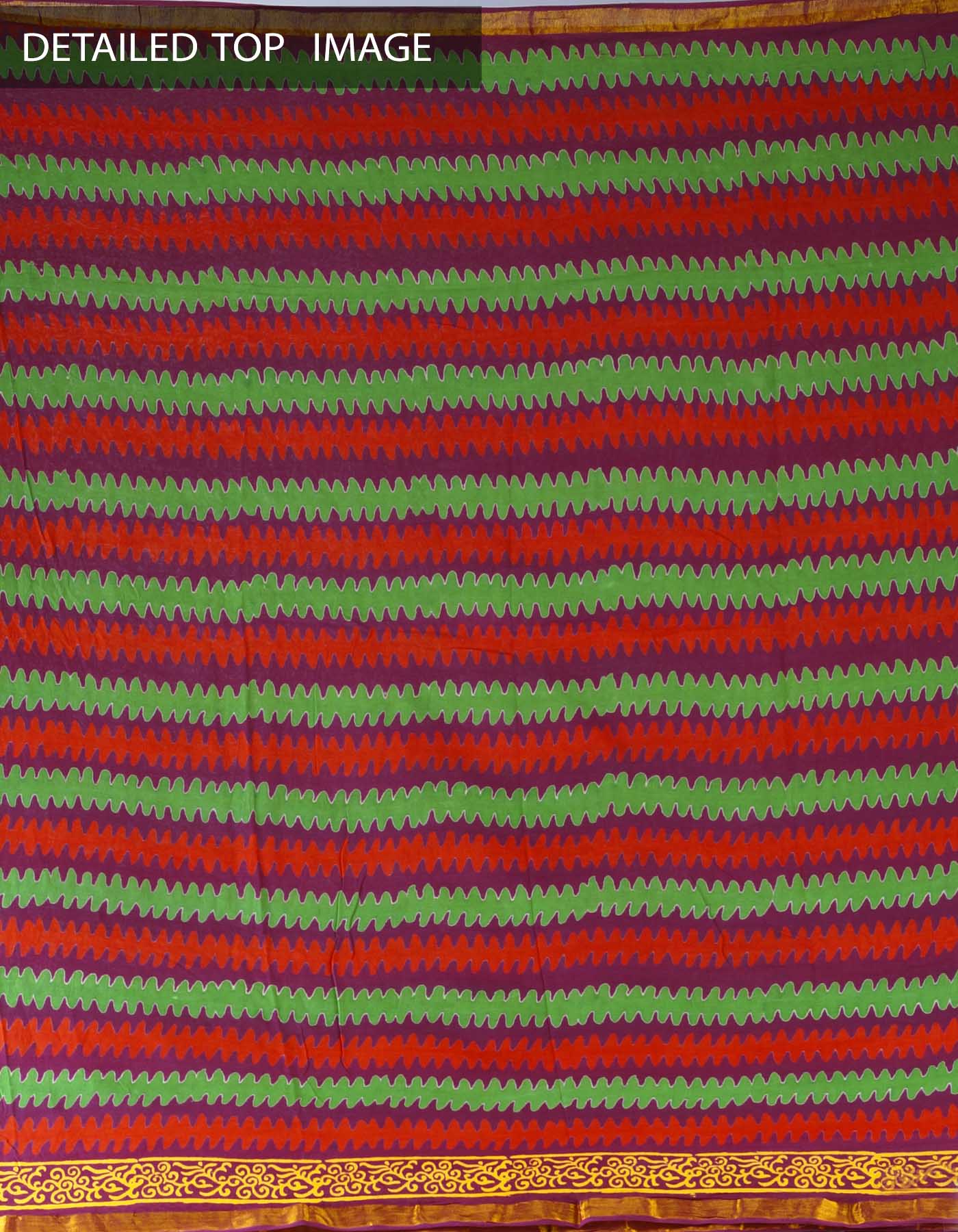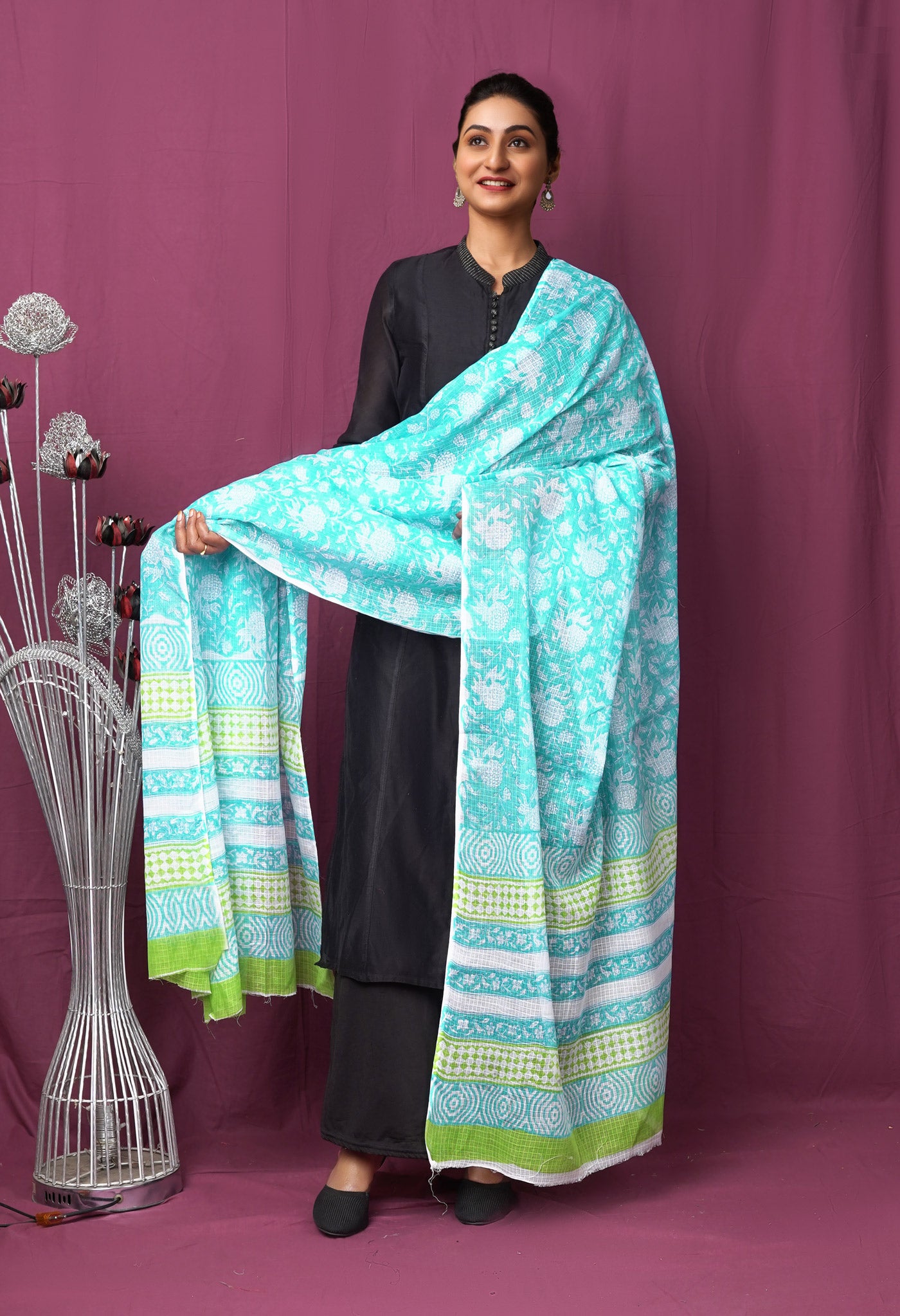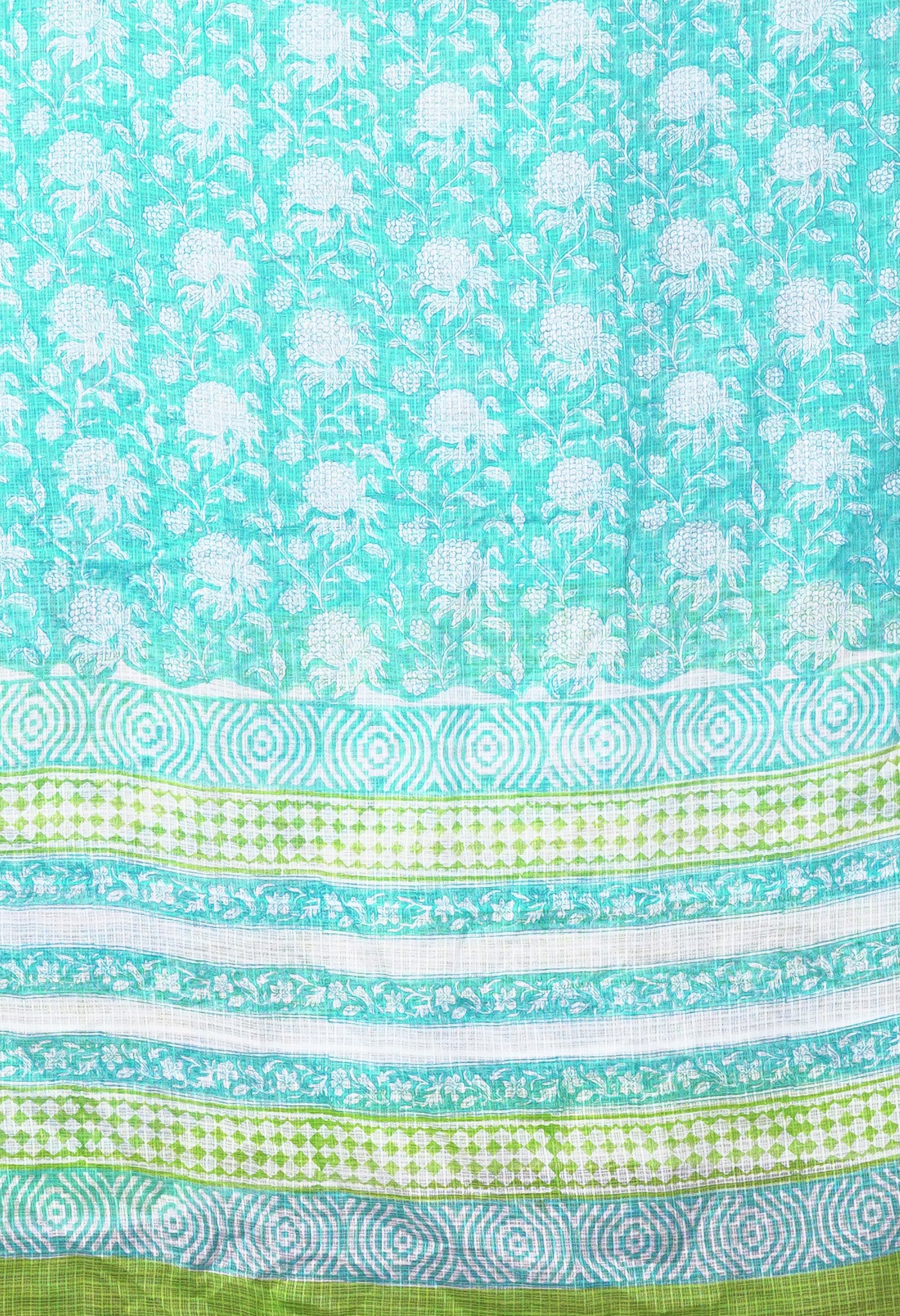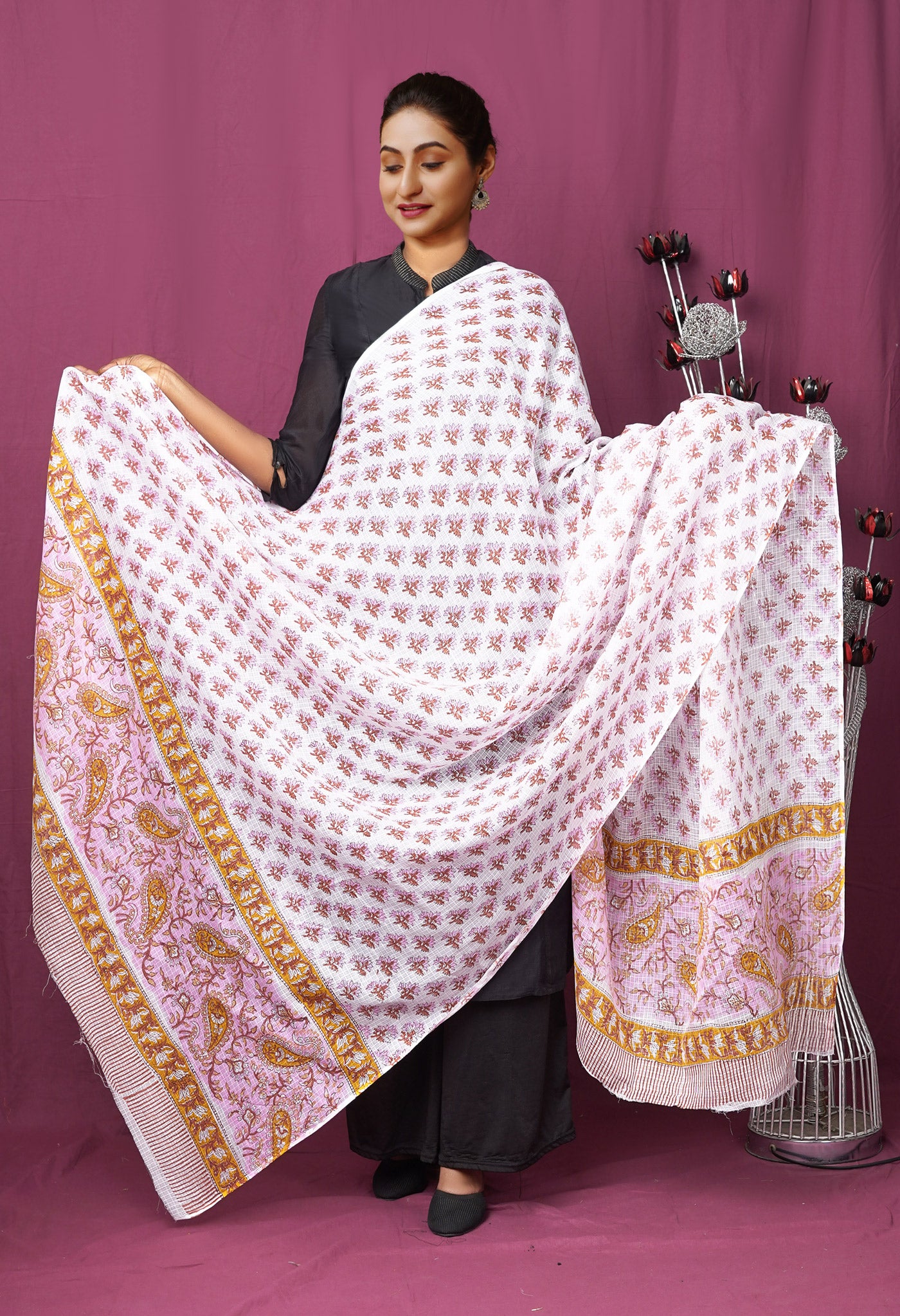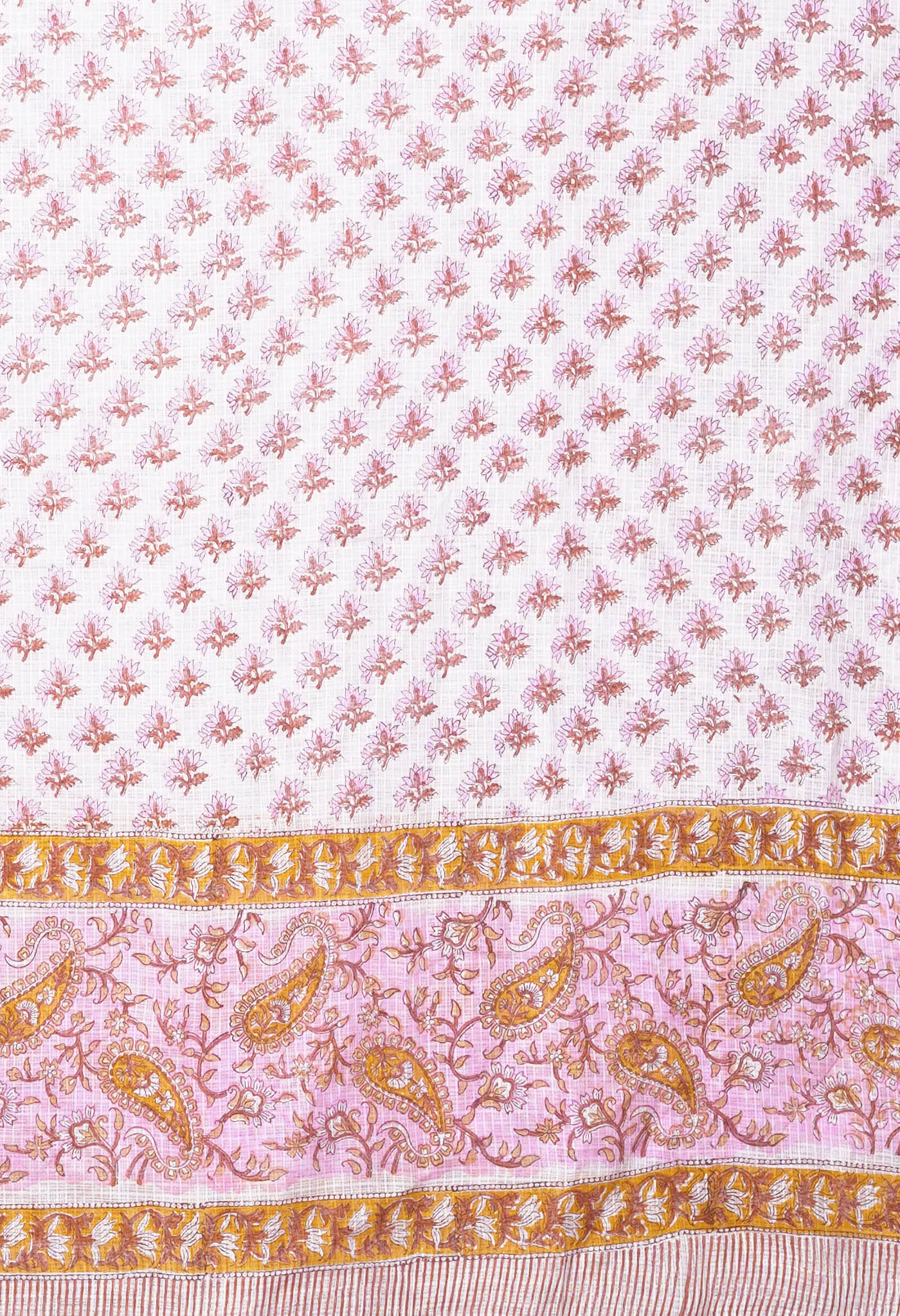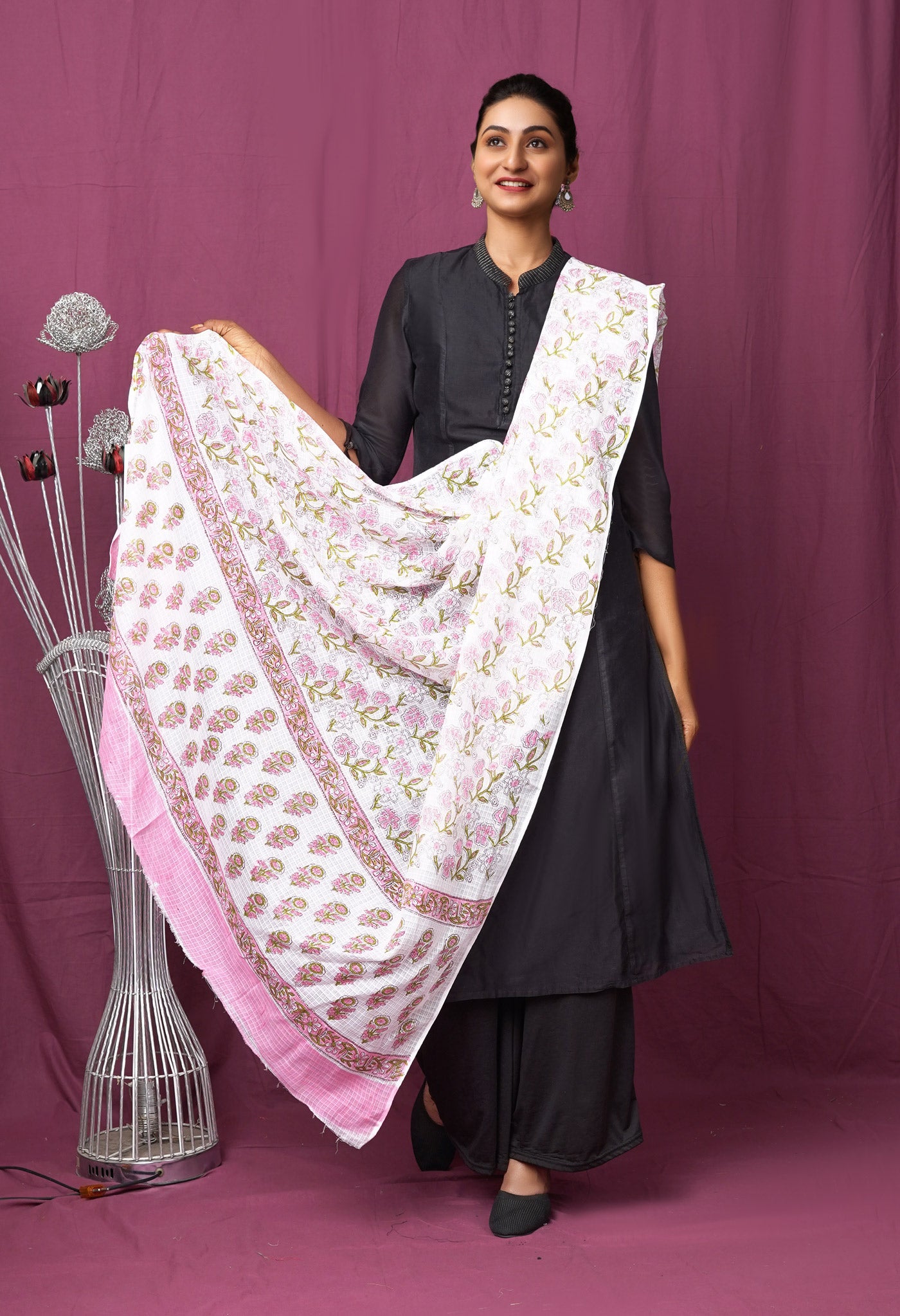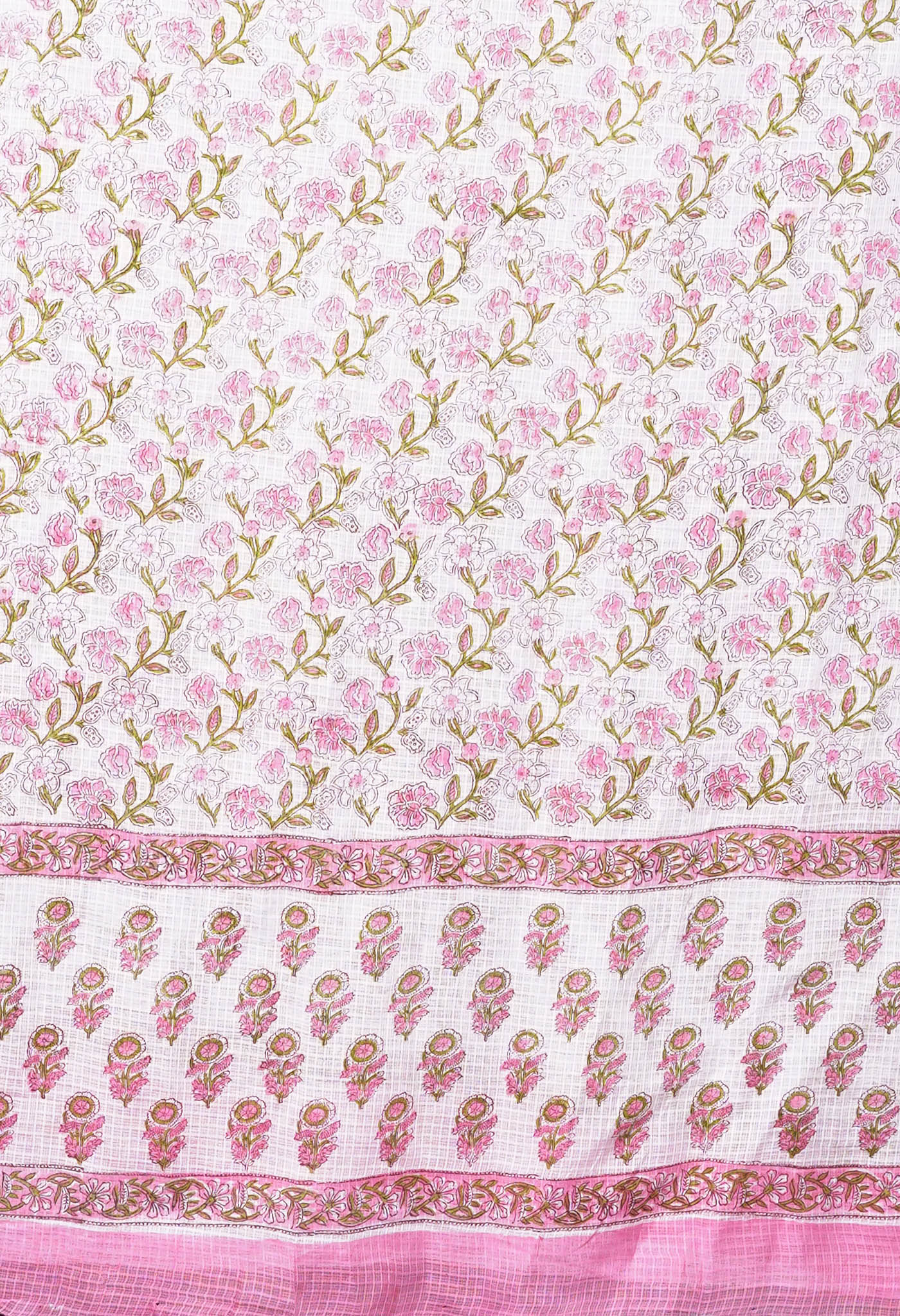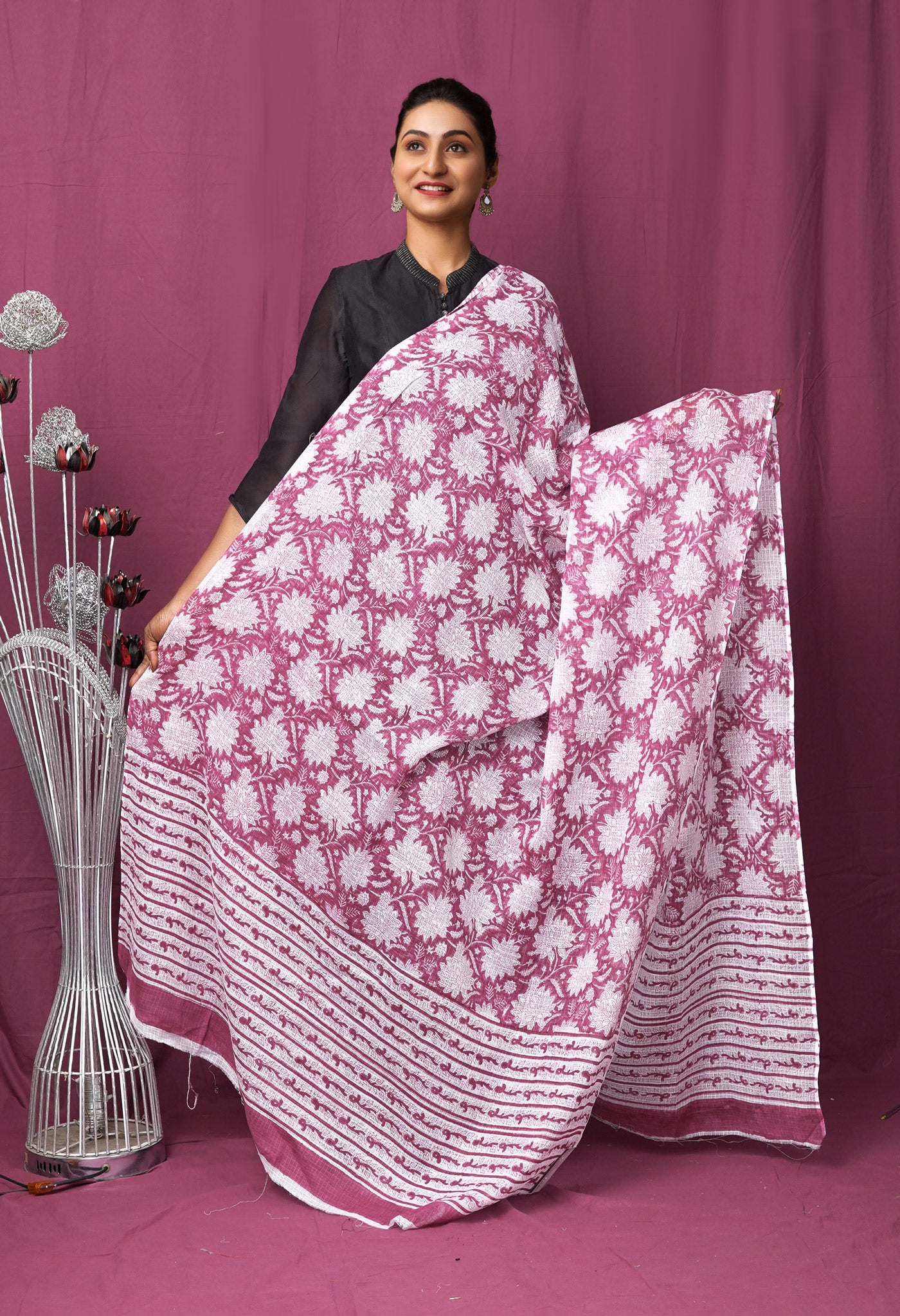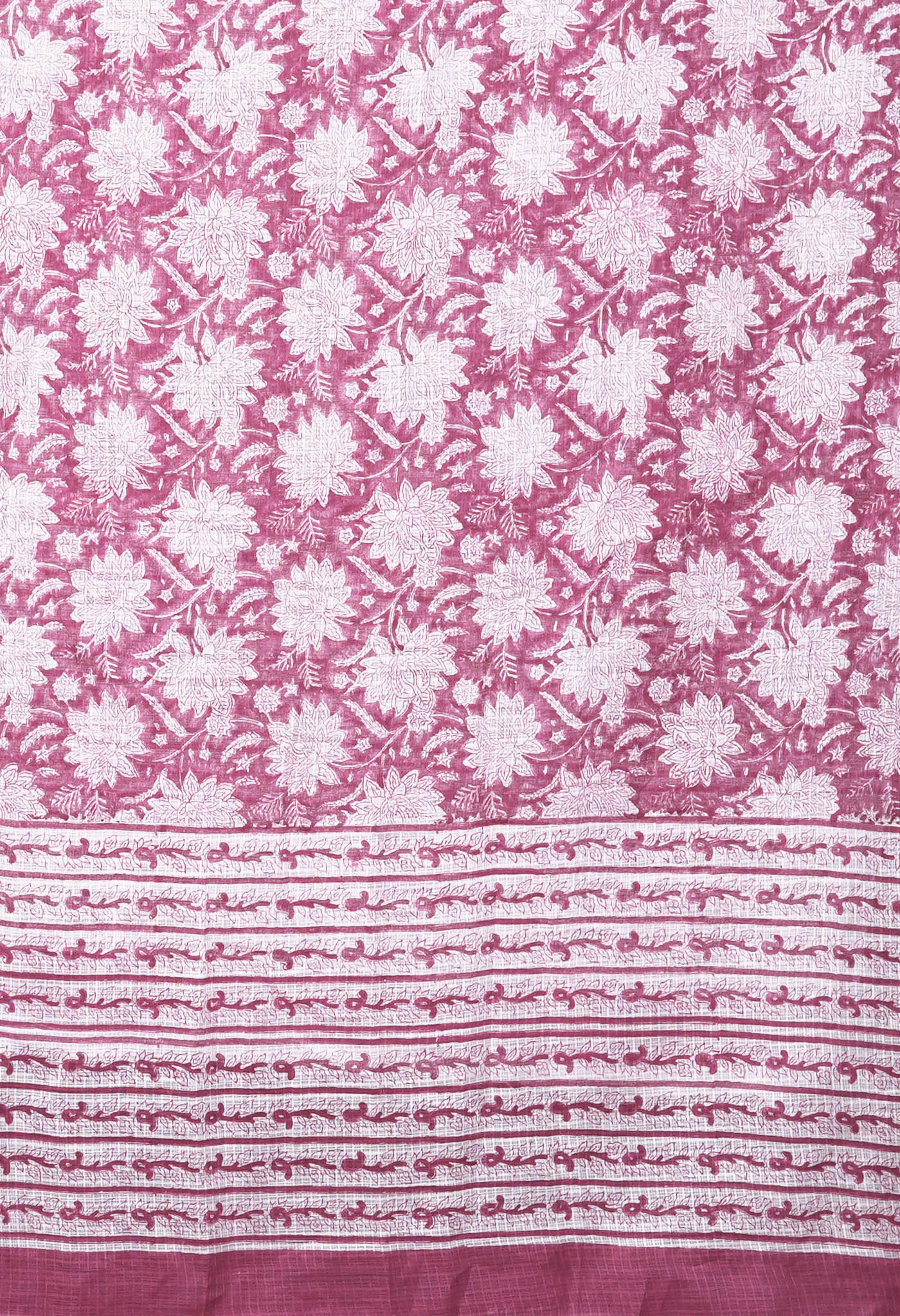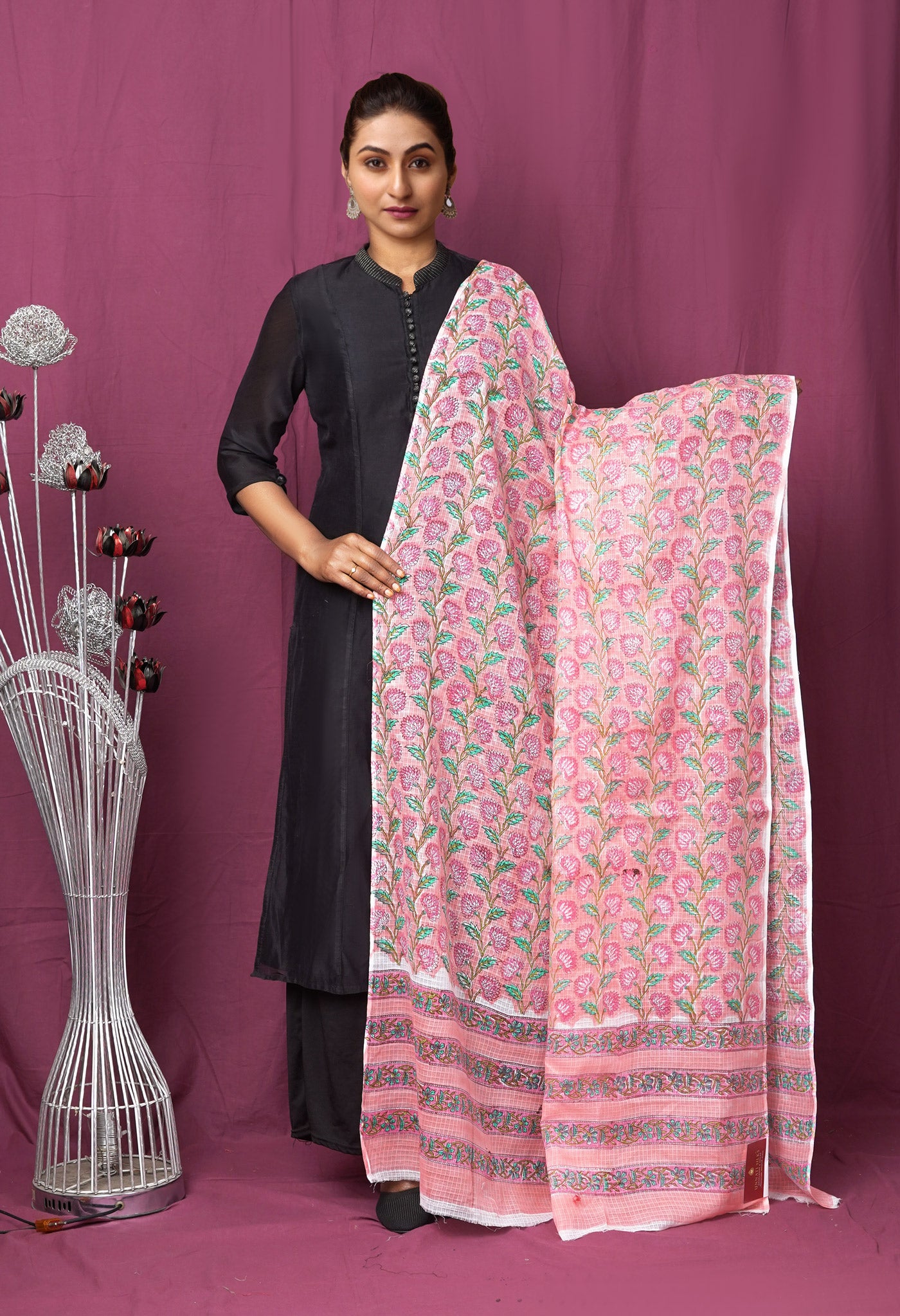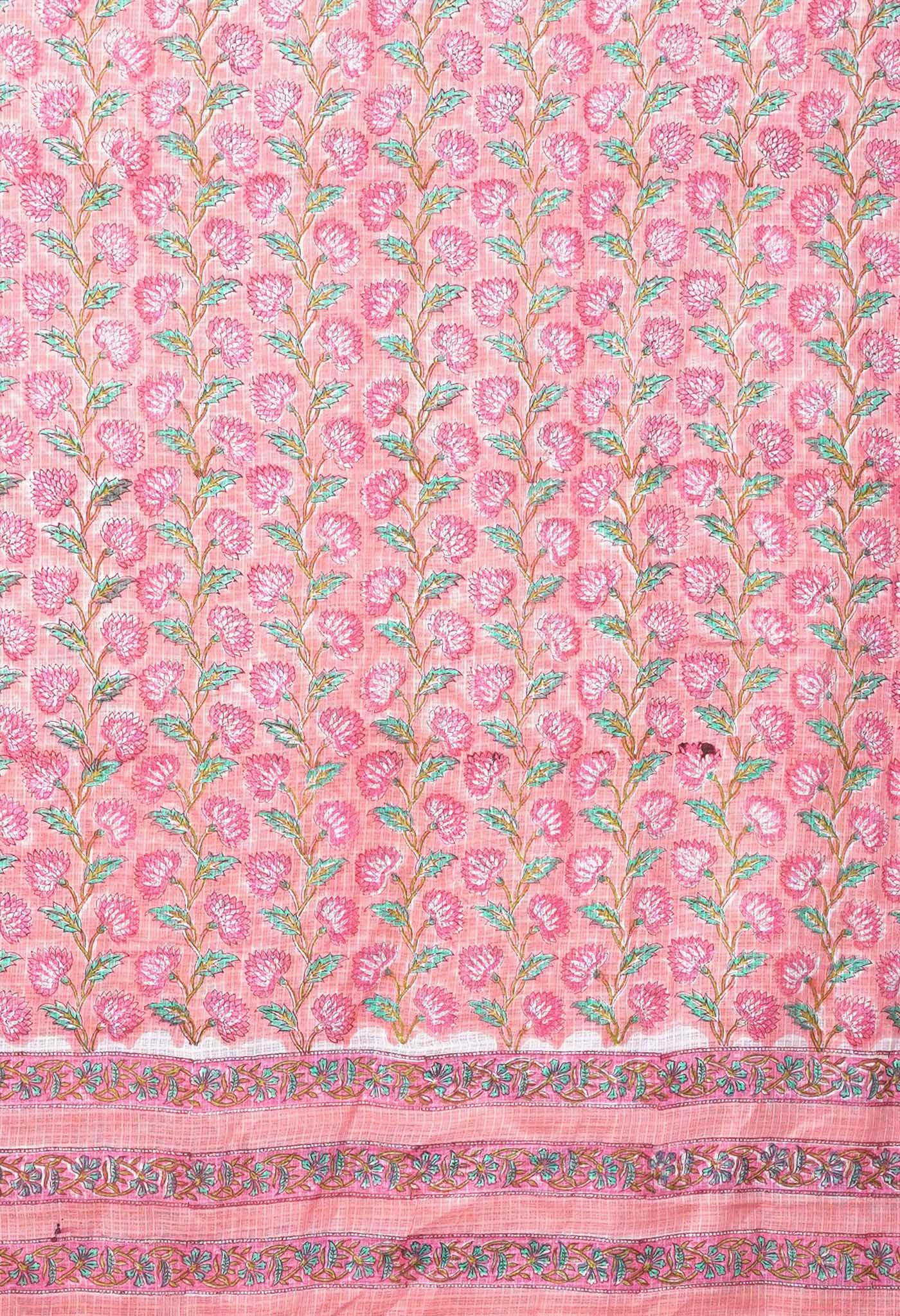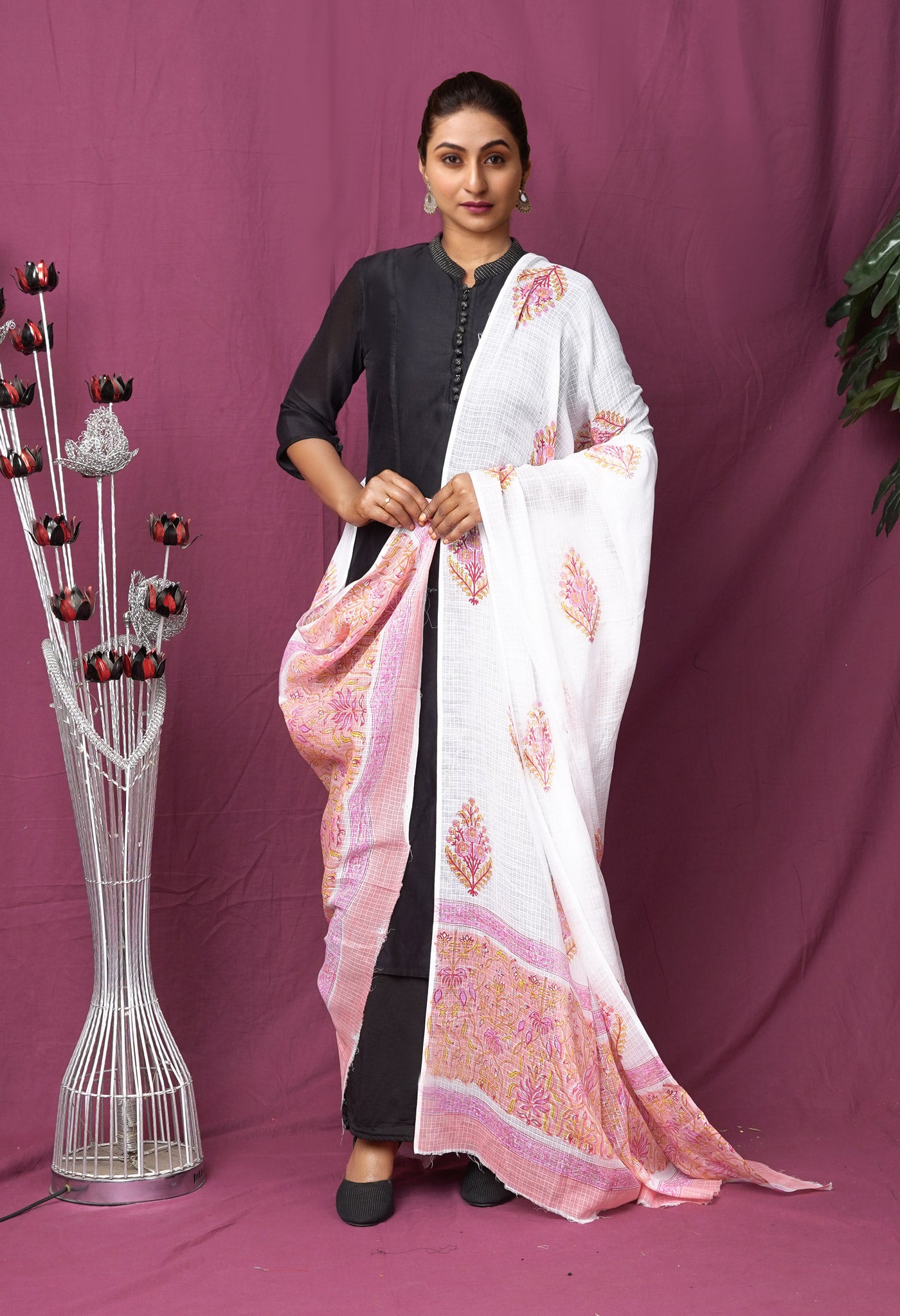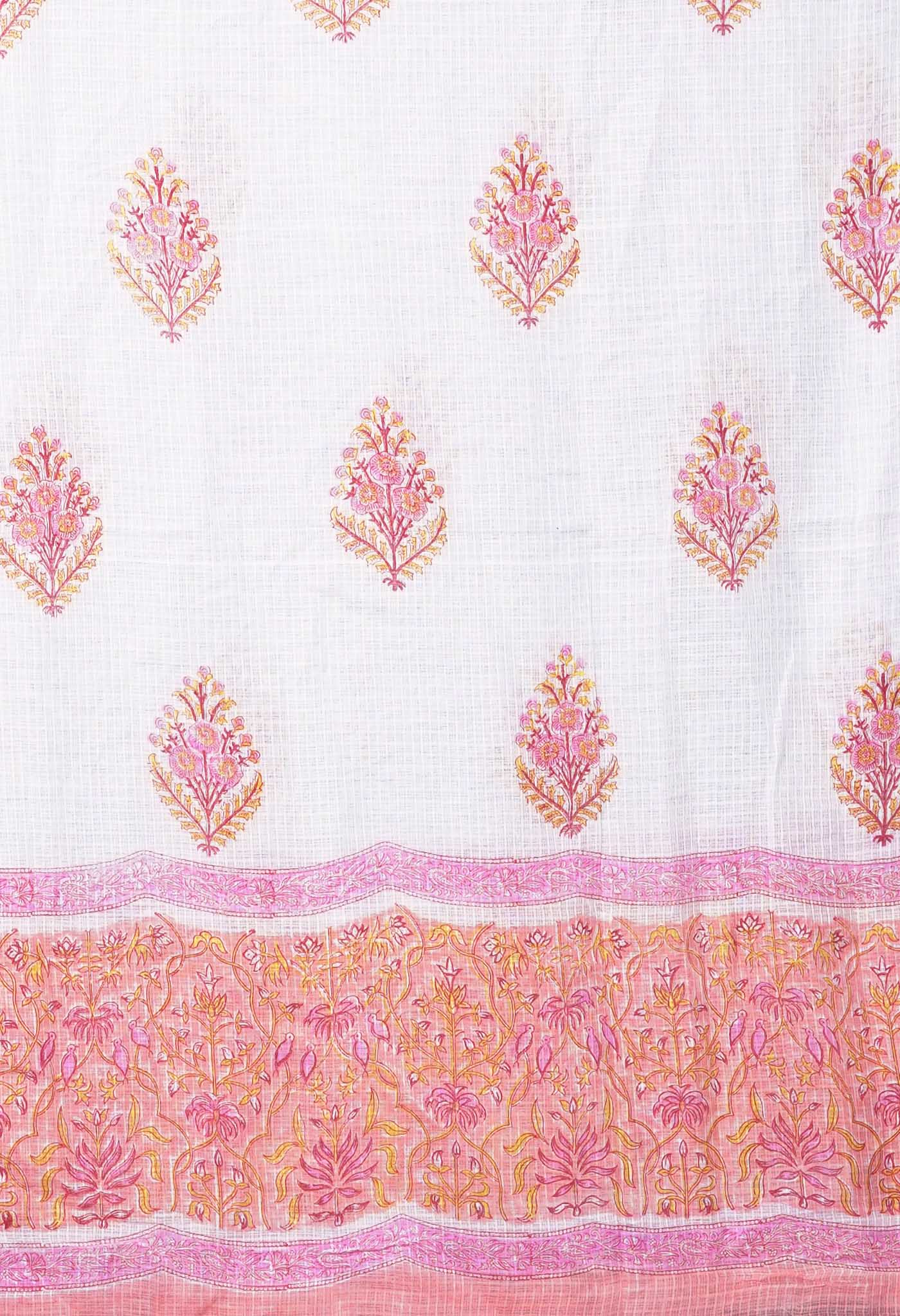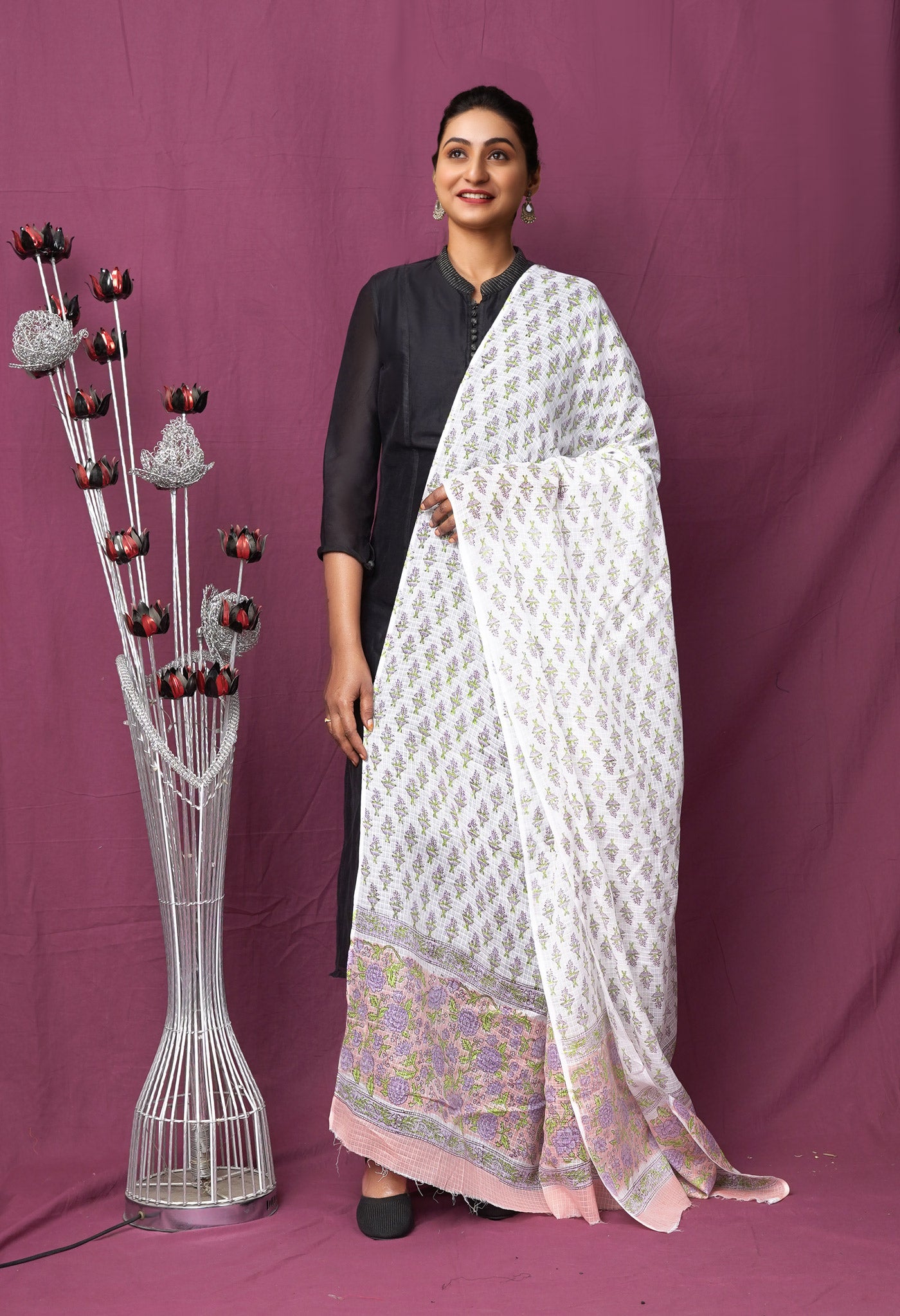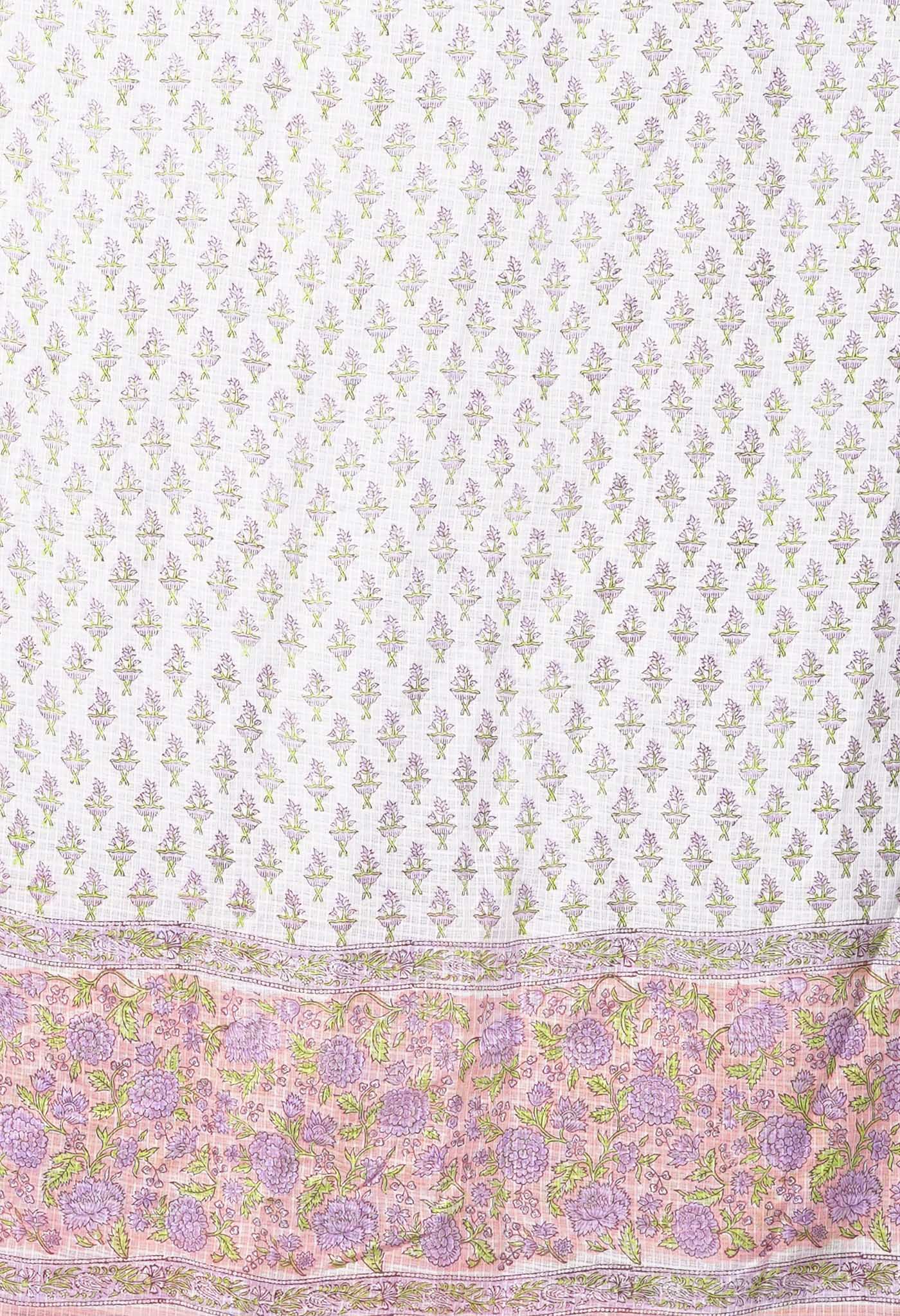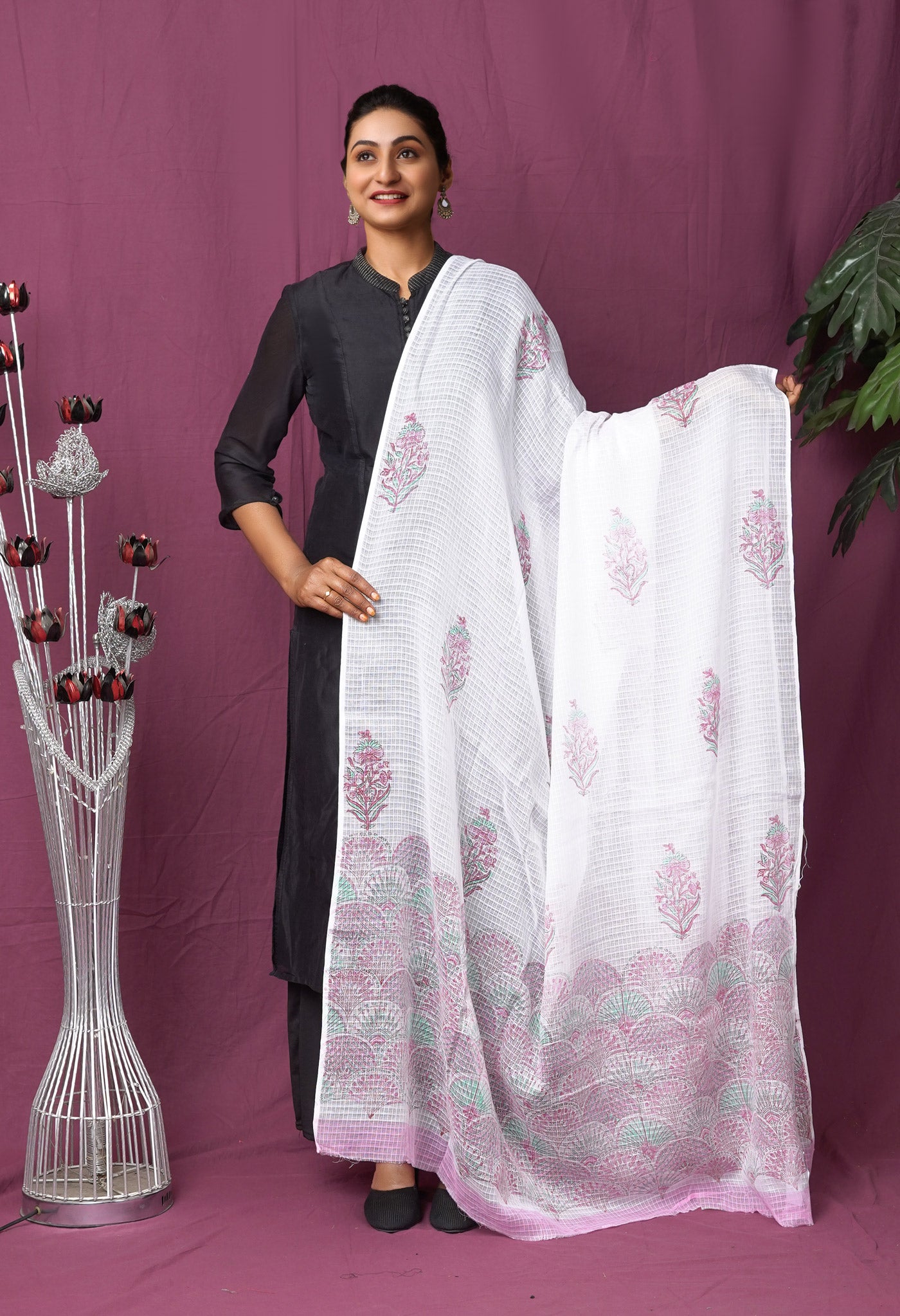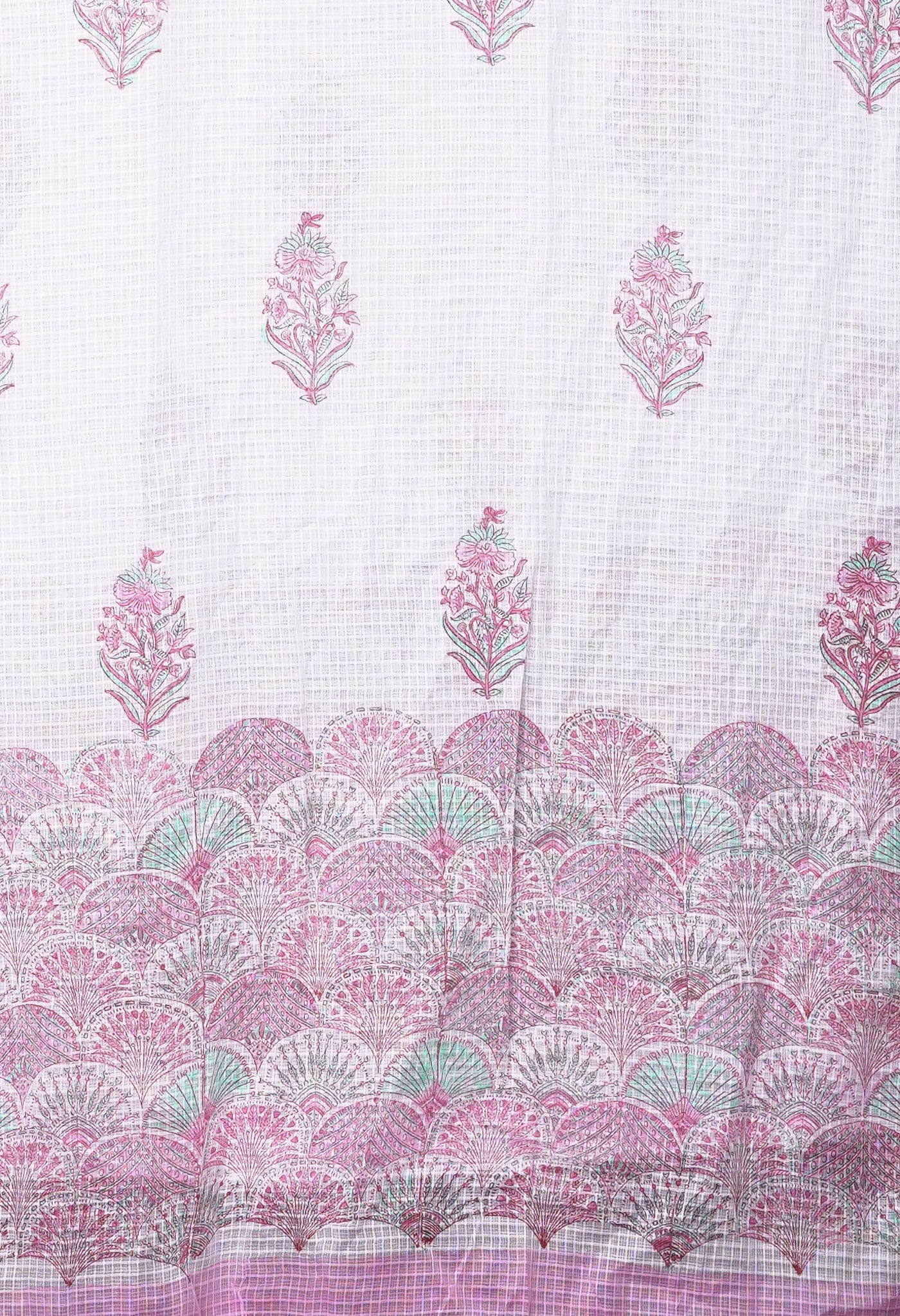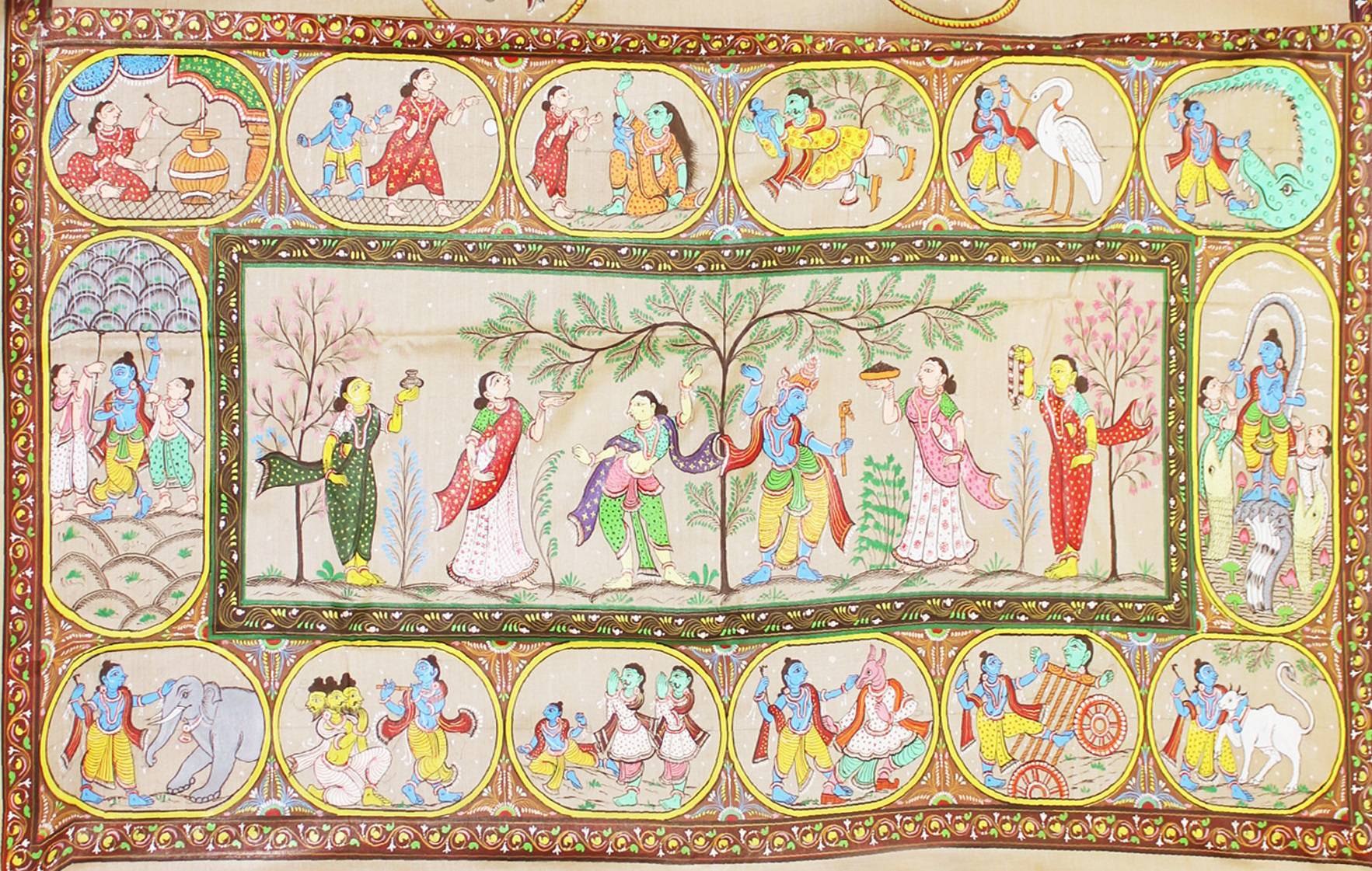
Patachitra uses Saree as canvas for epic tales
[vc_row][vc_column width="2/3"][vc_column_text]Patachitra or Pattachitra has its origin in Orissa, India. ‘Pata’ is cloth and ‘chitra’ means picture or painting in Sanskrit. Hence Pattachitra would come to mean painting on a cloth or canvas.
An old art form, it displays epics and religious themes in detailed narration on any broad canvas. The Indian saree with its ample spread offered sufficient scope for this painstakingly executed, unique ethnic offering that ‘wowed’ even the contemporary audience of today.
A traditional art dating from historical to ancient times, this Odisha craft of painting on any form of canvas has themes from Hindu mythology inspired especially by the Jagannatha and Vaishnava cult.
Rich in color, with extraordinary designs and motifs, the Pattachitra painting on the saree involves the narration of epic Indian stories in a simple and lucid manner.
Murals of religious venues centered around Puri Konark and Bhubaneshwar, themes from Gita Govinda by Jaydev, stories about Lord Jagannatha and the Radha Krishna saga, scenes from the epics Mahabharata and Ramayana, are all popular subjects for Pattachitra.
Individual gods and goddesses, folk tales and classical elements also figure now and then as themes for these sarees.
The Patachitra painted sarees that are available at Unnati Silks, as a style within its designer range, have certain marked features.
Lines are bold, very clean, angular and quite sharp. There is an absence of landscapes, perspectives, or intended views. The backdrop would have flowers and other floral representations to distinguish the figures that are drawn or represented in the foreground. There are decorative borders and a theme designed in the form of a narrative becomes evident.
There was a time when women used to prepare the materials, provide the initial background colours on the canvas and also give the final coating touches on these paintings while the men or ‘chitrakars’ as they were called, painted the main themes on them. Today painting on these sarees follows more or less the same pattern but with tasks interspersed and more divided.
It was and still is a family tradition where all members of a family are involved.
The area where the painting has to be made is prepared by coating a mixture of chalk and a special kind of gum. This gives a leathery finish to the surface on which the painting with vegetable and earth colours are done. Lines are drawn direct without any hint of tracing and then colours are filled in. This is then given some form of coating to provide the gloss.
Organic colours used in the Patachitra saree are primarily bright and with red, yellow, indigo, black and white given prominence. Application of colour is through the use of animal hairs reared domestically, bunched together and tied to a bamboo stick. It is indeed a marvel that despite the crudity of the tool, the outcome is so detailed.
Despite the time consumed and the effort being tremendous the devotion and dedication of these ethnic craftsmen remains intact even today. Small wonder then if the exquisite and flawless Patachitra creations enjoy the attention of an appreciative market.[/vc_column_text][/vc_column][vc_column width="1/3"][vc_gallery type="nivo" interval="15" images="4485,4482,4486,4483,4487,4484,4488" onclick="link_image" custom_links_target="_self" img_size="medium"][vc_cta_button call_text="Shop from the Exclusive Range of Handpainted Patachitra Sarees by Unnati. Its a Rare and Unique Collection" title="Shop Now" target="_blank" color="btn-danger" icon="none" size="wpb_regularsize" position="cta_align_bottom" href="https://www.unnatisilks.com/blog/wp-content/uploads/2014/02/patachitra-saris-shop.html"][/vc_column][/vc_row][vc_row][vc_column width="1/1"][vc_video link="http://www.youtube.com/watch?v=gCq5dXfKV2s"][/vc_column][/vc_row]
An old art form, it displays epics and religious themes in detailed narration on any broad canvas. The Indian saree with its ample spread offered sufficient scope for this painstakingly executed, unique ethnic offering that ‘wowed’ even the contemporary audience of today.
A traditional art dating from historical to ancient times, this Odisha craft of painting on any form of canvas has themes from Hindu mythology inspired especially by the Jagannatha and Vaishnava cult.
Rich in color, with extraordinary designs and motifs, the Pattachitra painting on the saree involves the narration of epic Indian stories in a simple and lucid manner.
Murals of religious venues centered around Puri Konark and Bhubaneshwar, themes from Gita Govinda by Jaydev, stories about Lord Jagannatha and the Radha Krishna saga, scenes from the epics Mahabharata and Ramayana, are all popular subjects for Pattachitra.
Individual gods and goddesses, folk tales and classical elements also figure now and then as themes for these sarees.
The Patachitra painted sarees that are available at Unnati Silks, as a style within its designer range, have certain marked features.
Lines are bold, very clean, angular and quite sharp. There is an absence of landscapes, perspectives, or intended views. The backdrop would have flowers and other floral representations to distinguish the figures that are drawn or represented in the foreground. There are decorative borders and a theme designed in the form of a narrative becomes evident.
Unnati creations do not dilute traditional style in a weave. There is only additional adornment incorporated to market tastes that comes off beautifully. This confidence comes from close association and working with master weavers and craftsmen of different traditional styles across India since three decades.
There was a time when women used to prepare the materials, provide the initial background colours on the canvas and also give the final coating touches on these paintings while the men or ‘chitrakars’ as they were called, painted the main themes on them. Today painting on these sarees follows more or less the same pattern but with tasks interspersed and more divided.
It was and still is a family tradition where all members of a family are involved.
The area where the painting has to be made is prepared by coating a mixture of chalk and a special kind of gum. This gives a leathery finish to the surface on which the painting with vegetable and earth colours are done. Lines are drawn direct without any hint of tracing and then colours are filled in. This is then given some form of coating to provide the gloss.
Organic colours used in the Patachitra saree are primarily bright and with red, yellow, indigo, black and white given prominence. Application of colour is through the use of animal hairs reared domestically, bunched together and tied to a bamboo stick. It is indeed a marvel that despite the crudity of the tool, the outcome is so detailed.
Despite the time consumed and the effort being tremendous the devotion and dedication of these ethnic craftsmen remains intact even today. Small wonder then if the exquisite and flawless Patachitra creations enjoy the attention of an appreciative market.[/vc_column_text][/vc_column][vc_column width="1/3"][vc_gallery type="nivo" interval="15" images="4485,4482,4486,4483,4487,4484,4488" onclick="link_image" custom_links_target="_self" img_size="medium"][vc_cta_button call_text="Shop from the Exclusive Range of Handpainted Patachitra Sarees by Unnati. Its a Rare and Unique Collection" title="Shop Now" target="_blank" color="btn-danger" icon="none" size="wpb_regularsize" position="cta_align_bottom" href="https://www.unnatisilks.com/blog/wp-content/uploads/2014/02/patachitra-saris-shop.html"][/vc_column][/vc_row][vc_row][vc_column width="1/1"][vc_video link="http://www.youtube.com/watch?v=gCq5dXfKV2s"][/vc_column][/vc_row]

